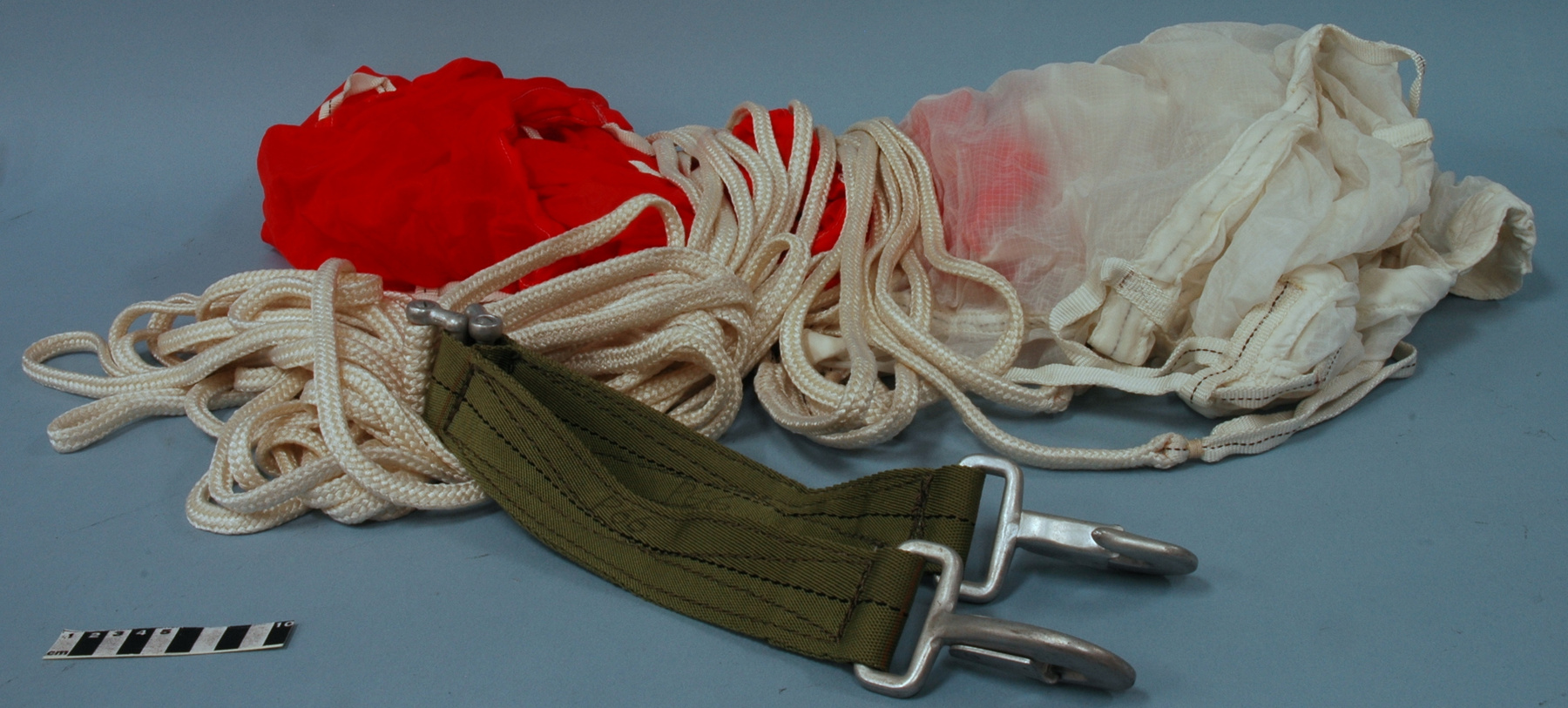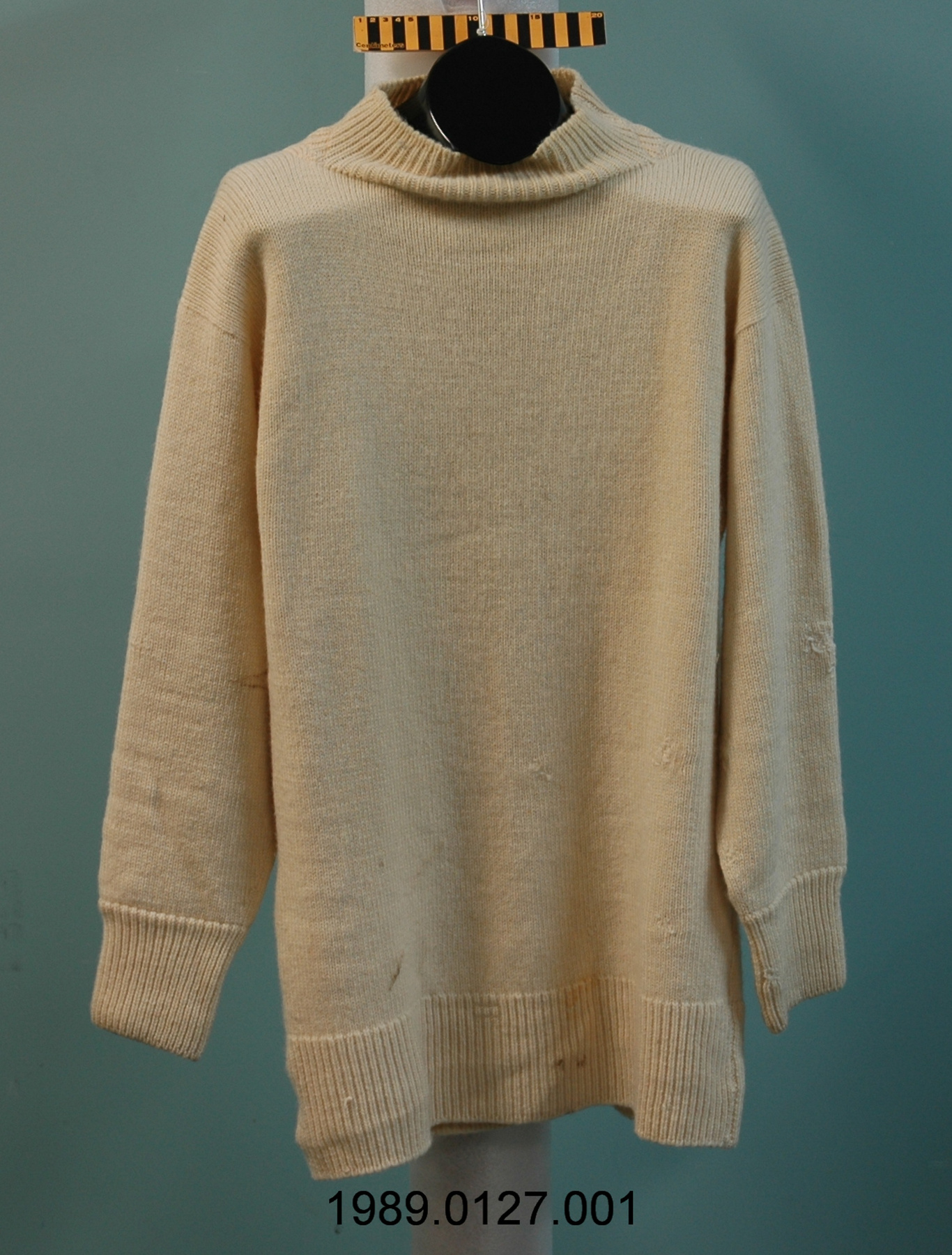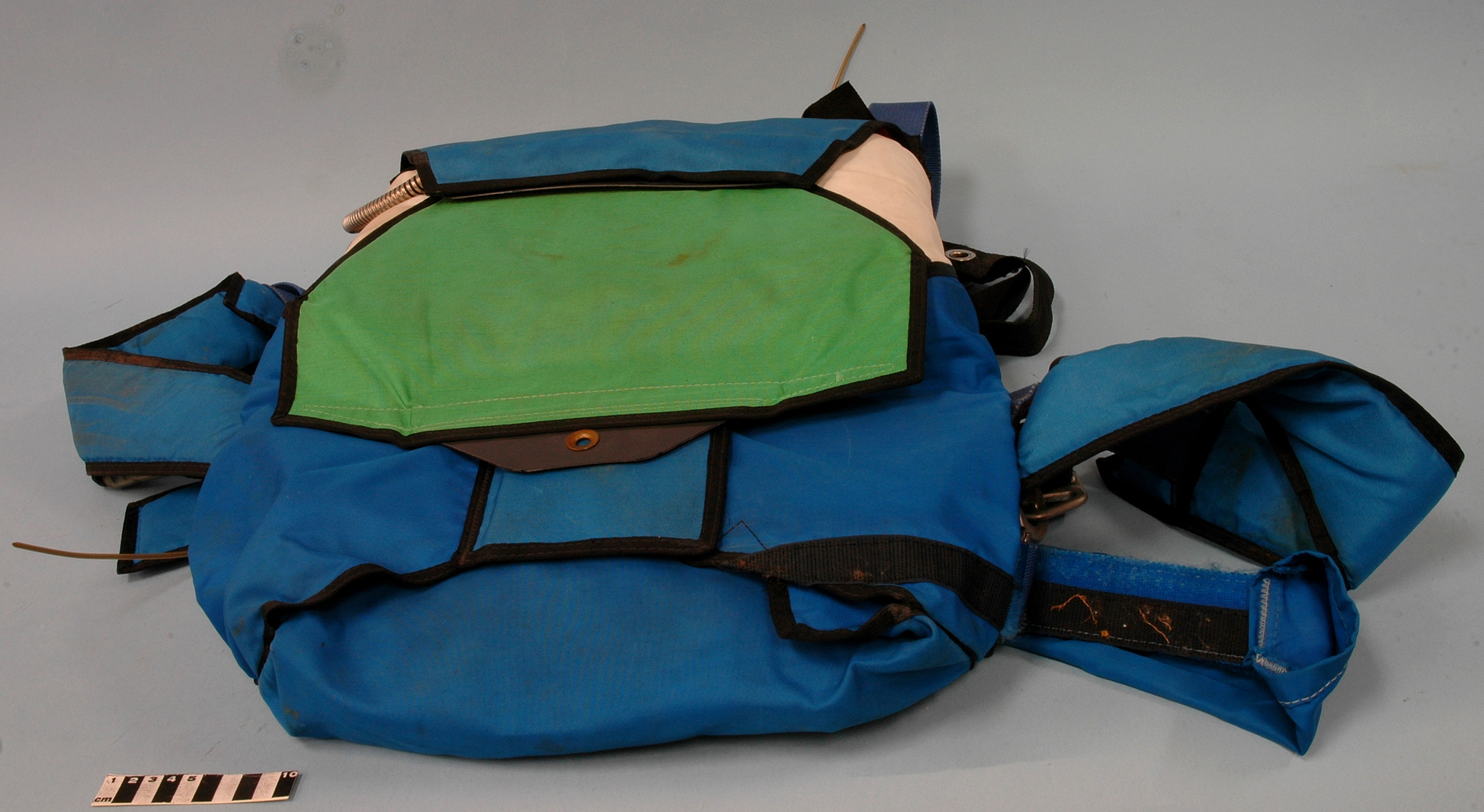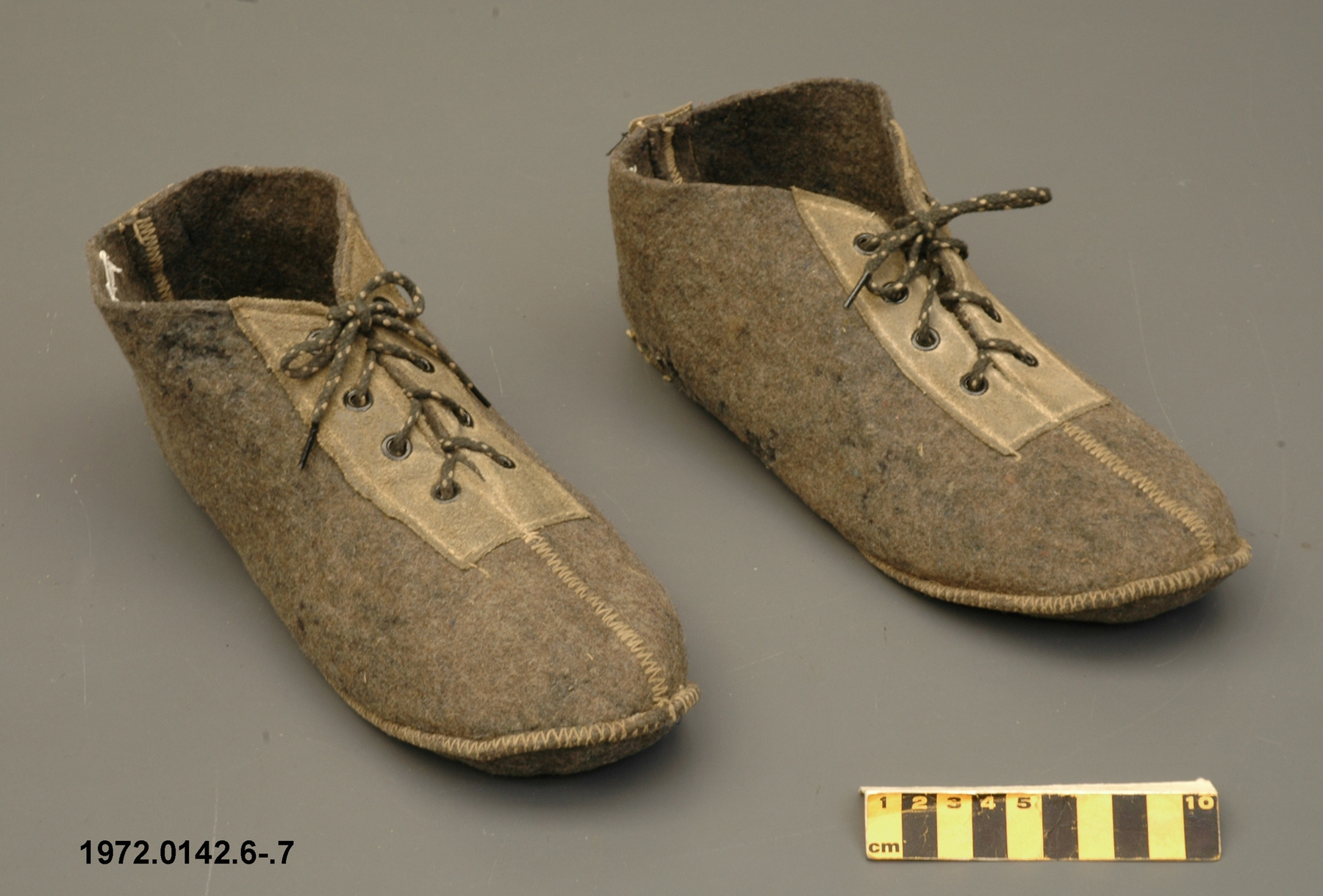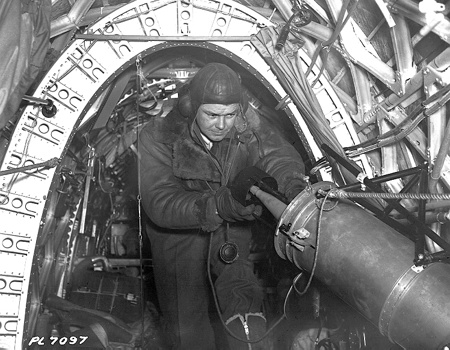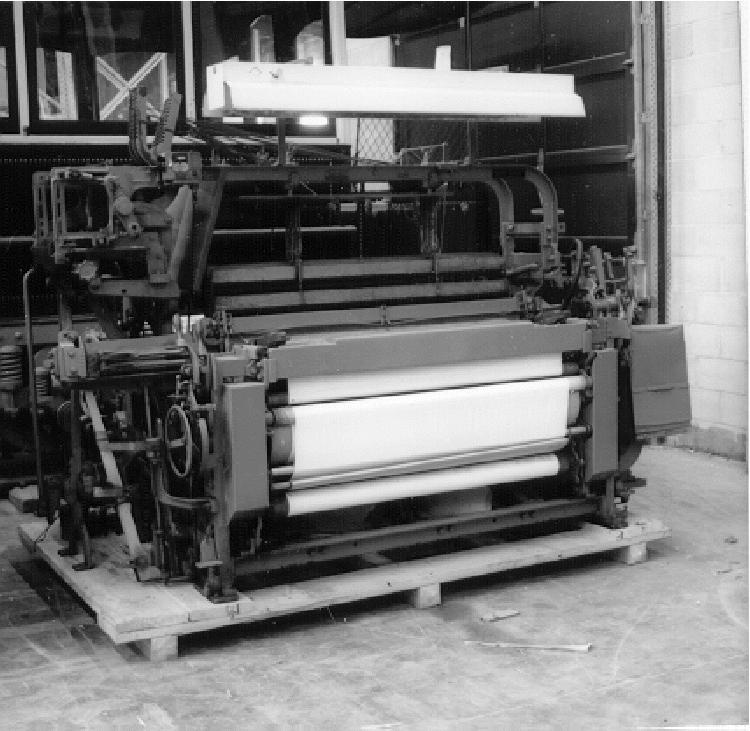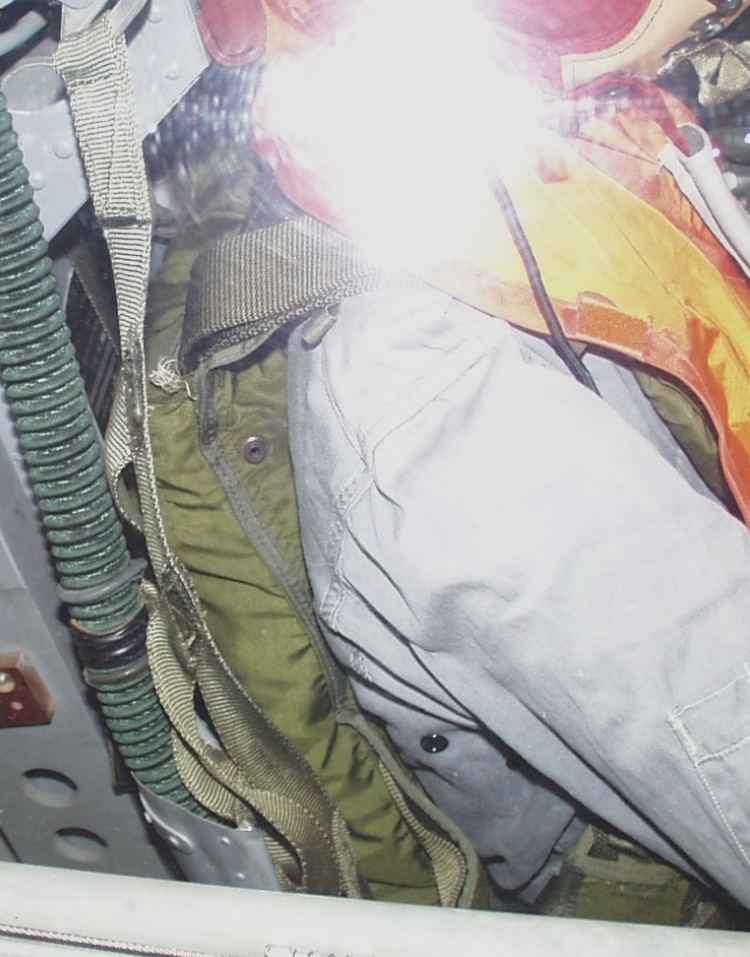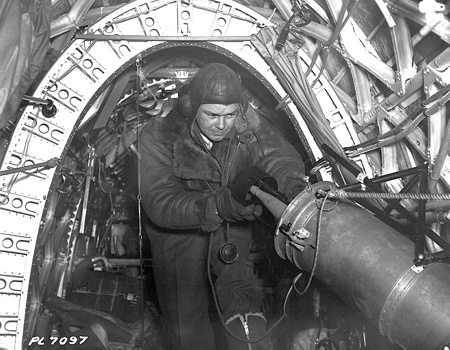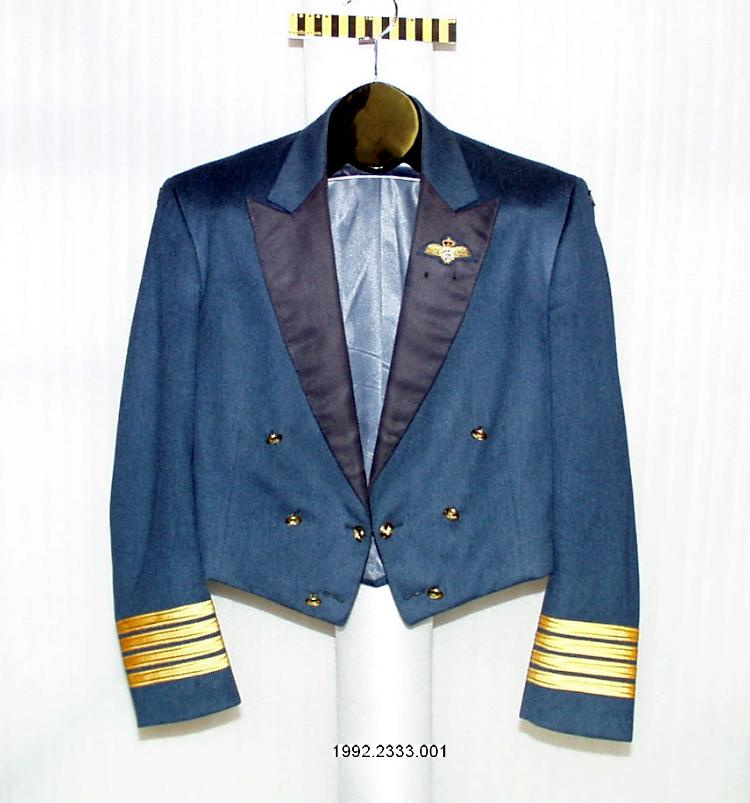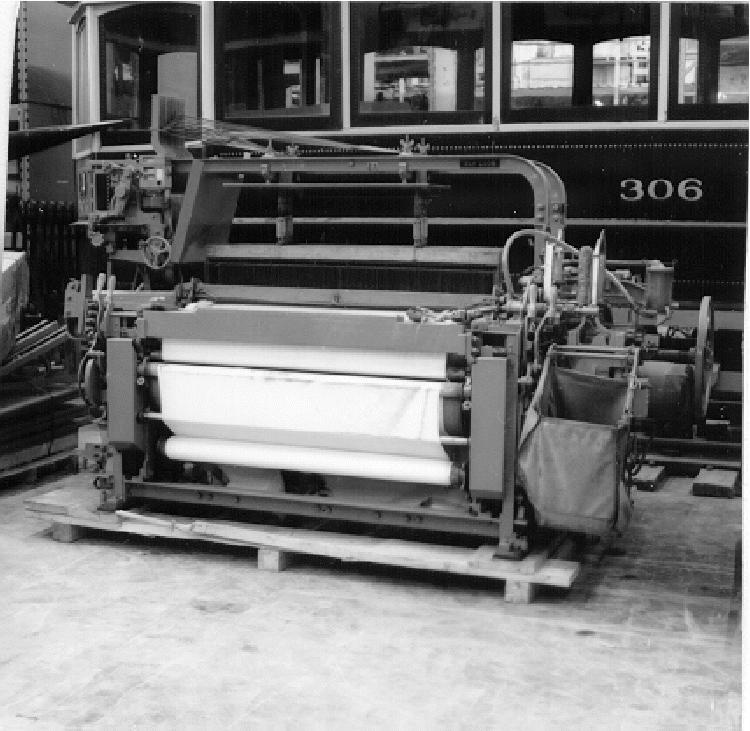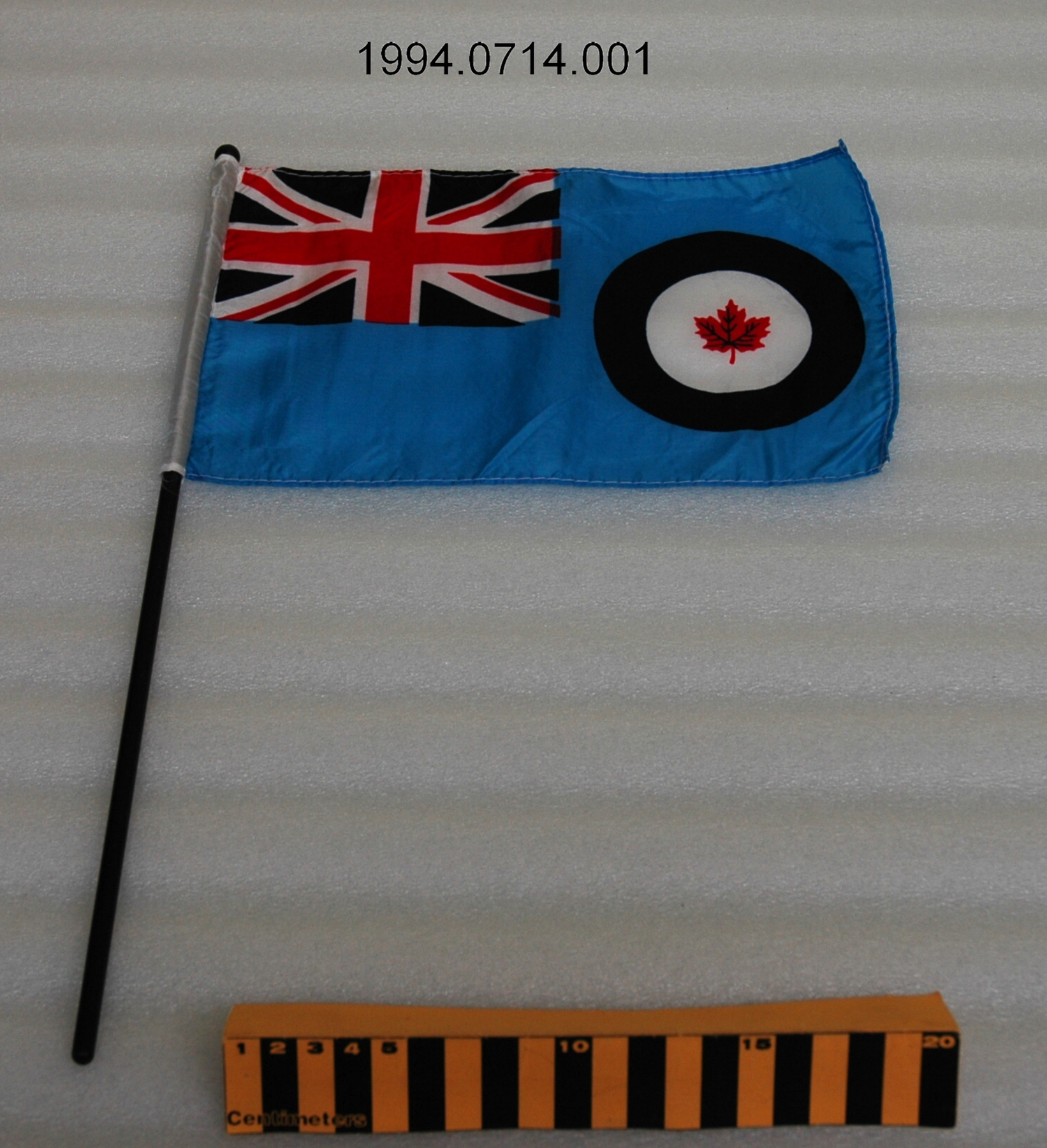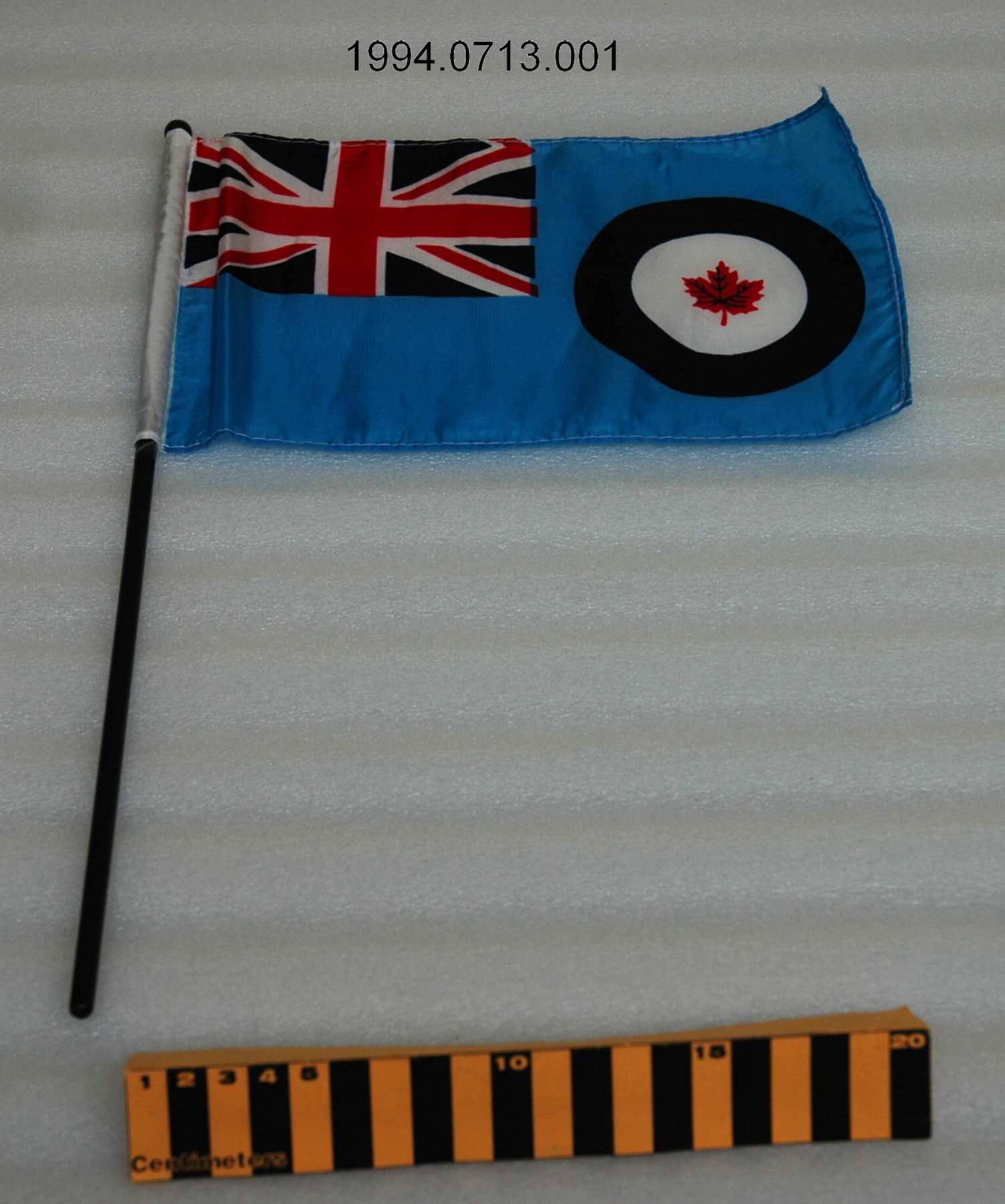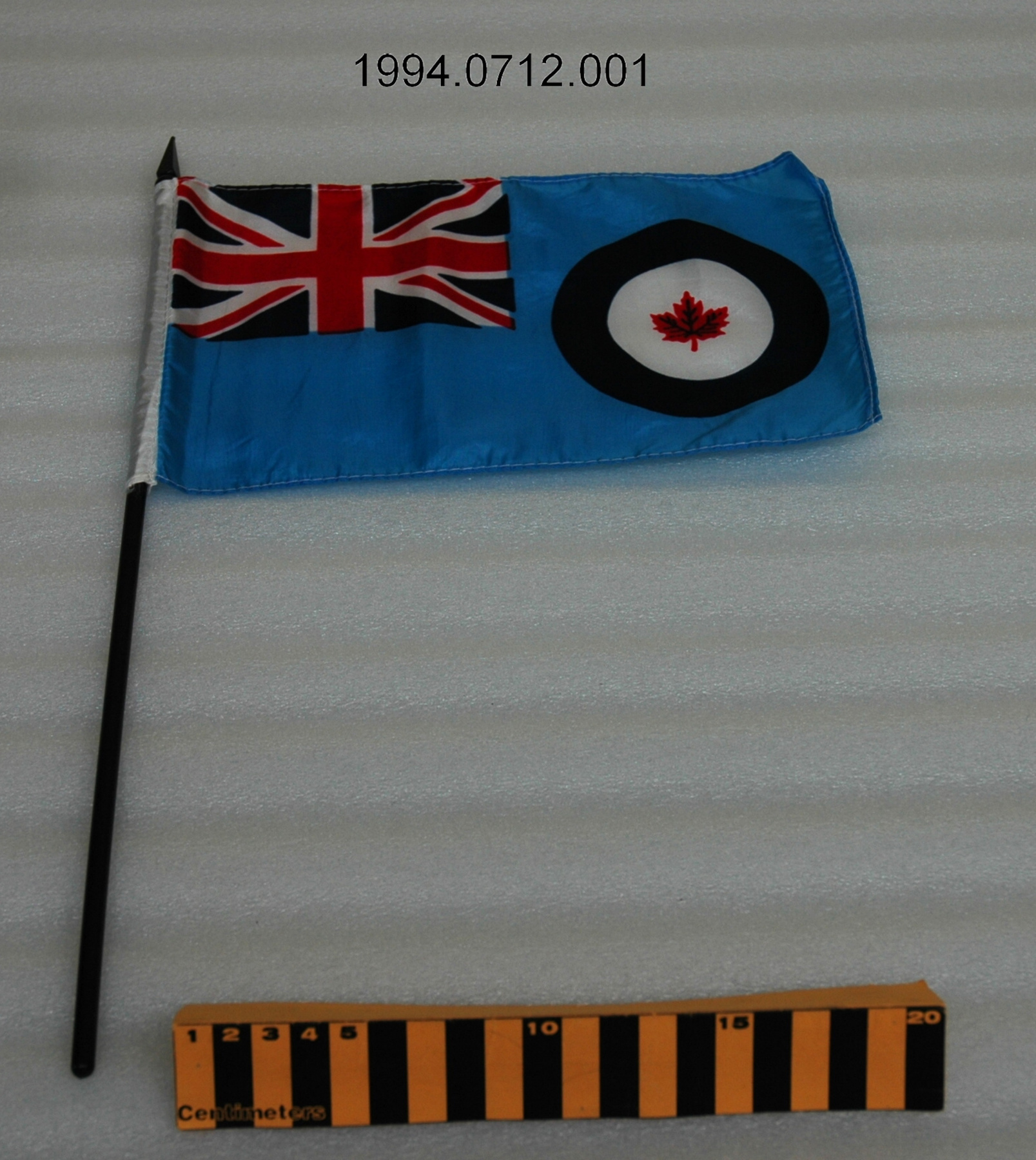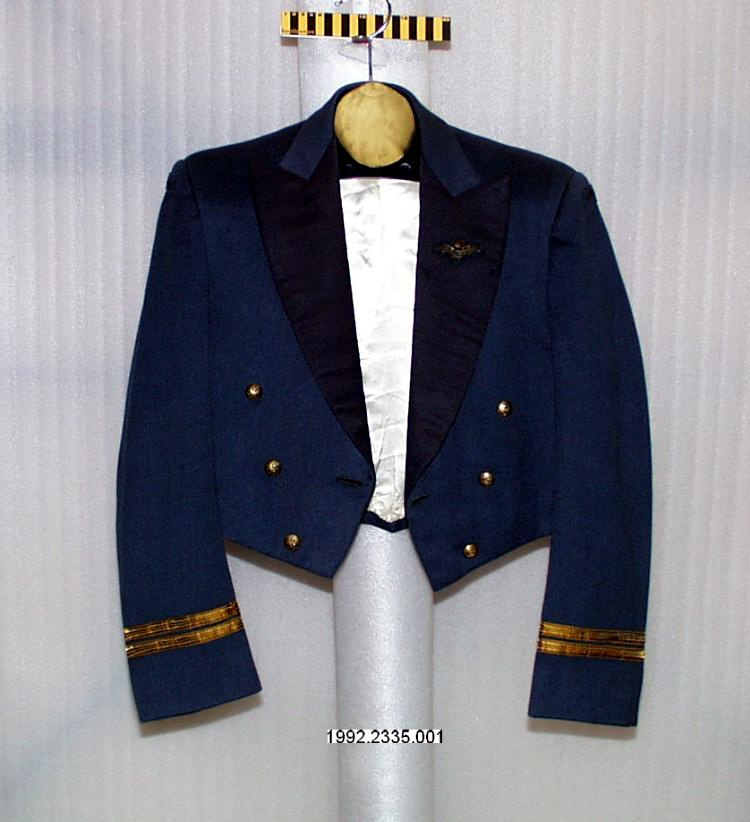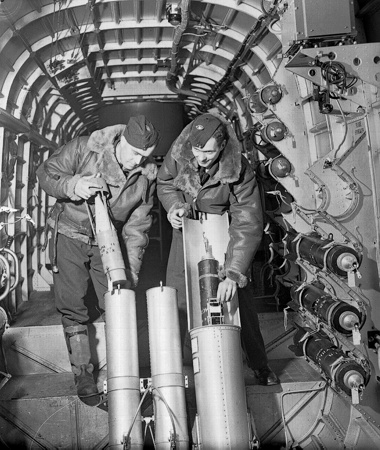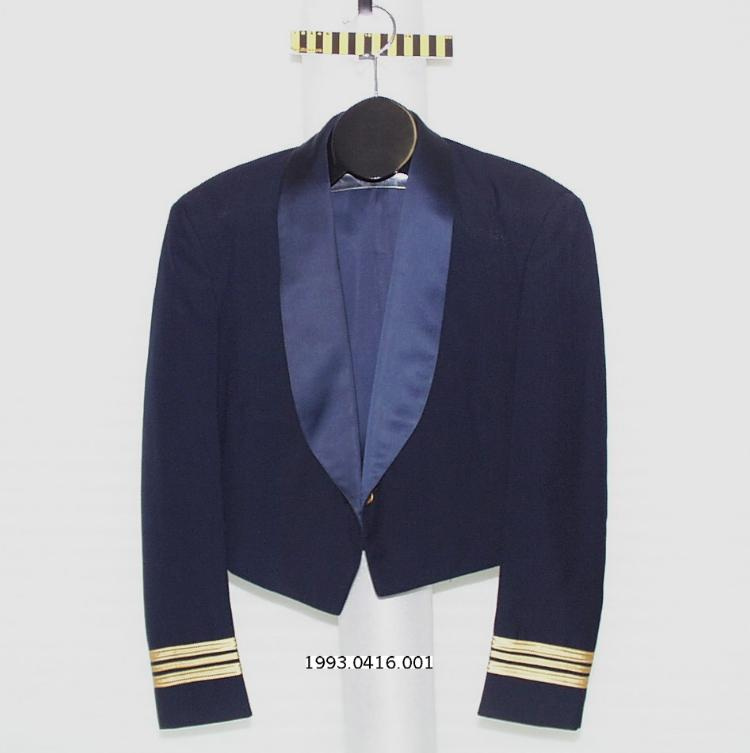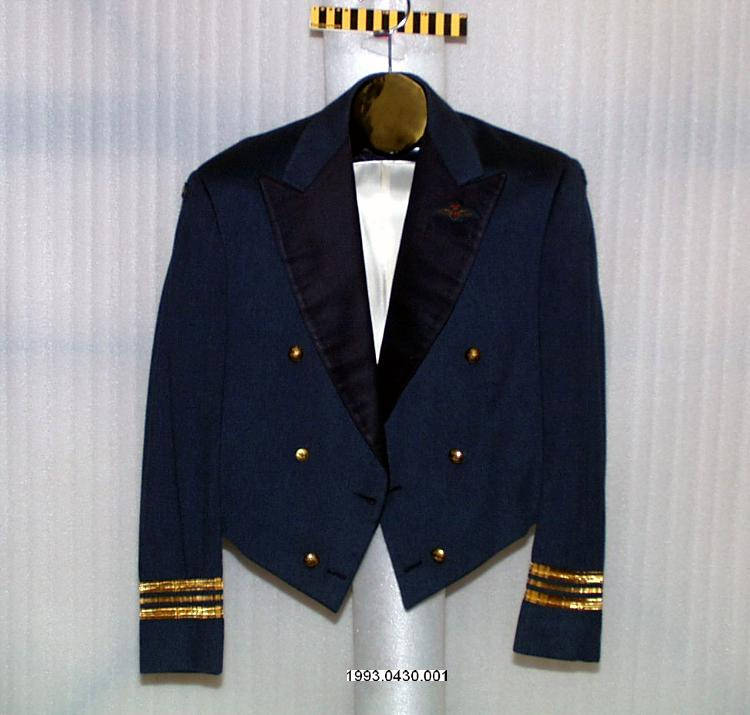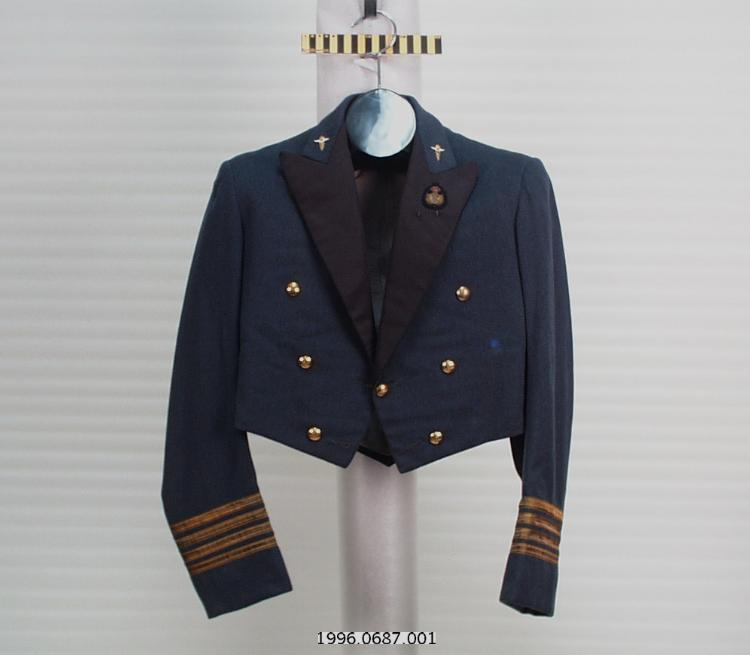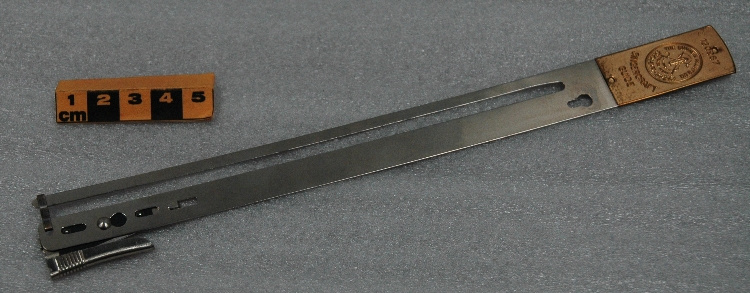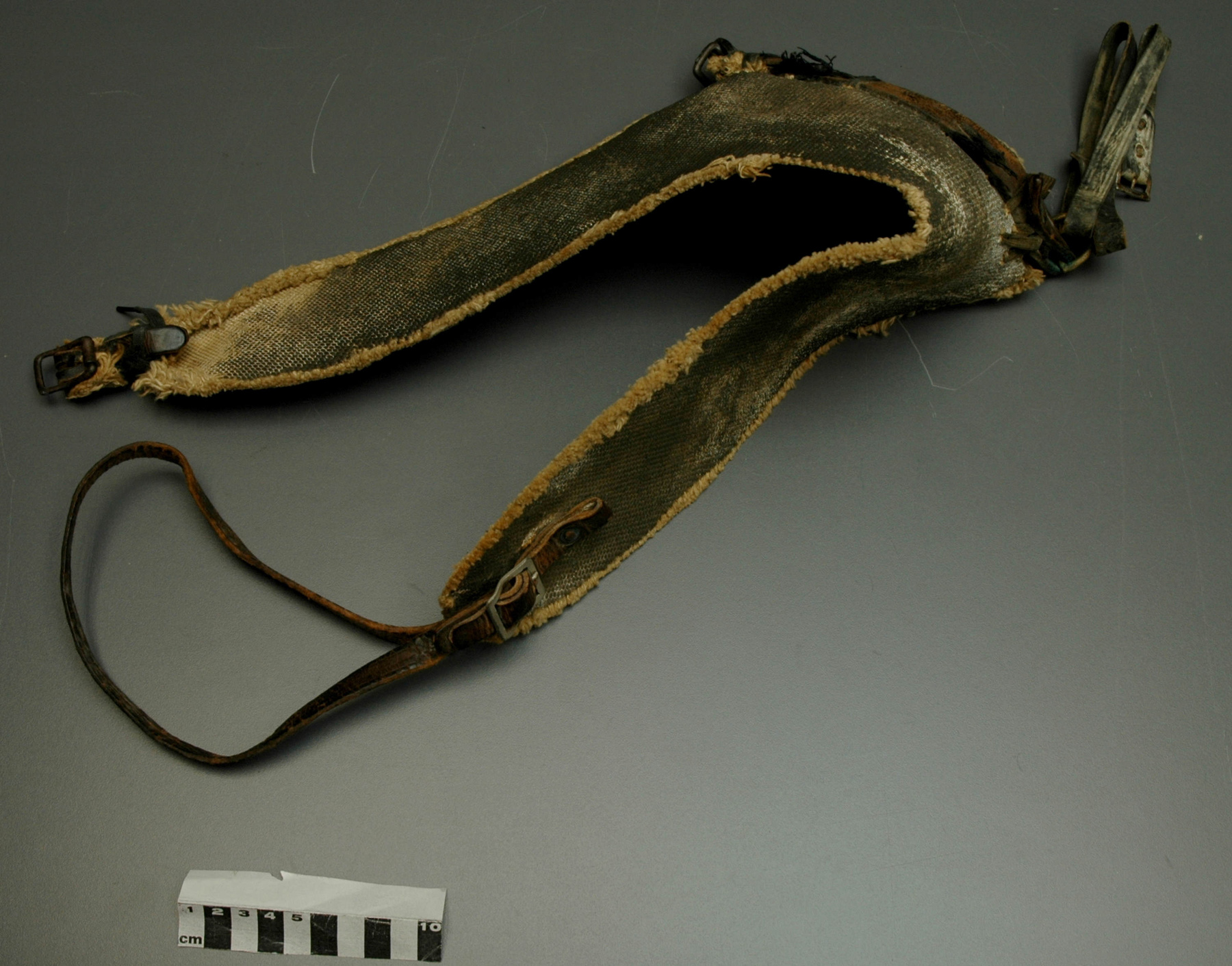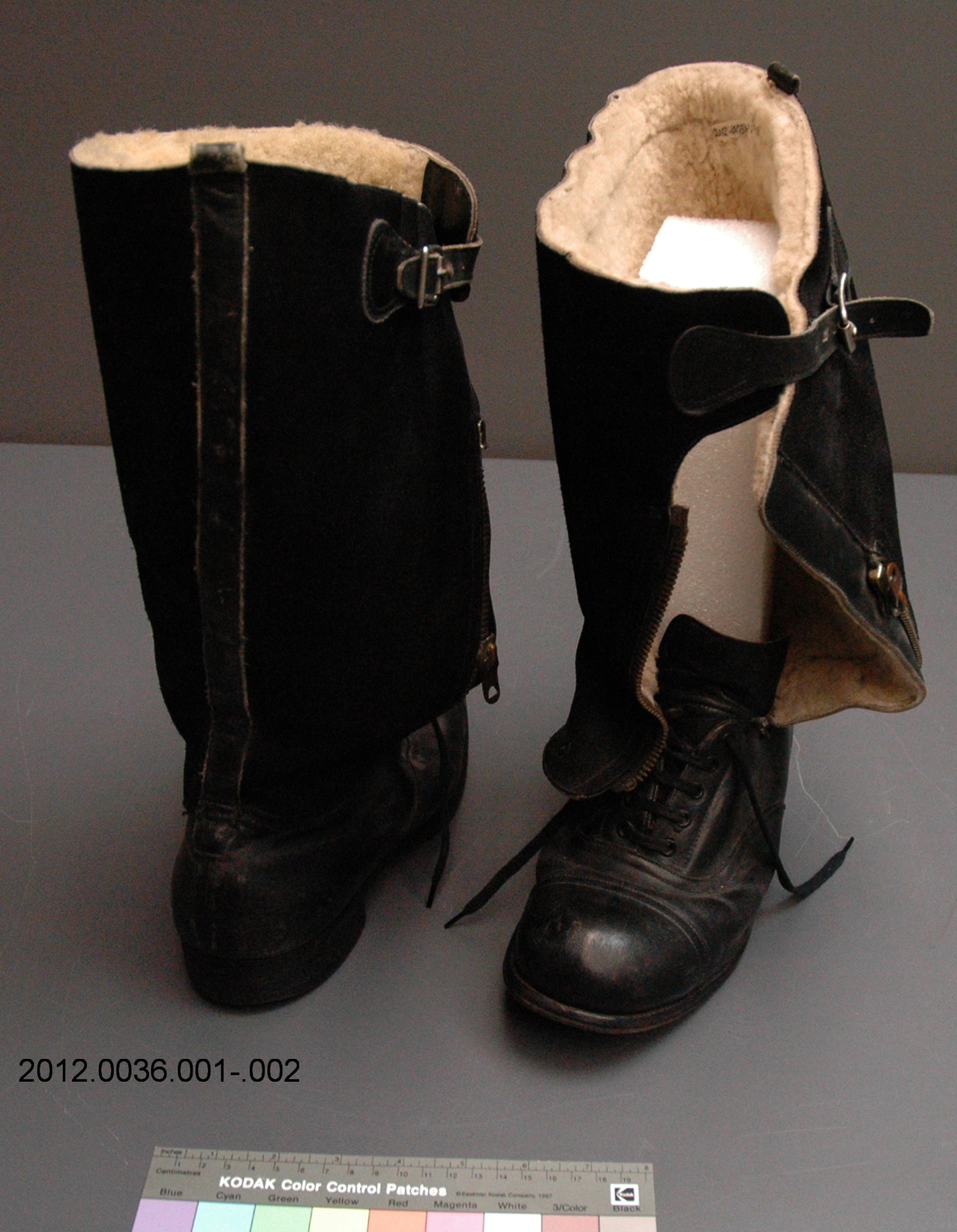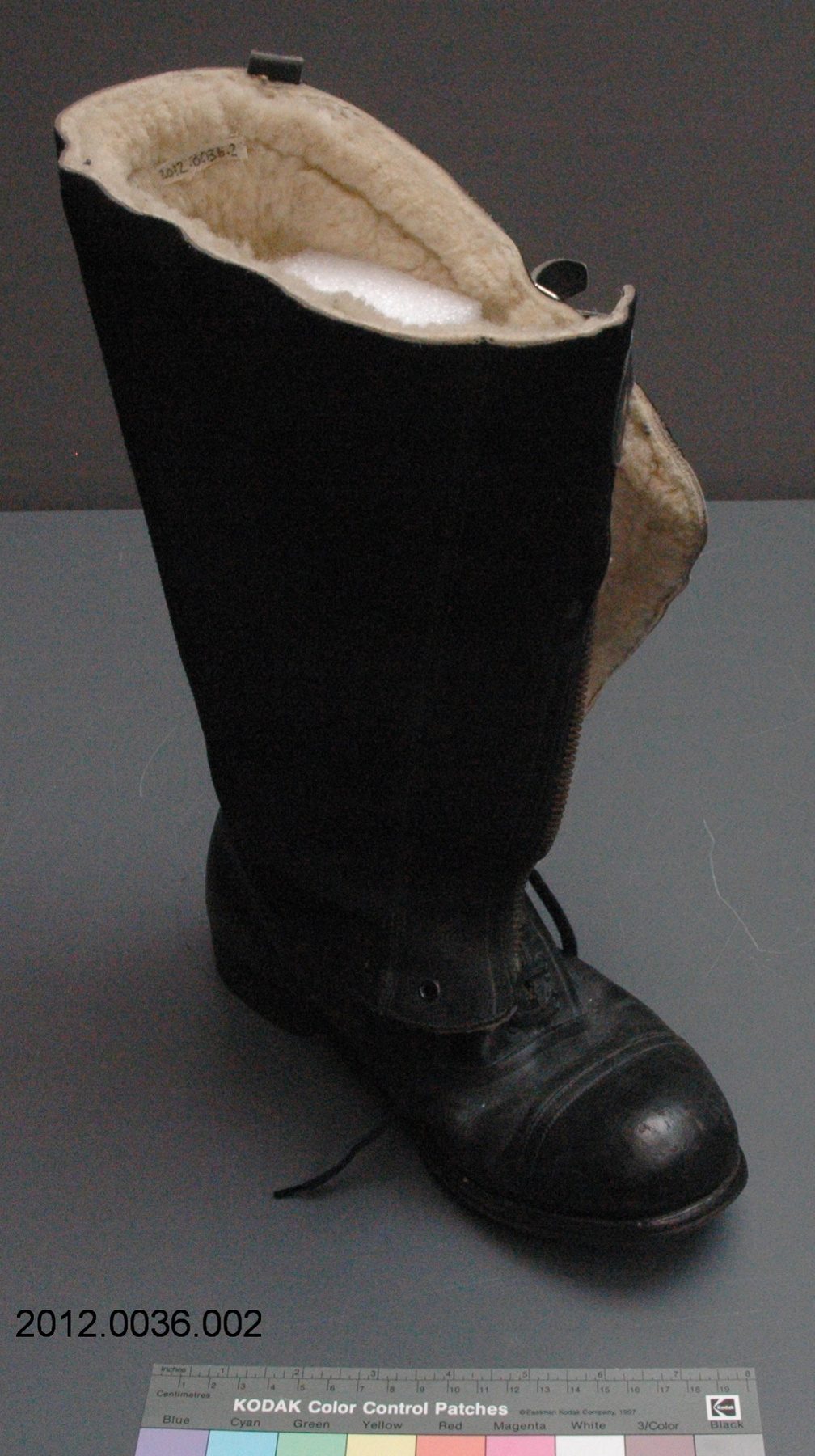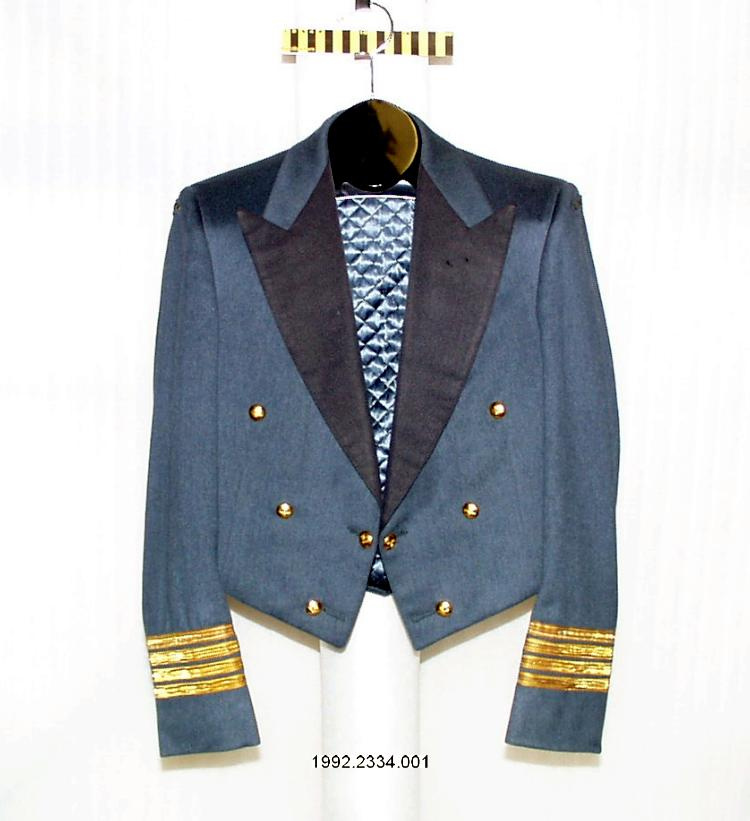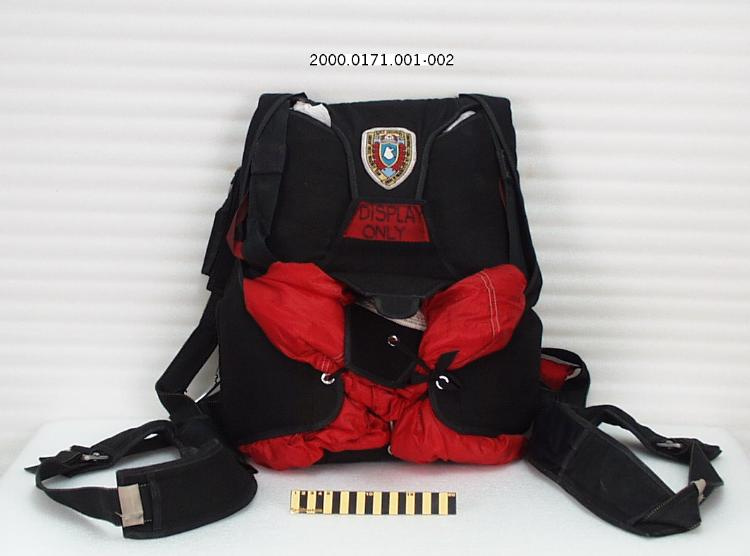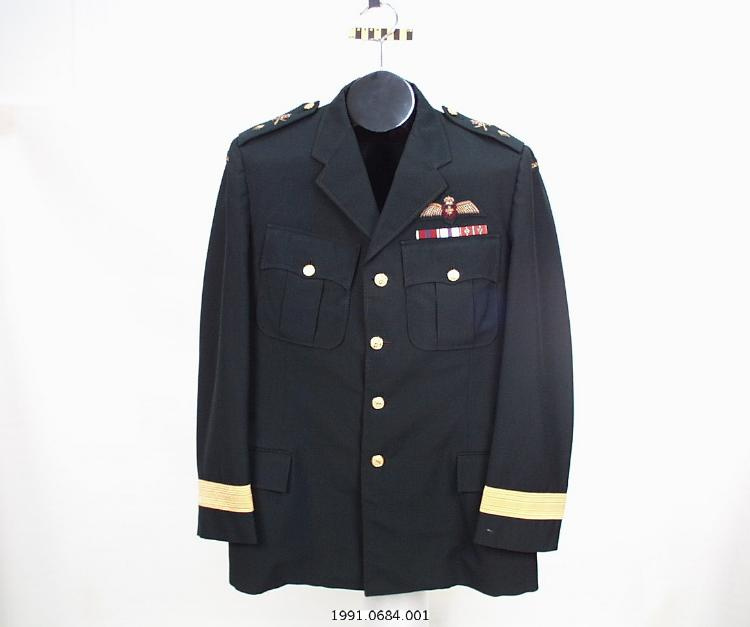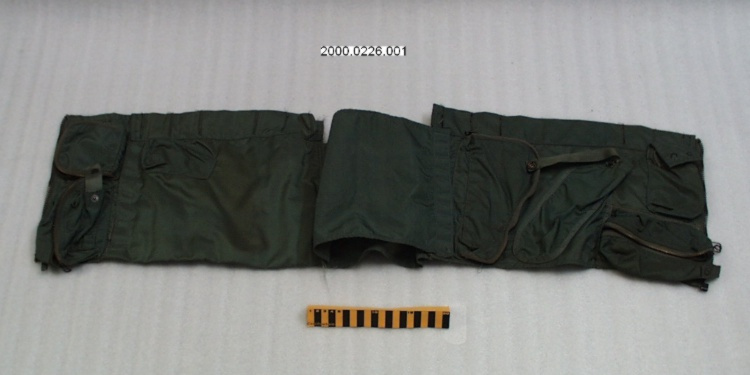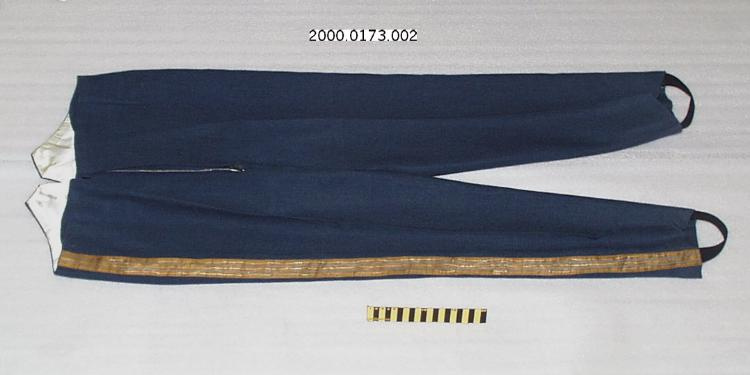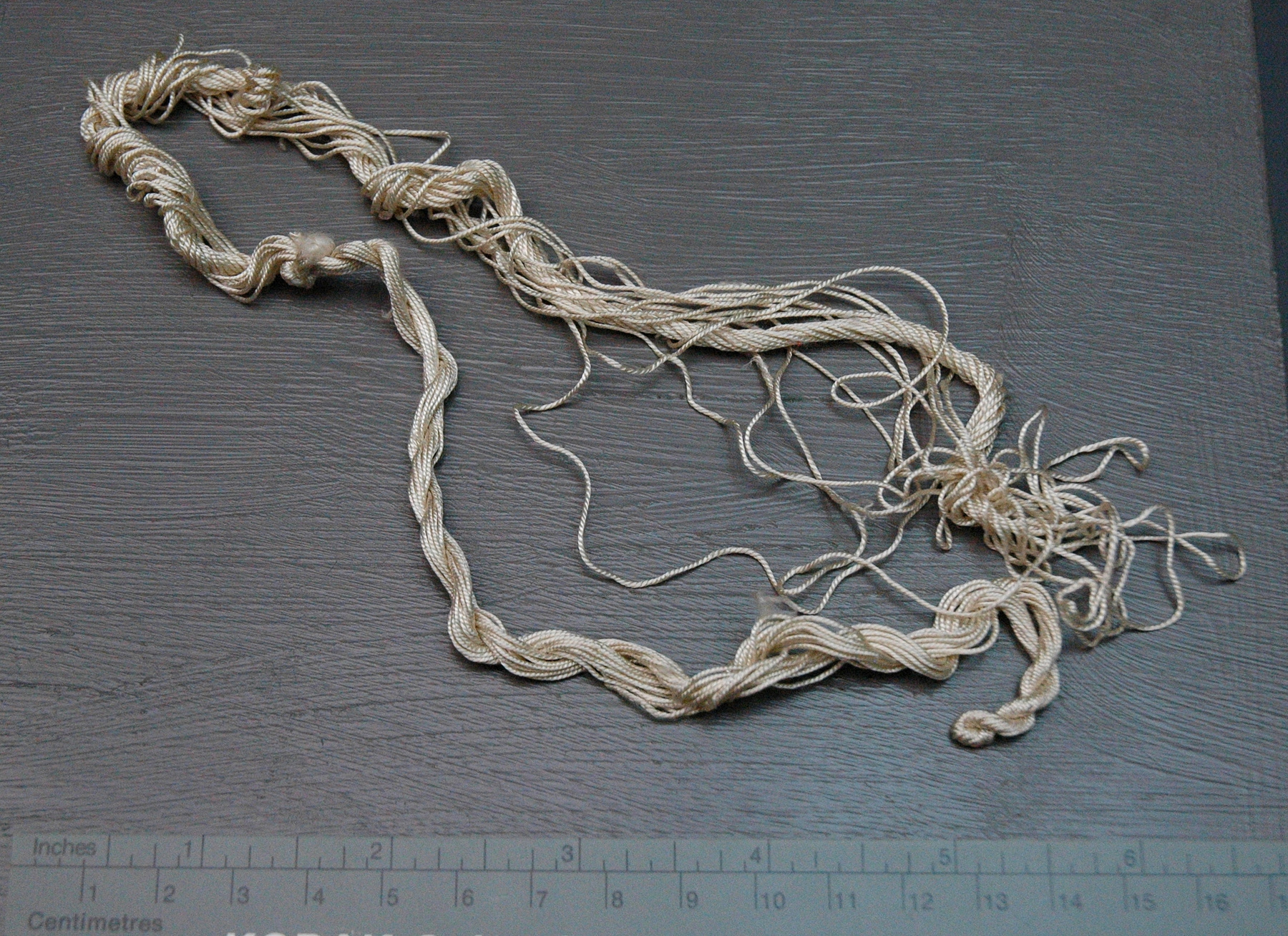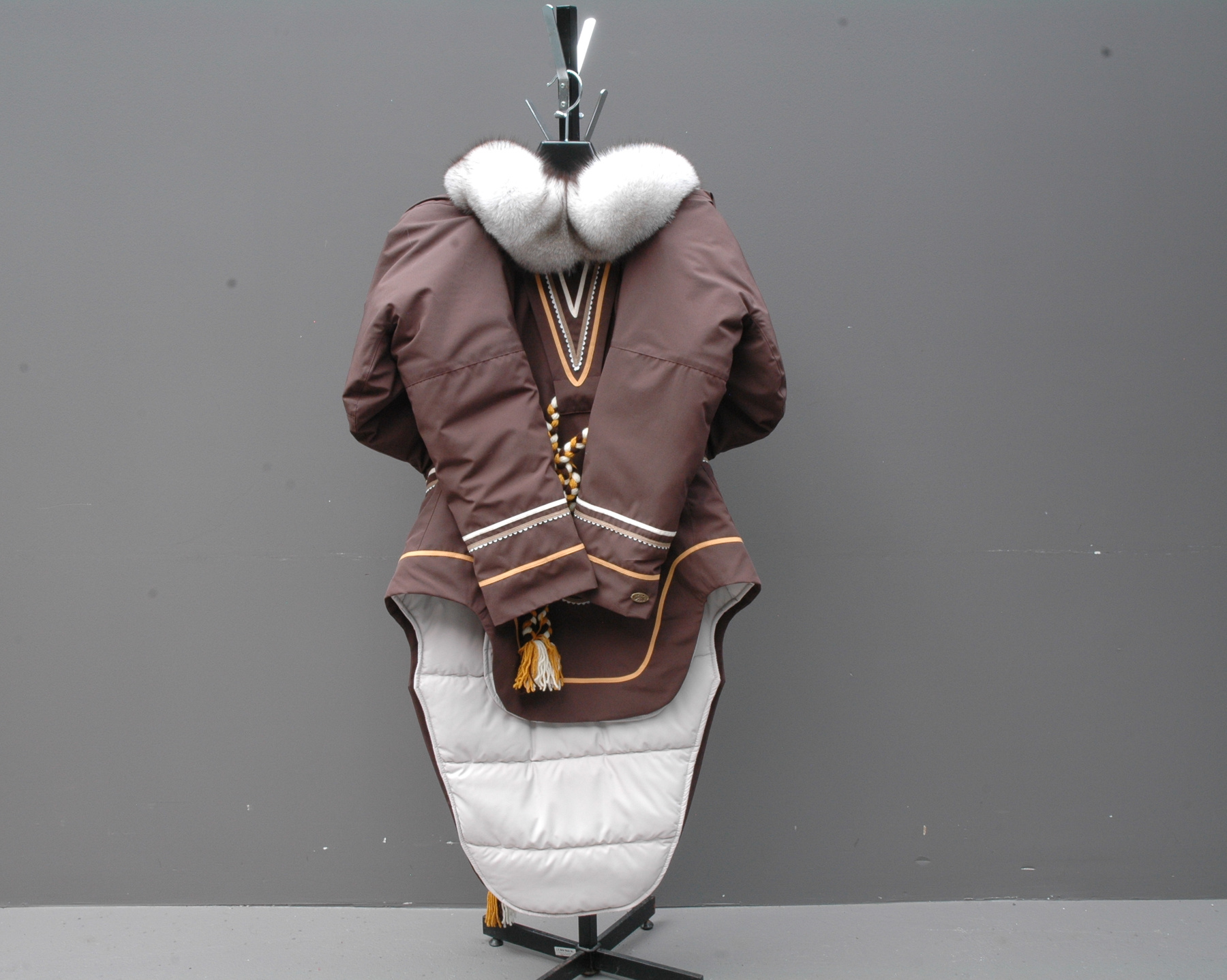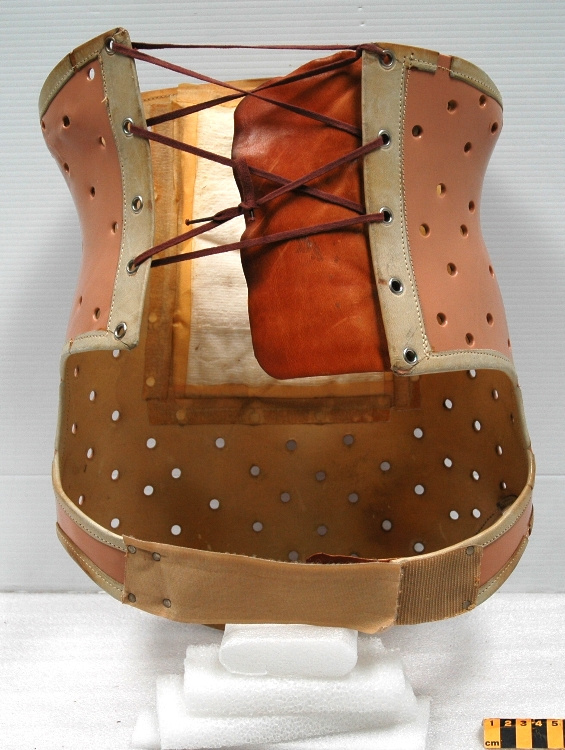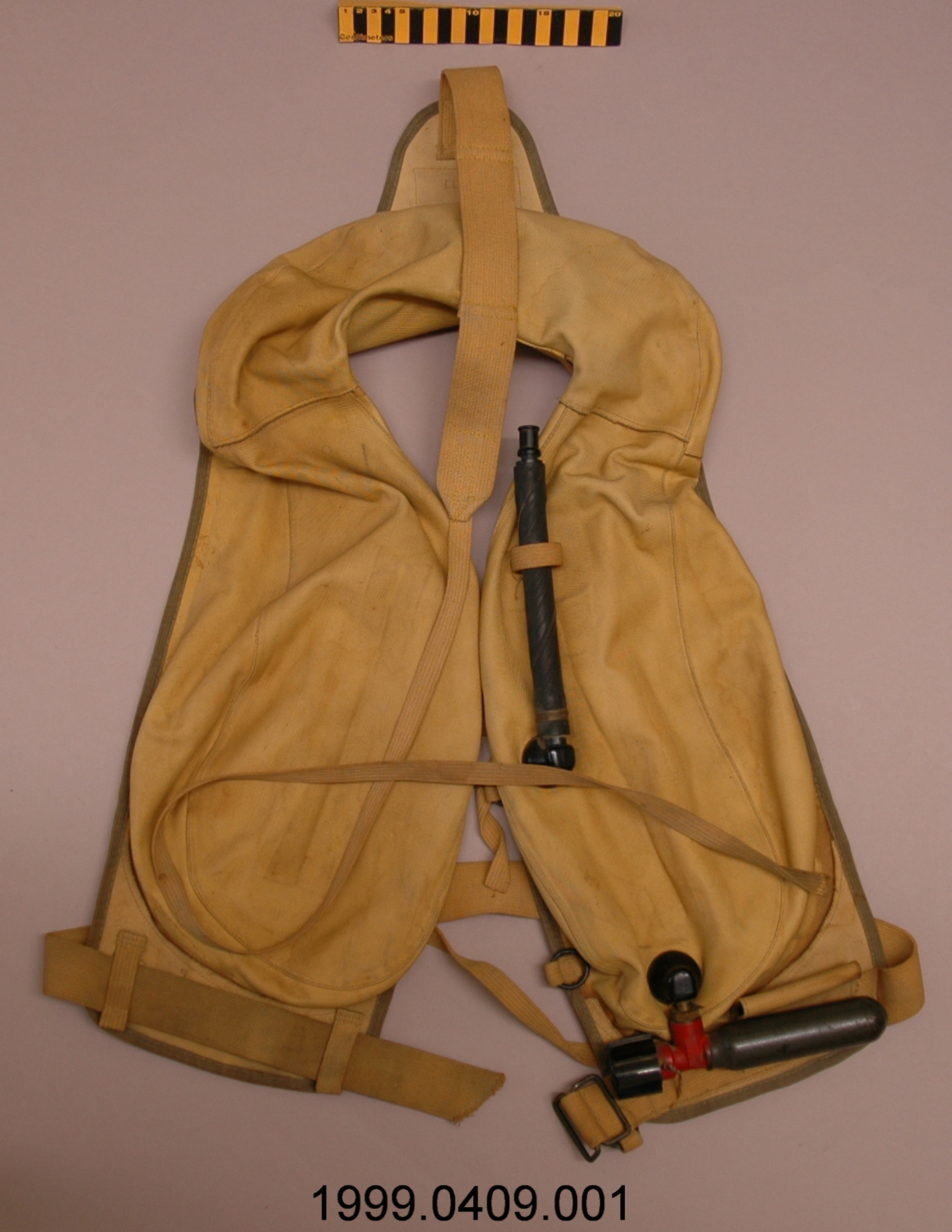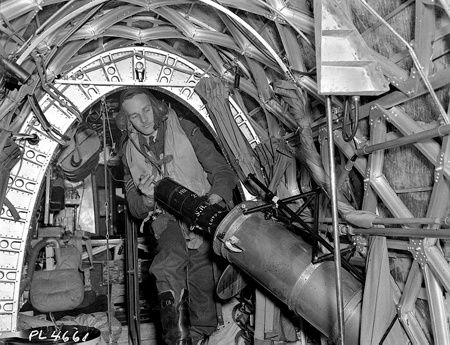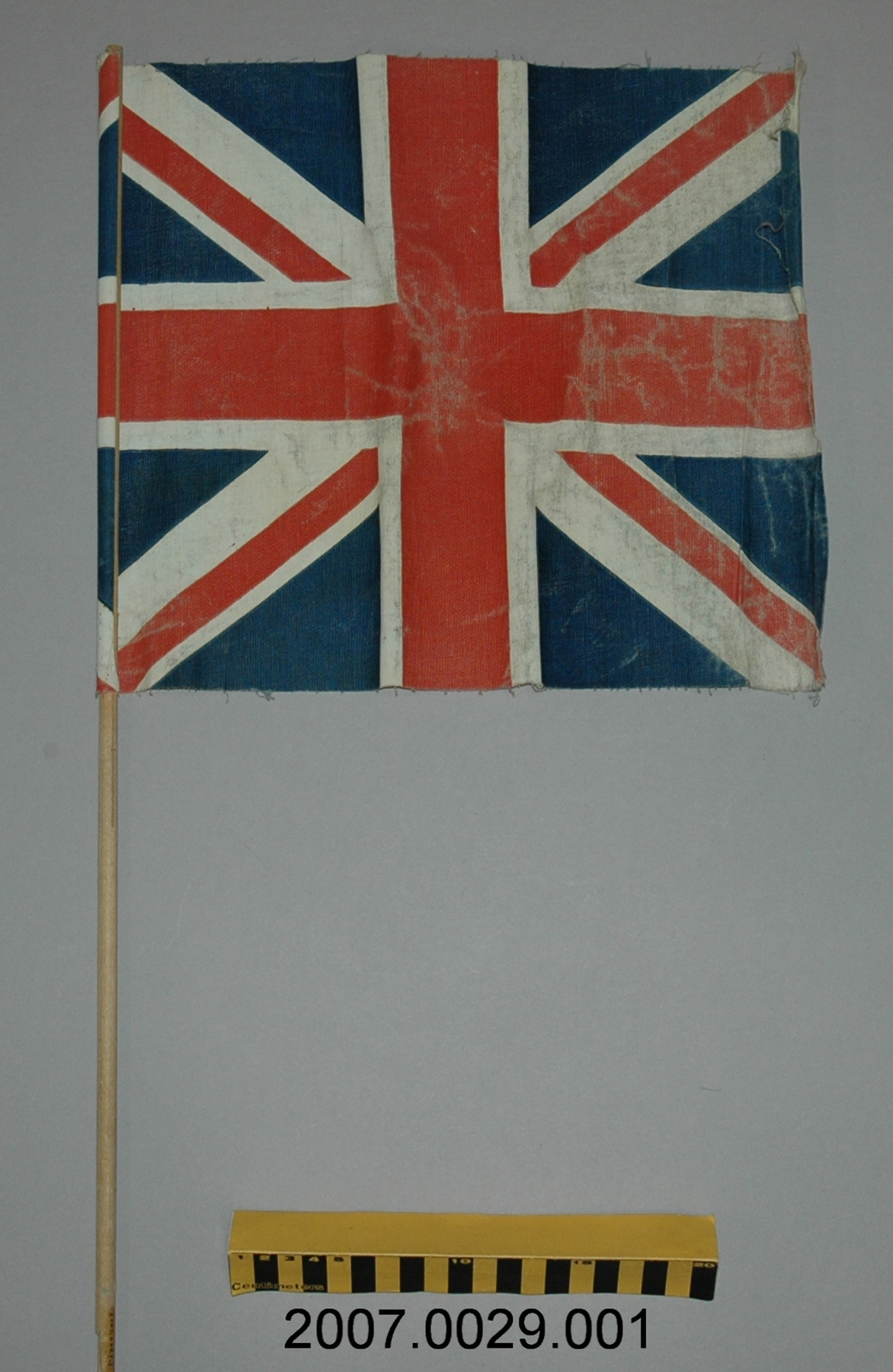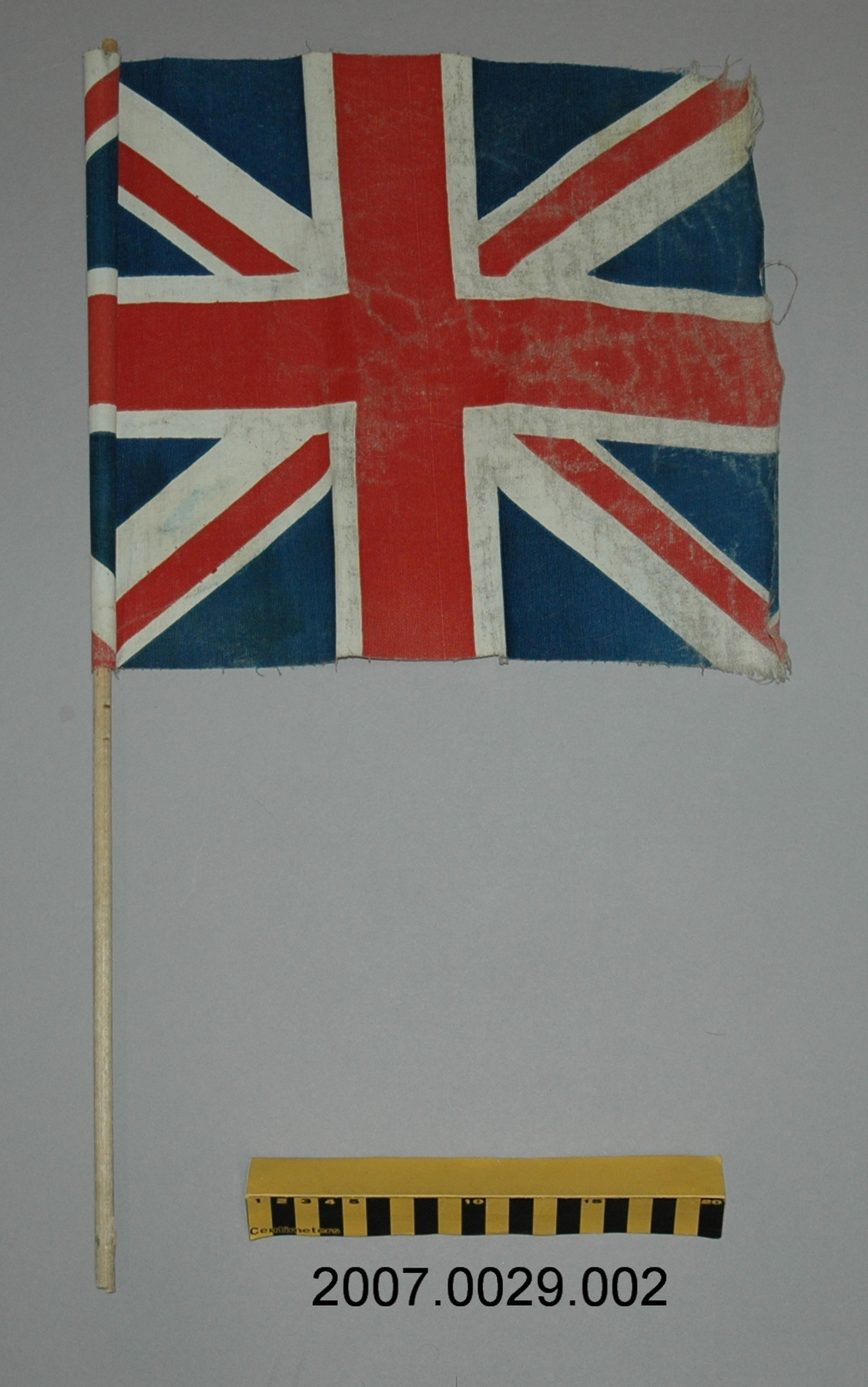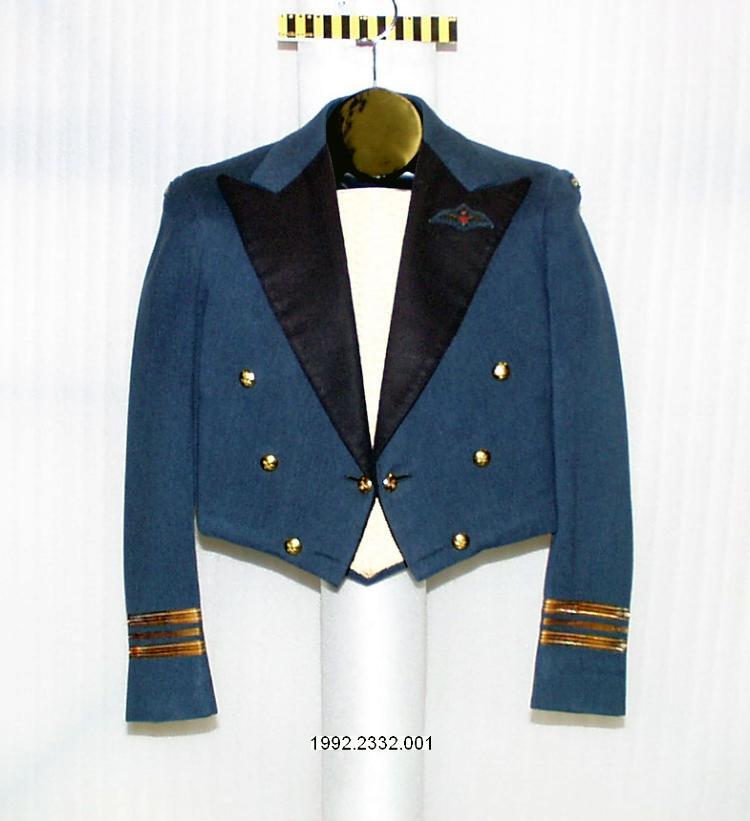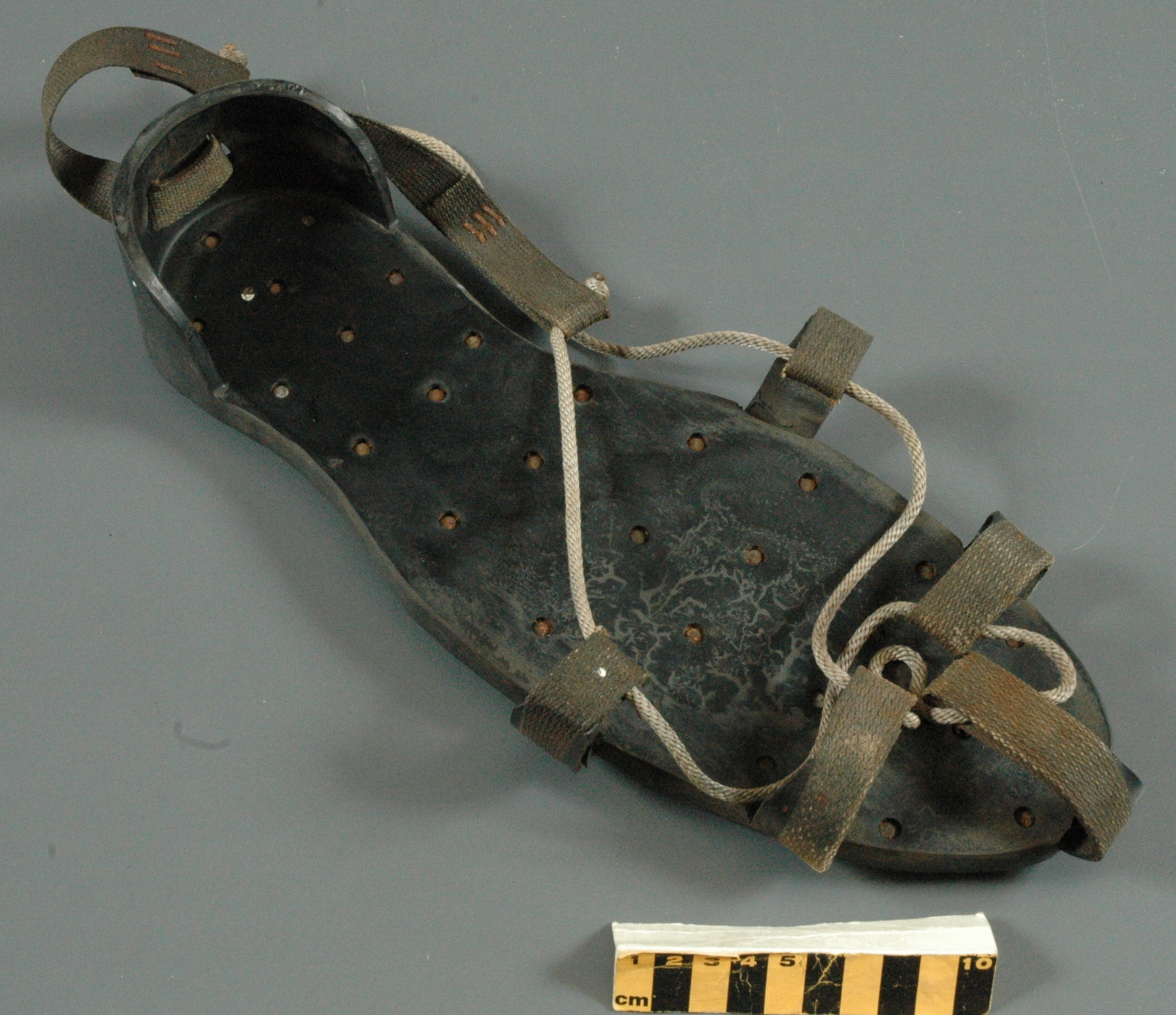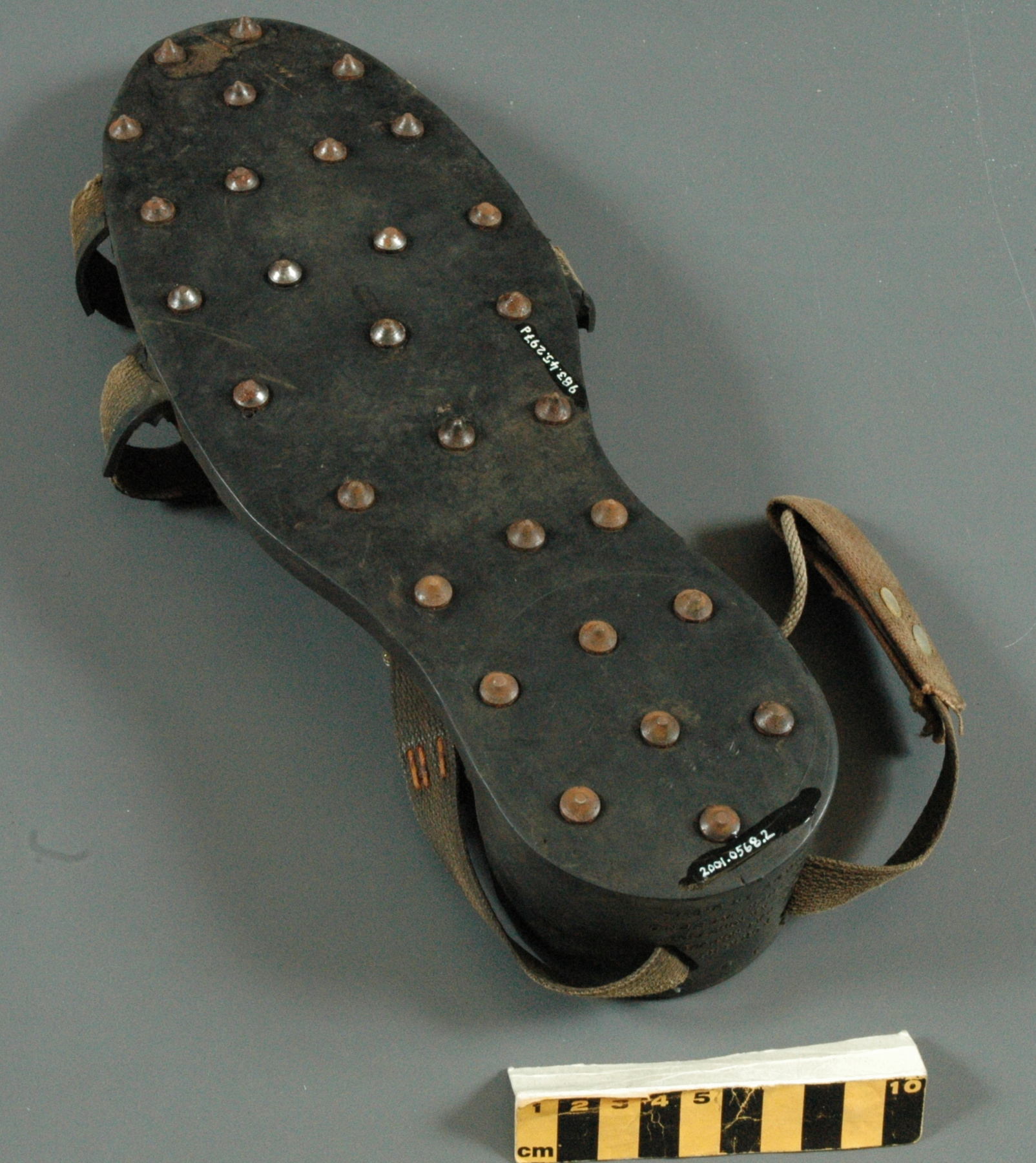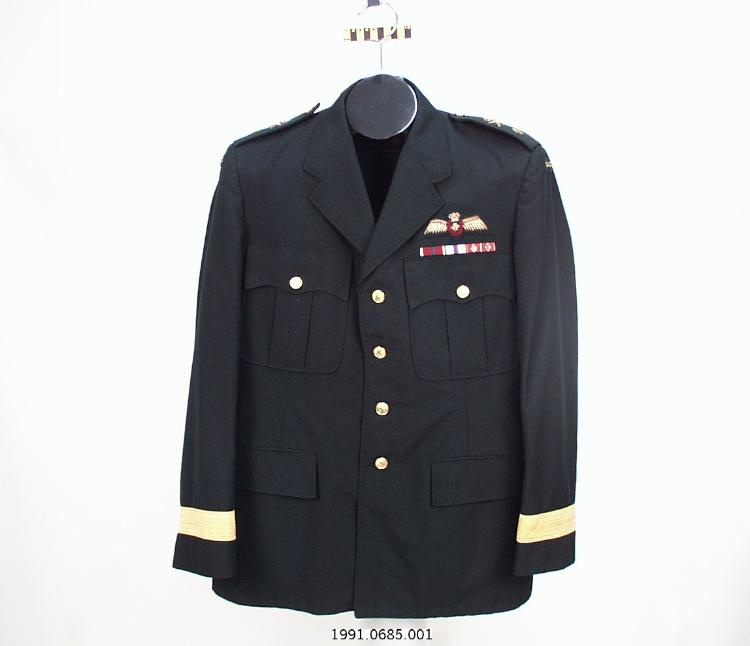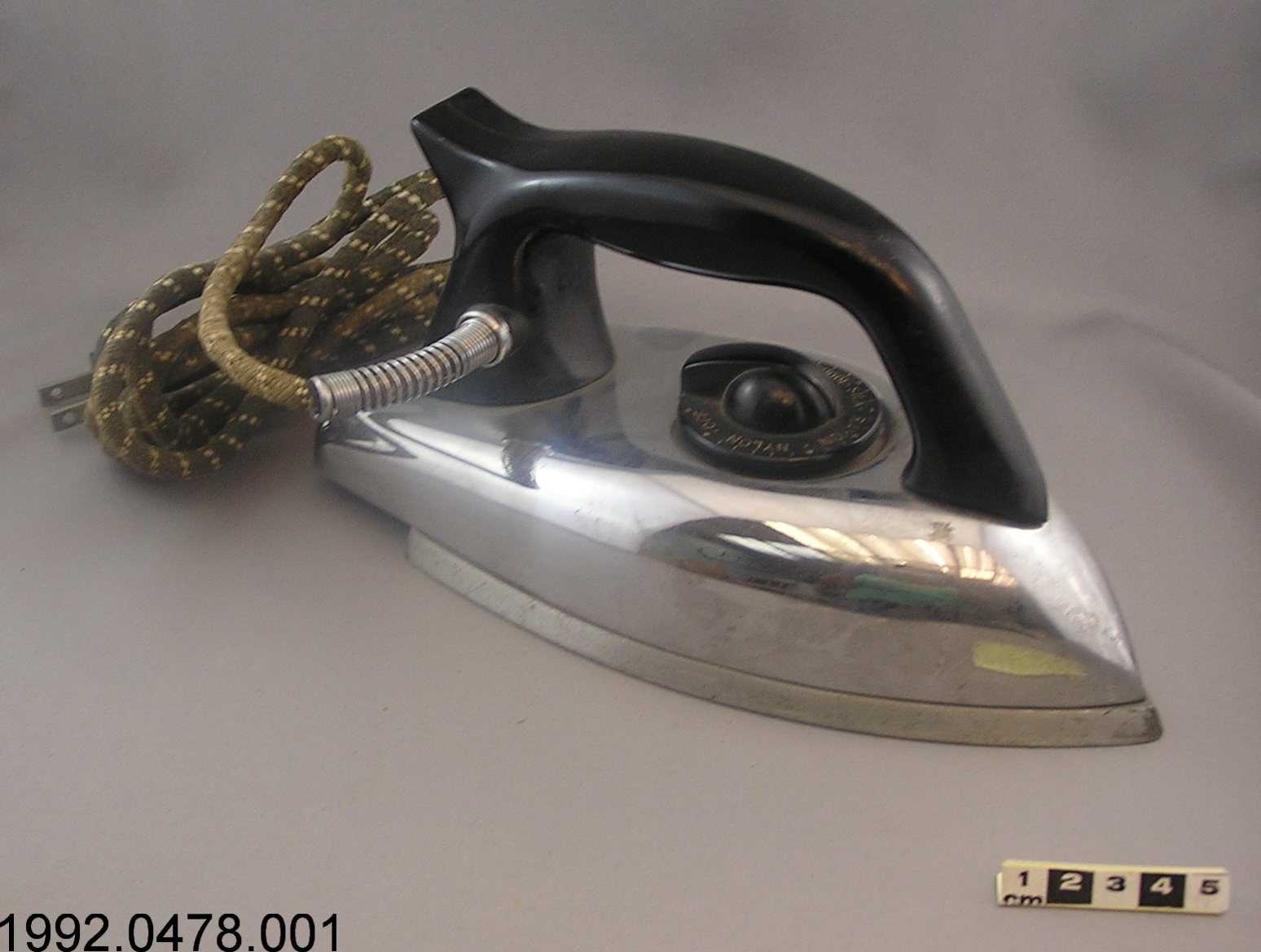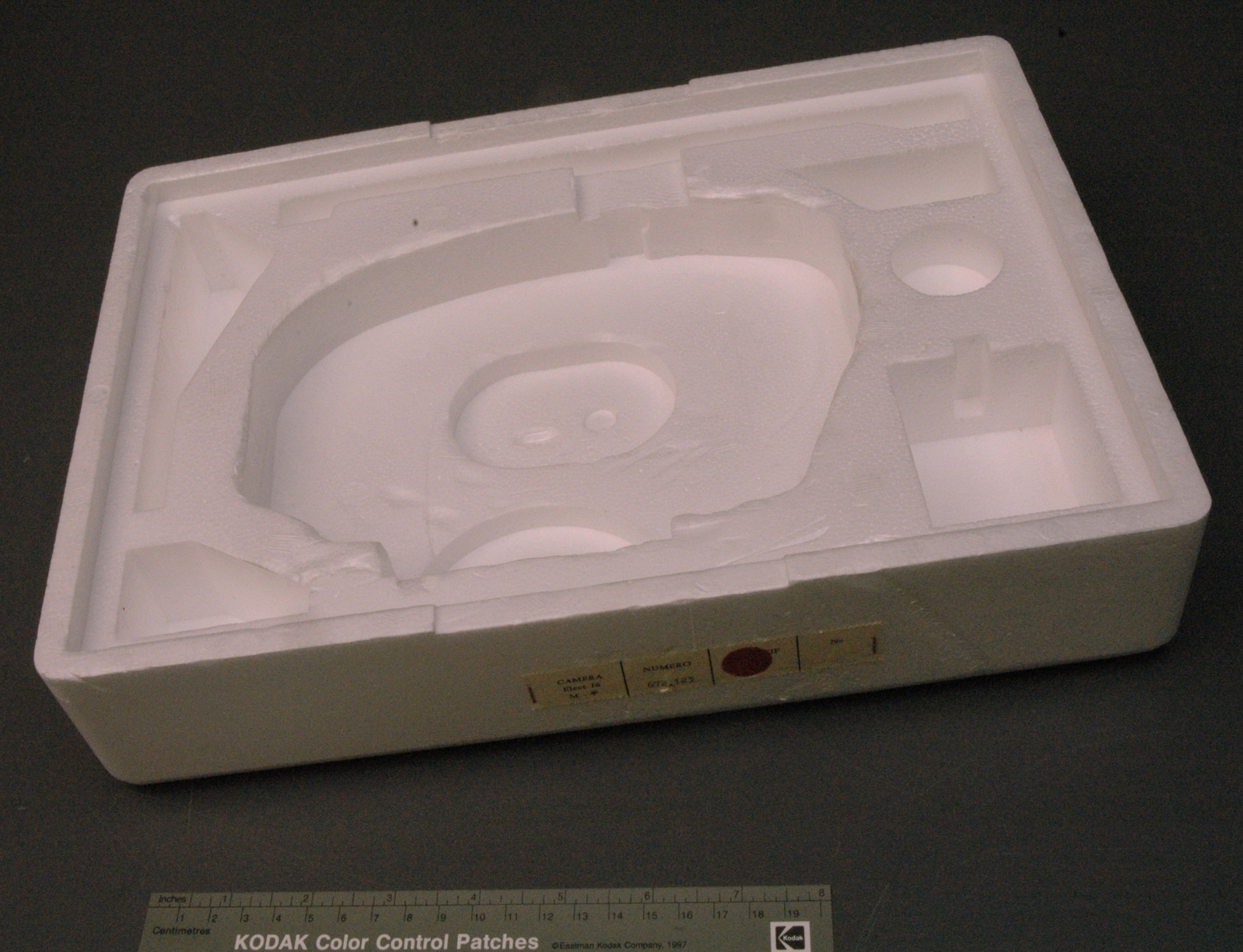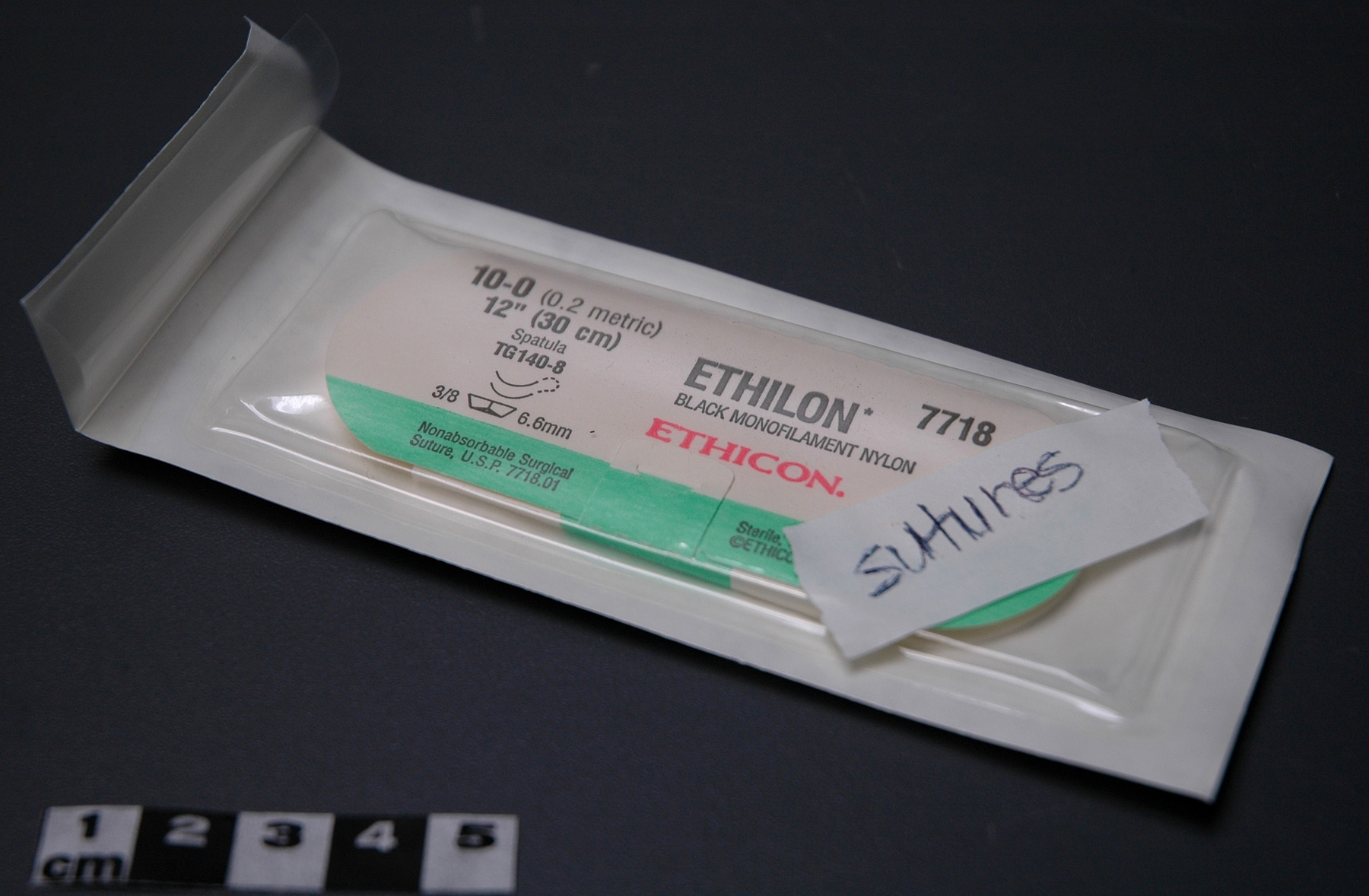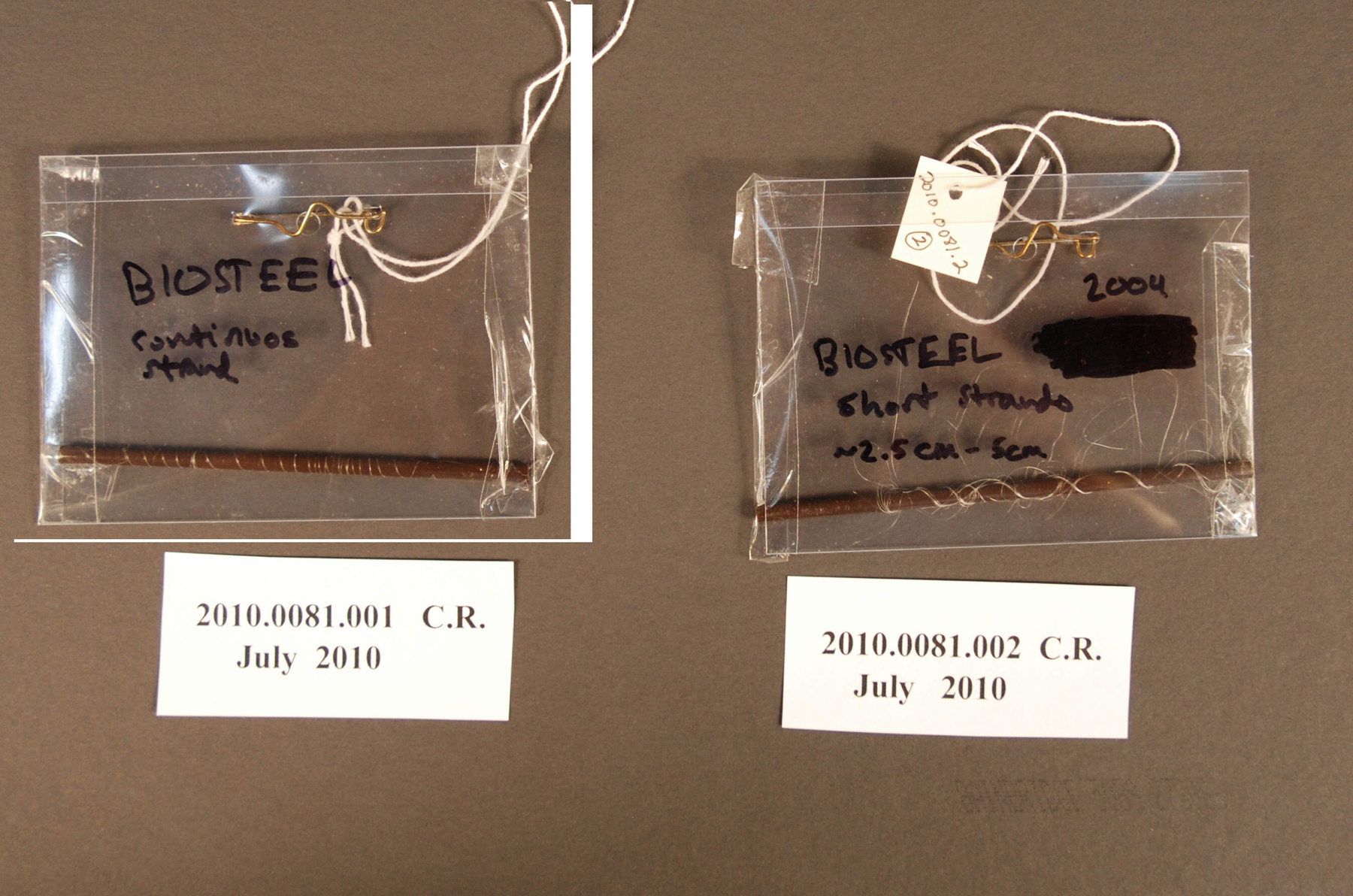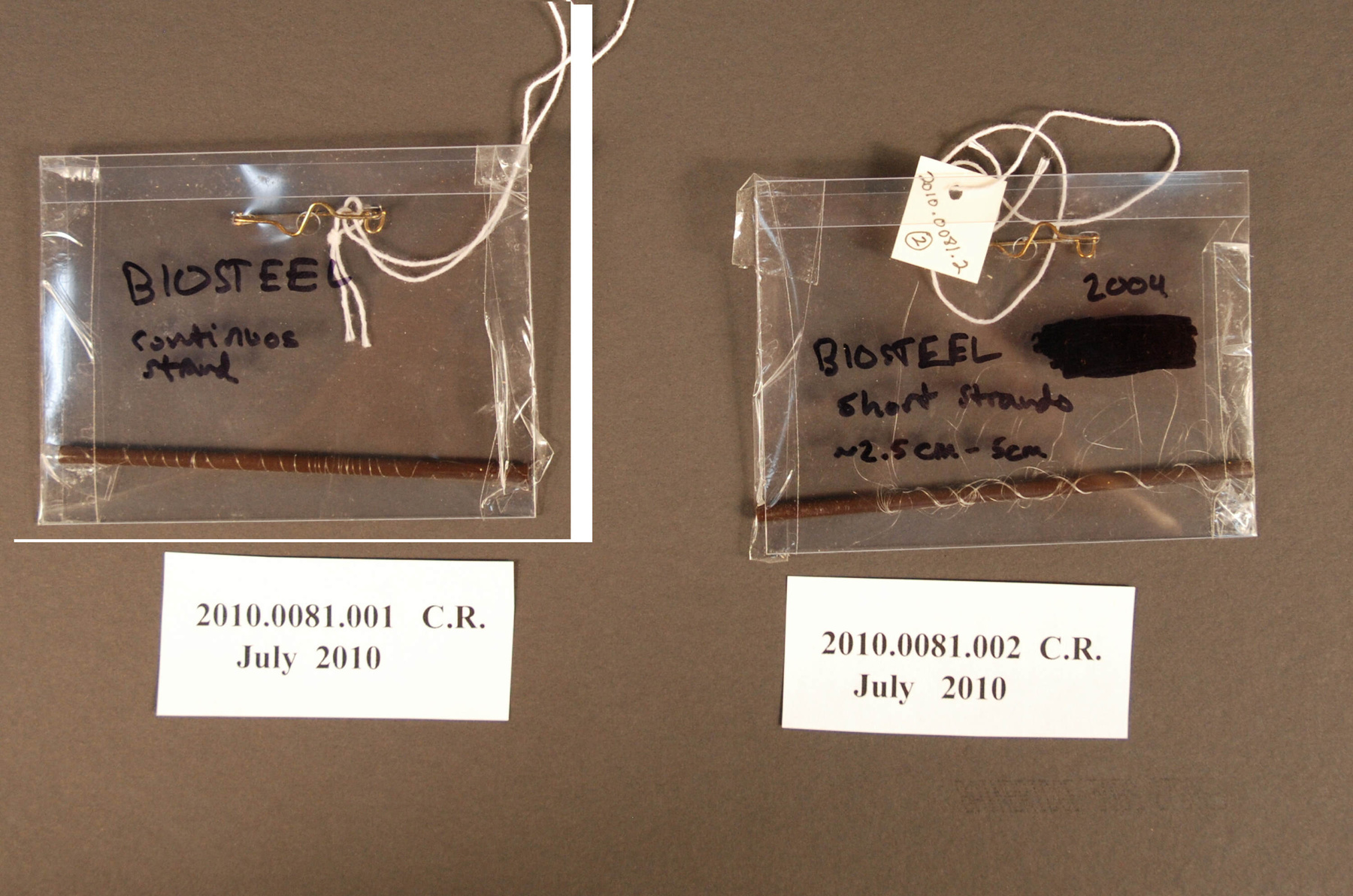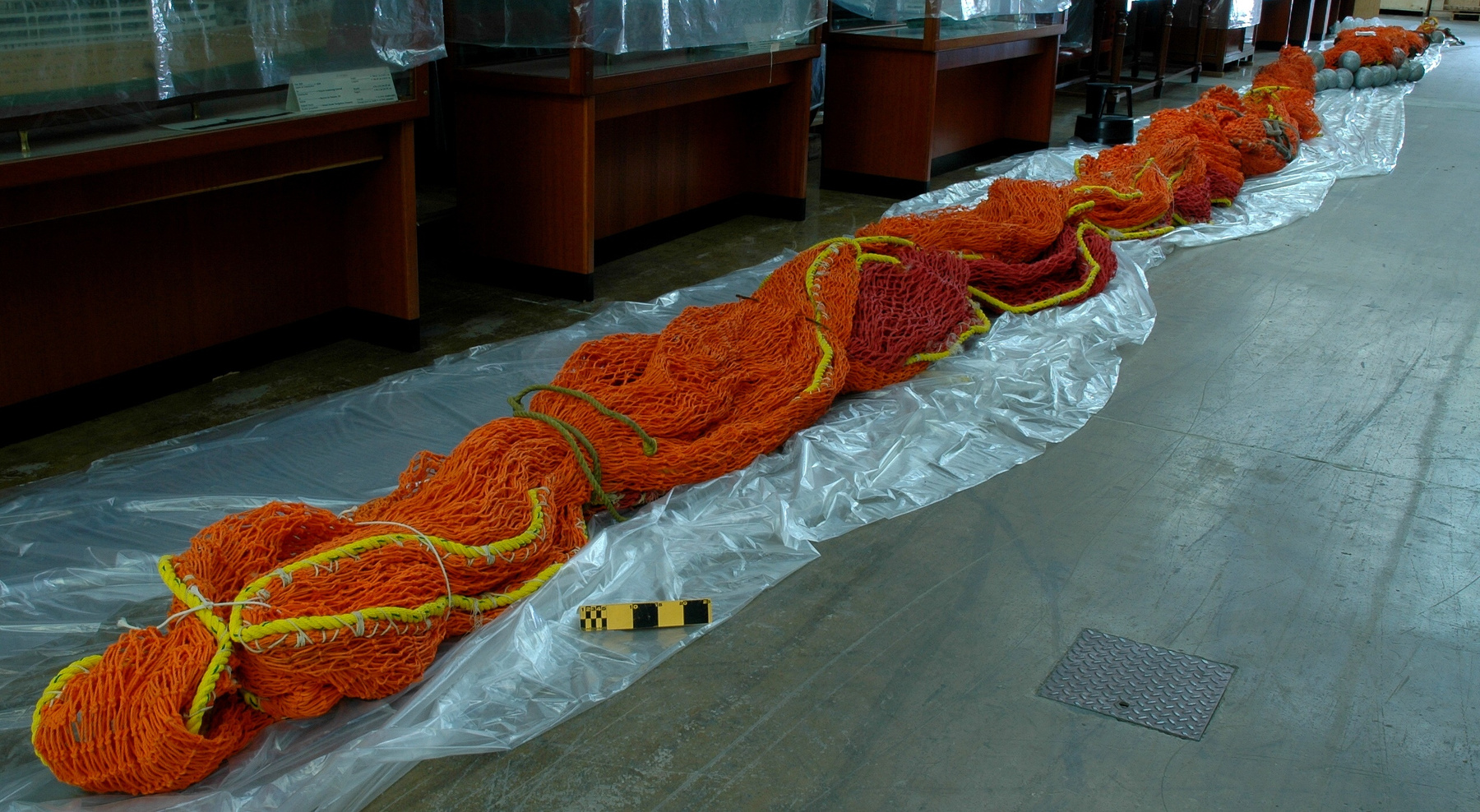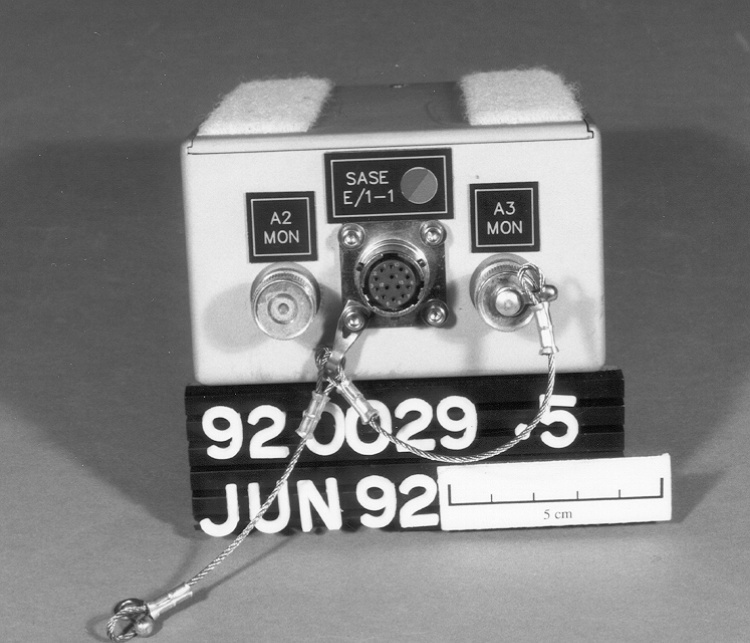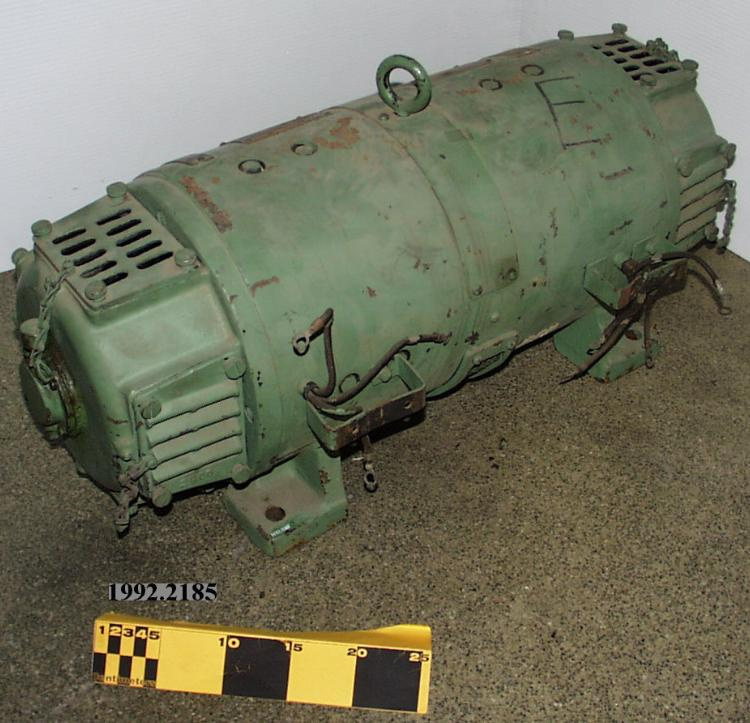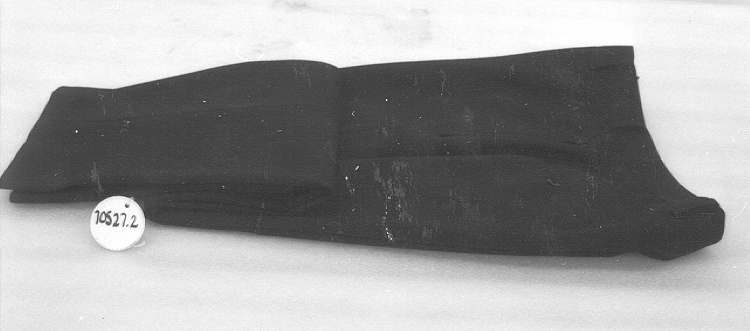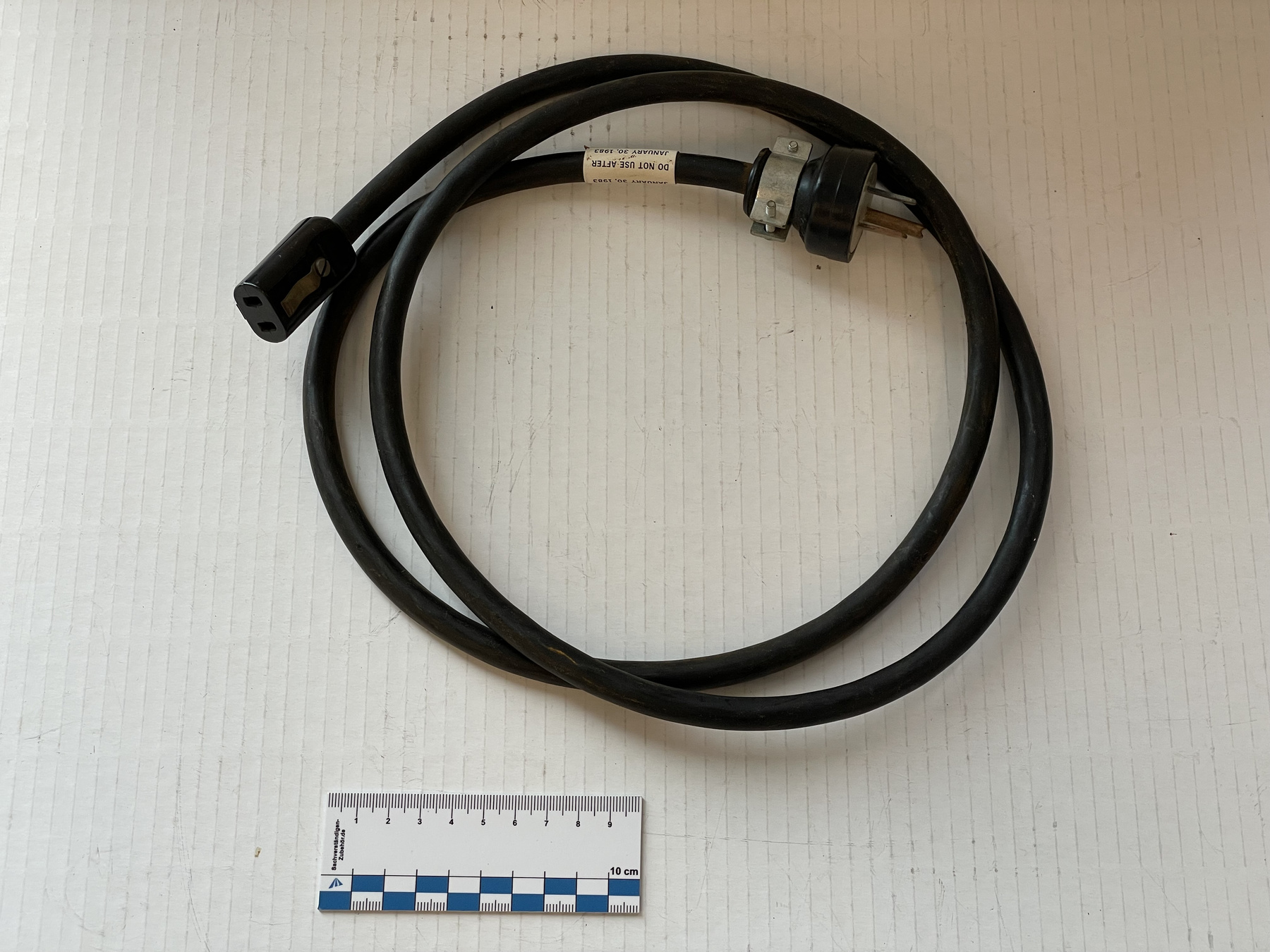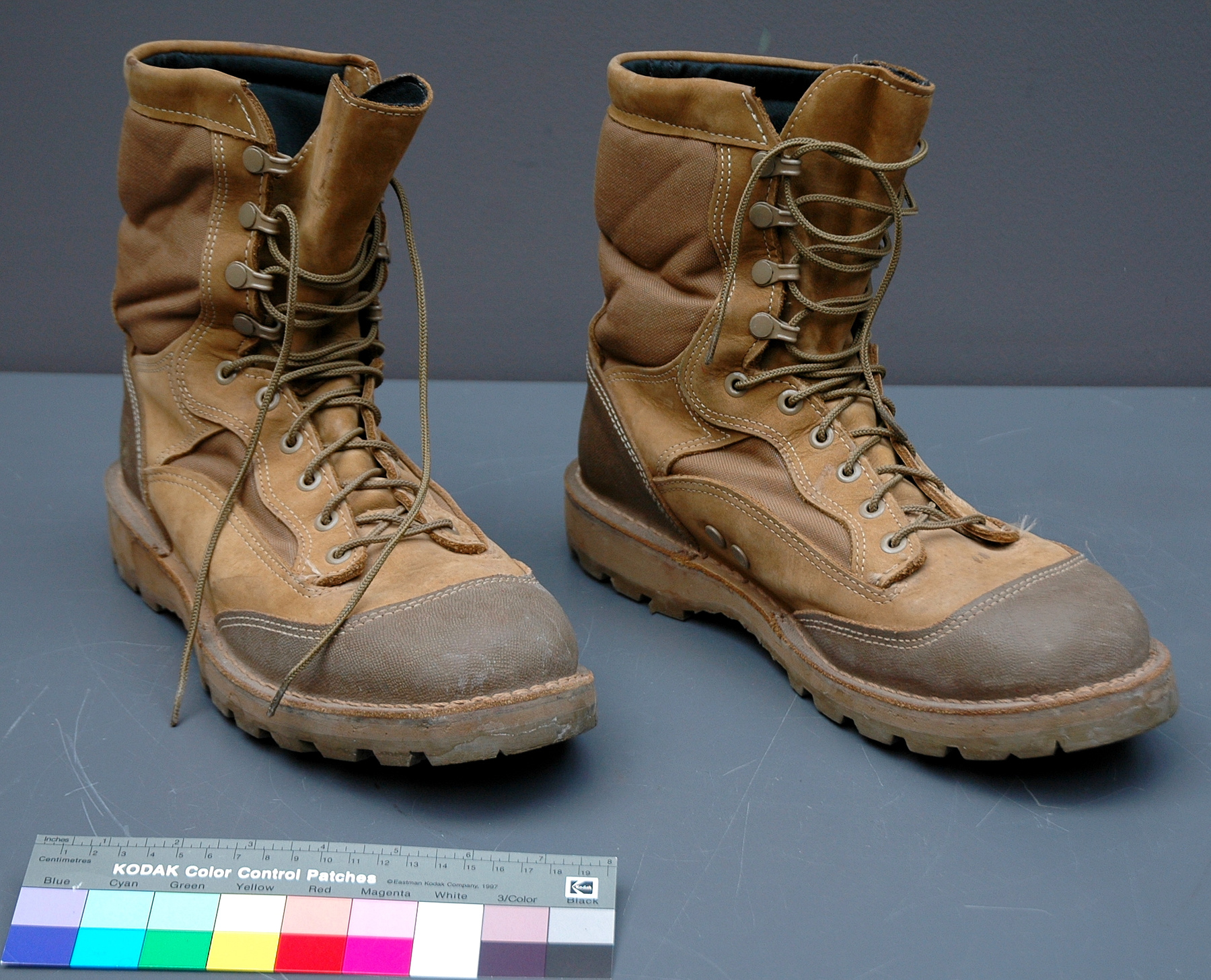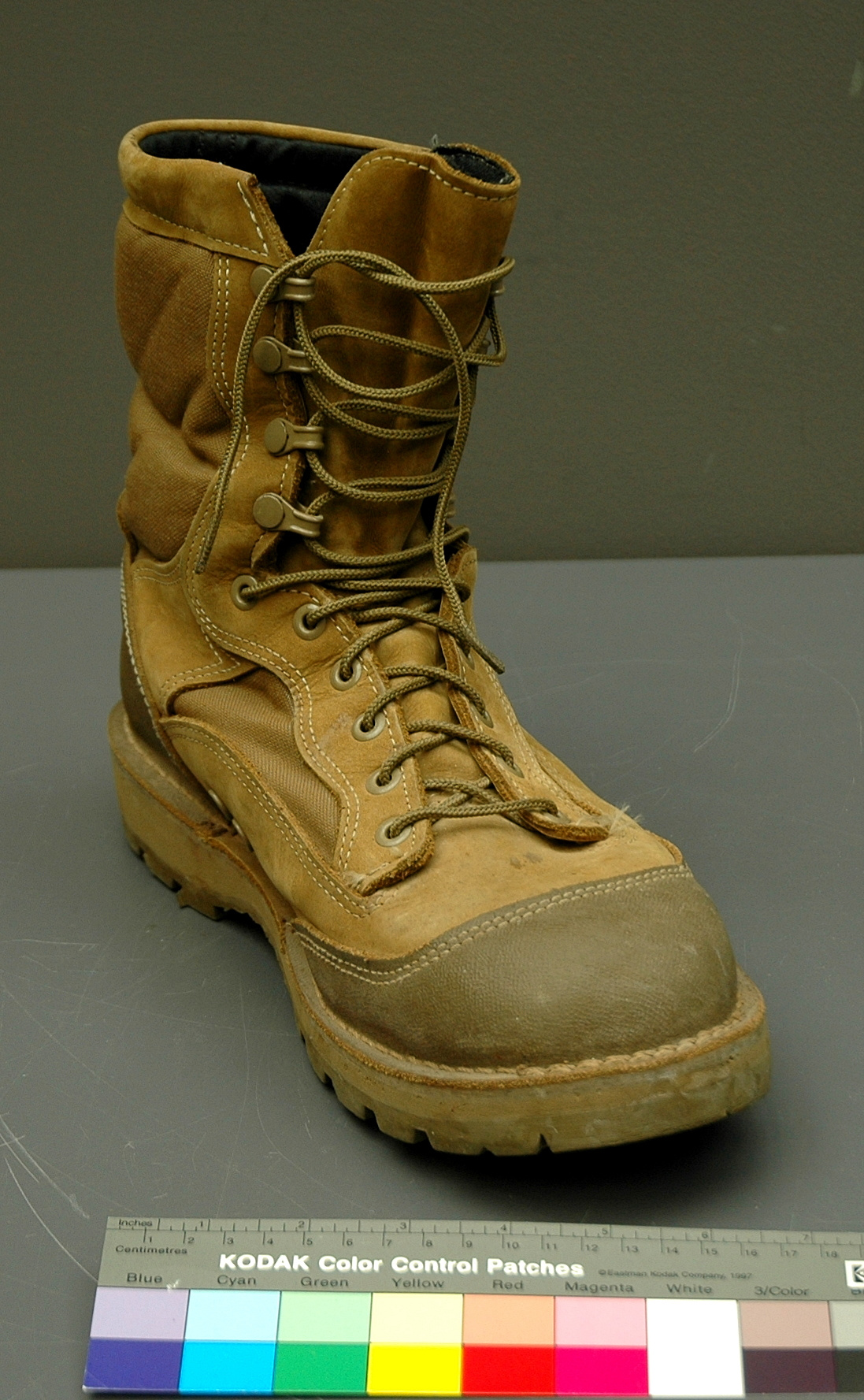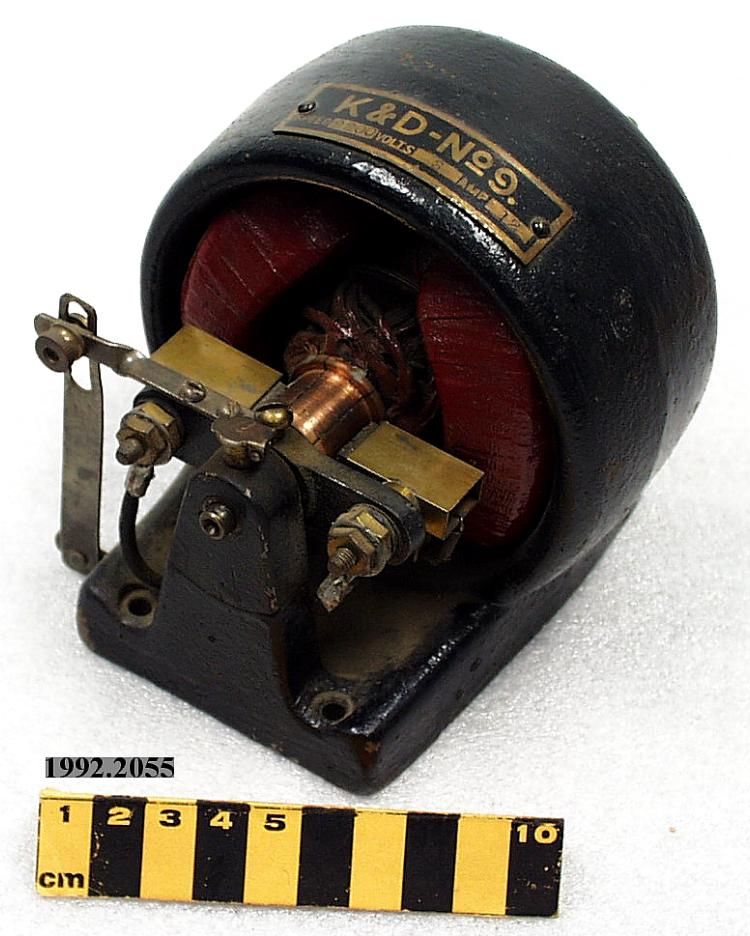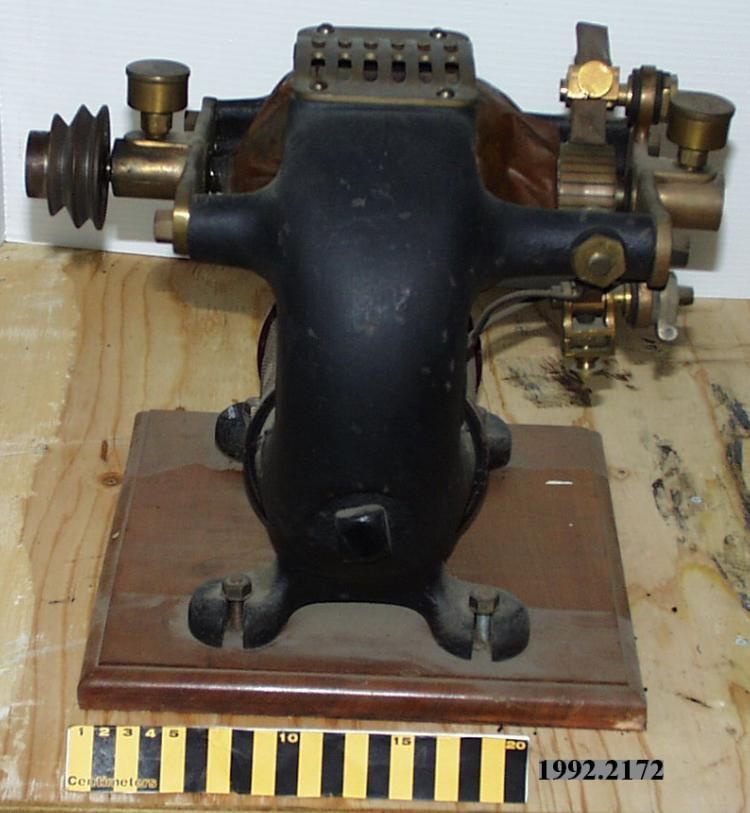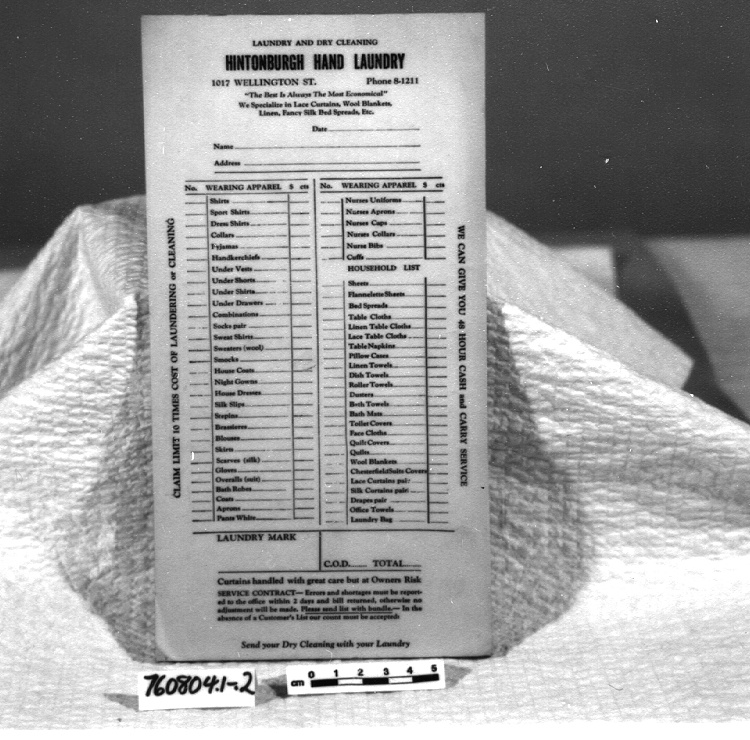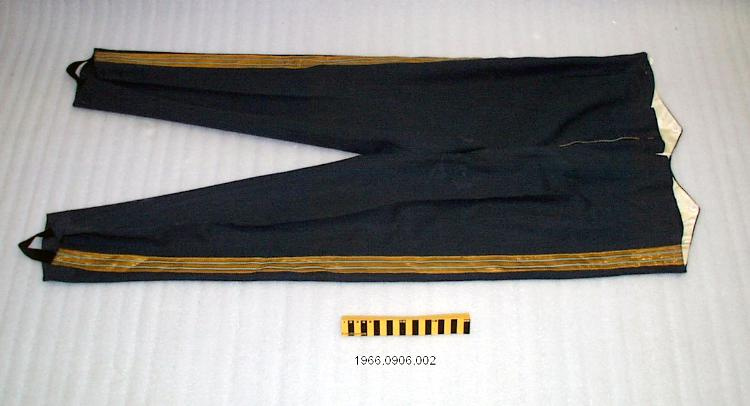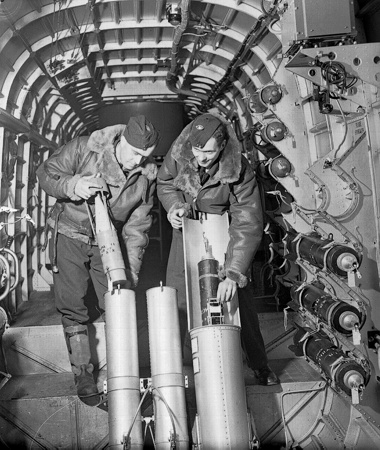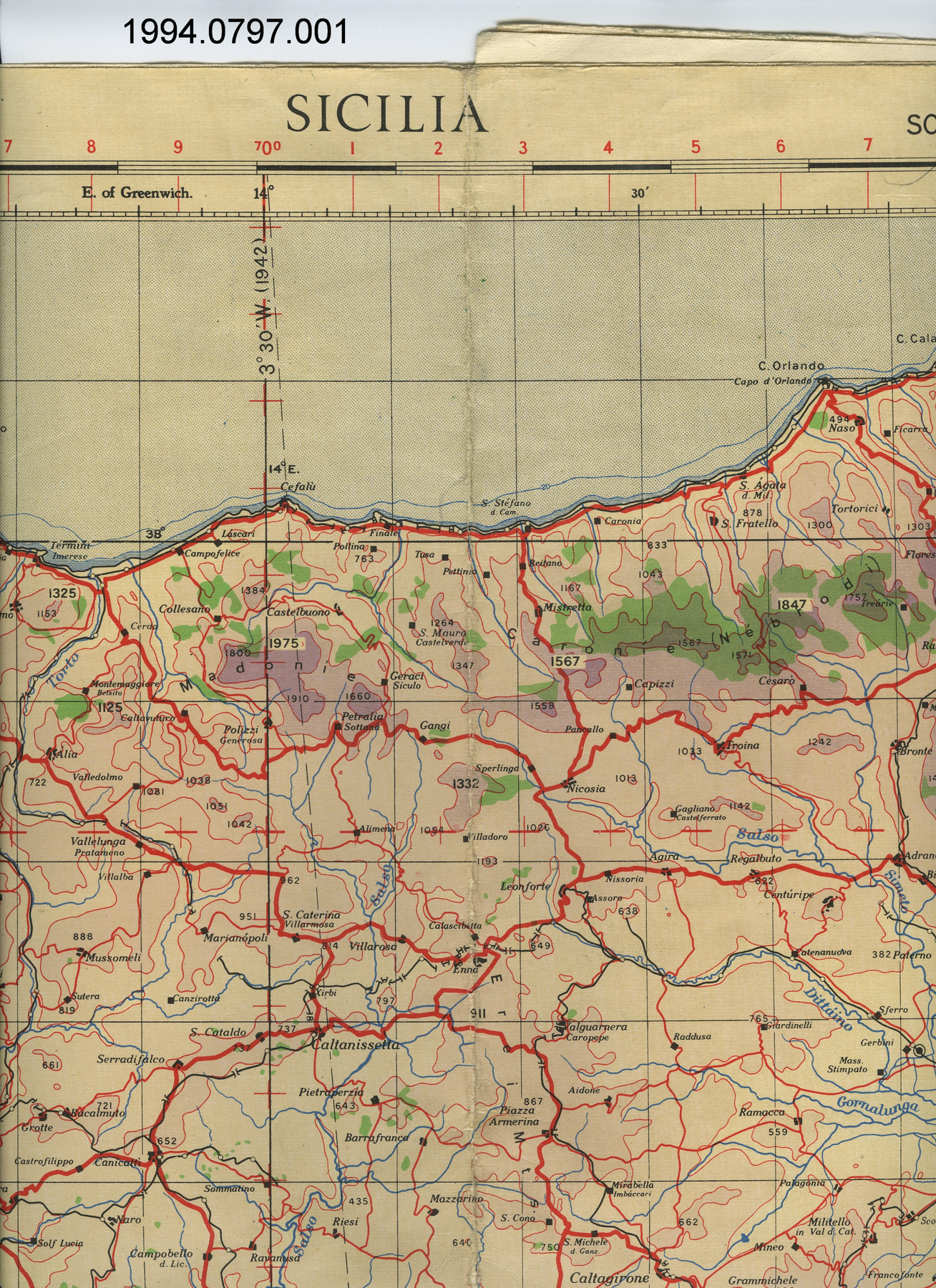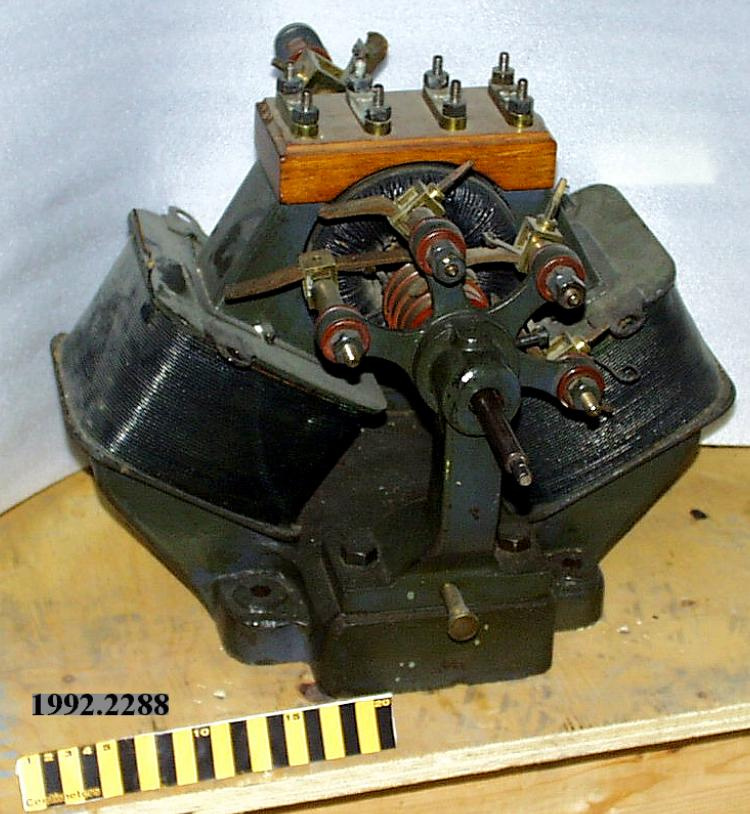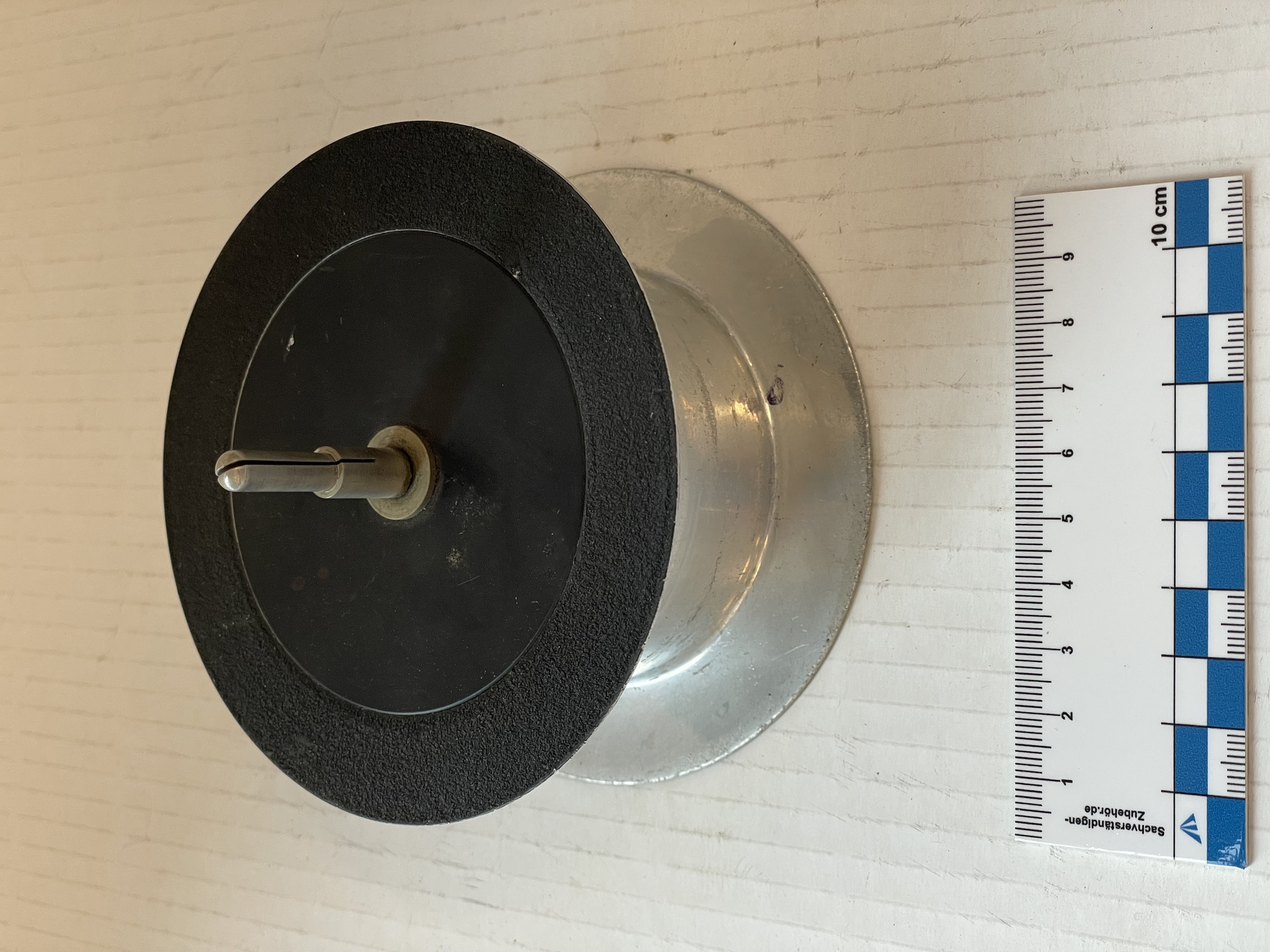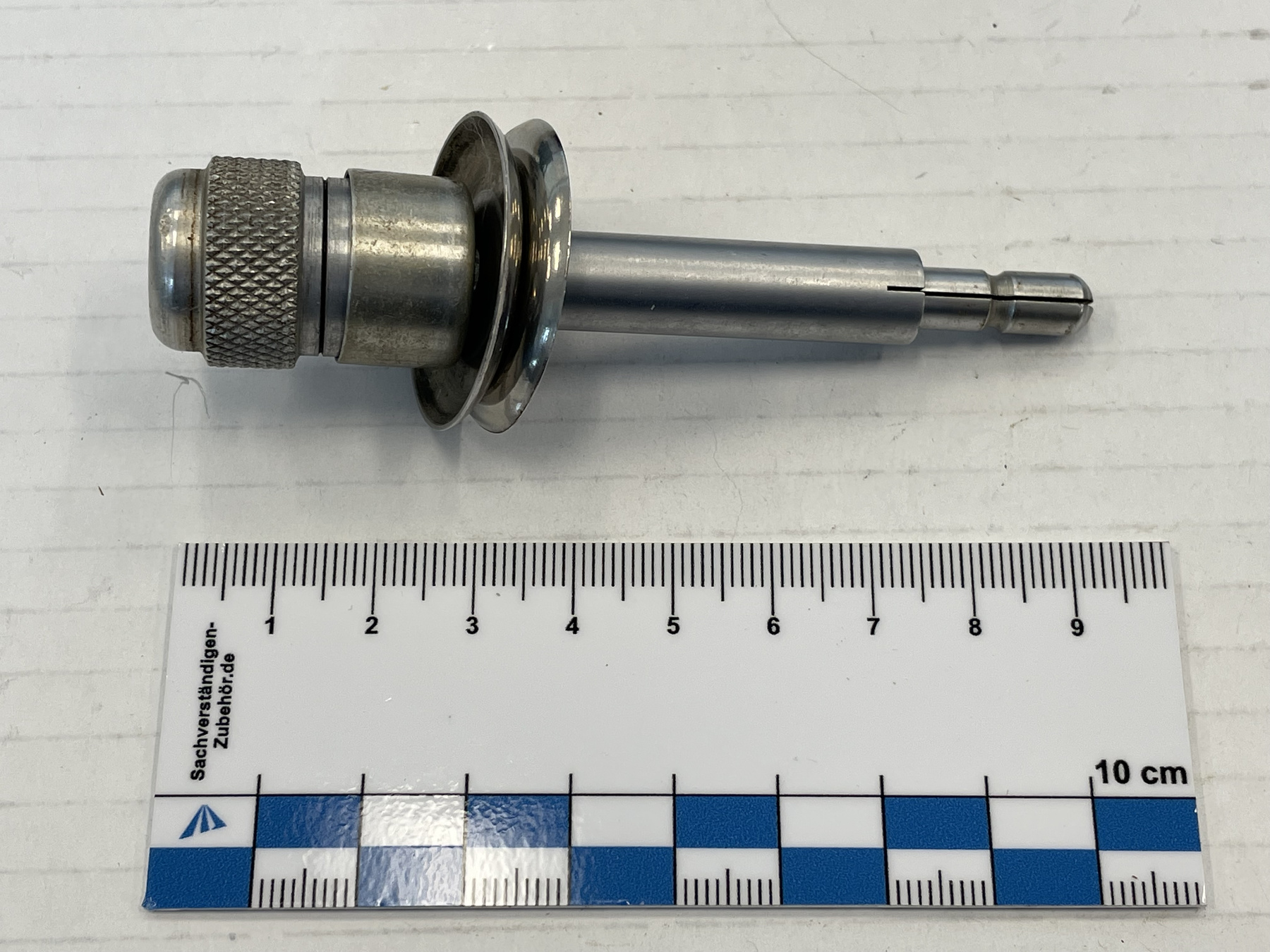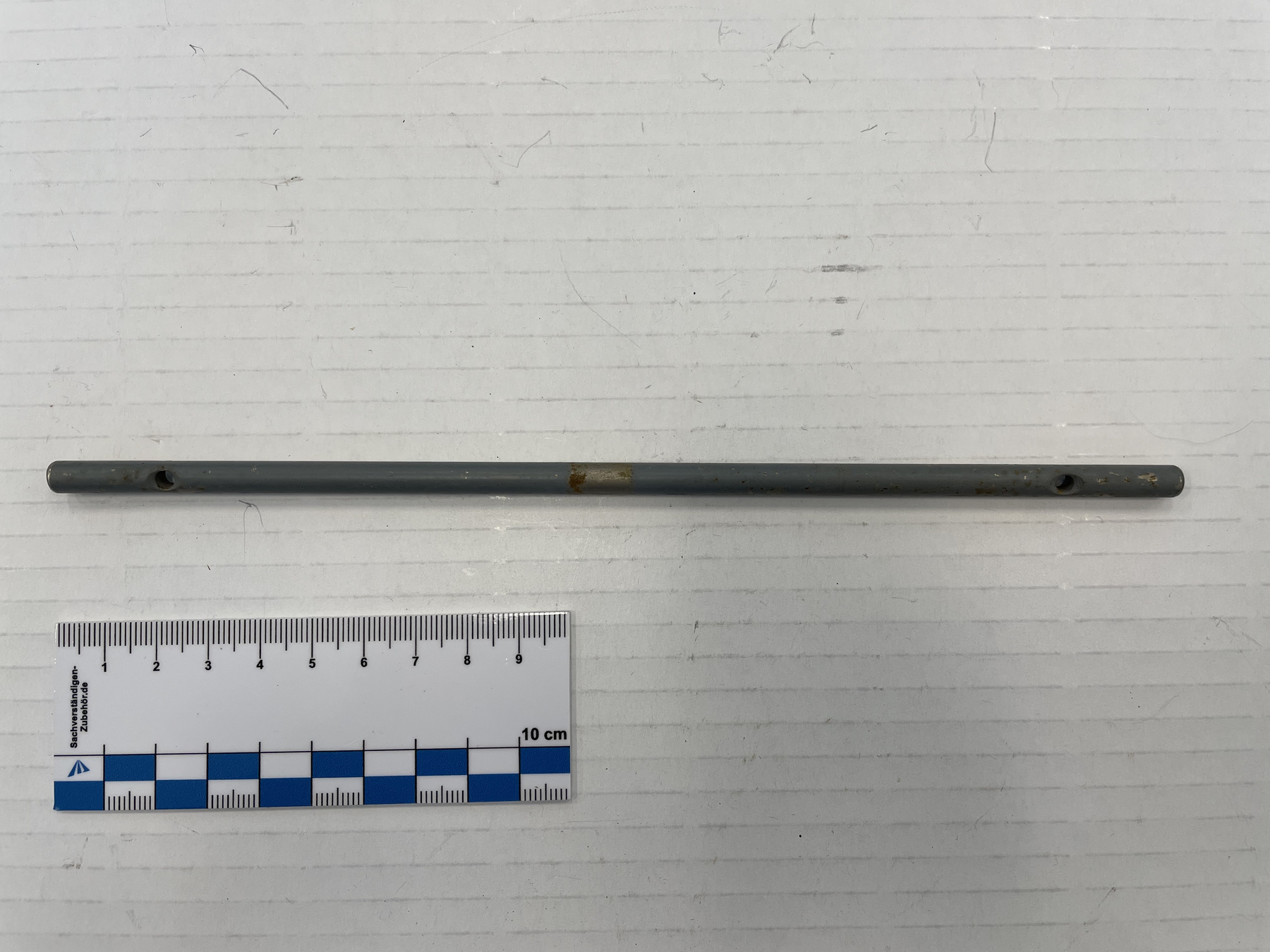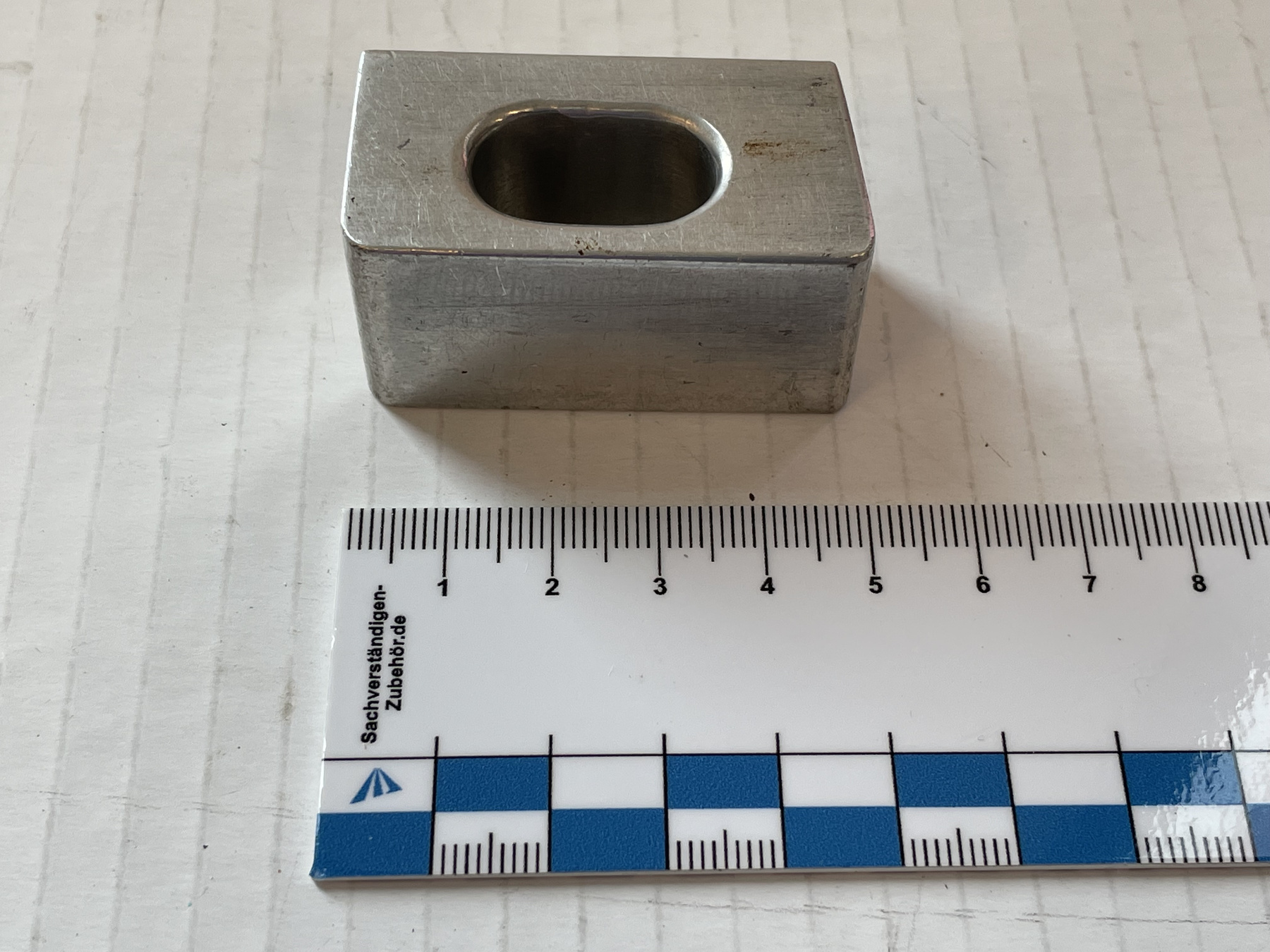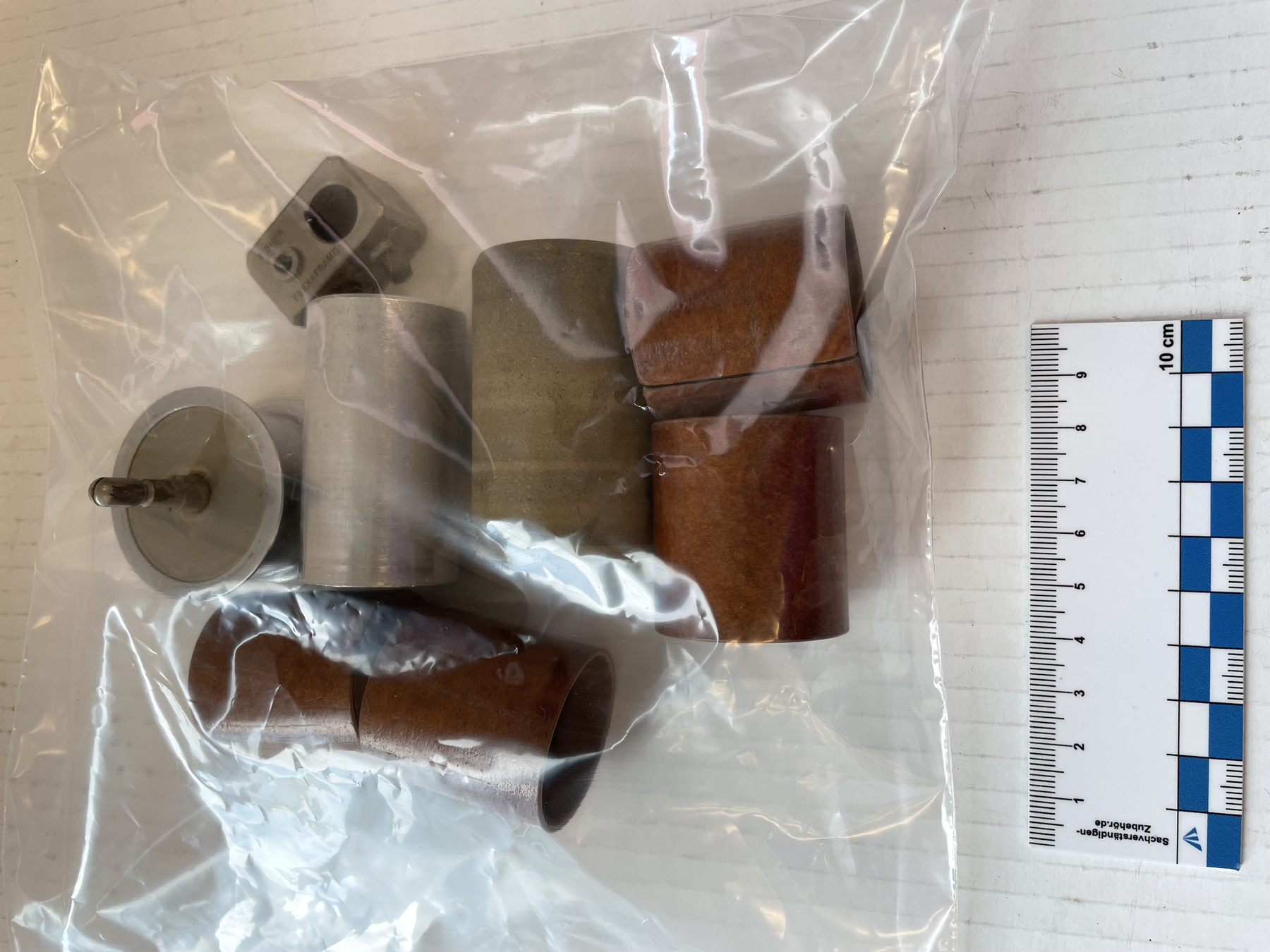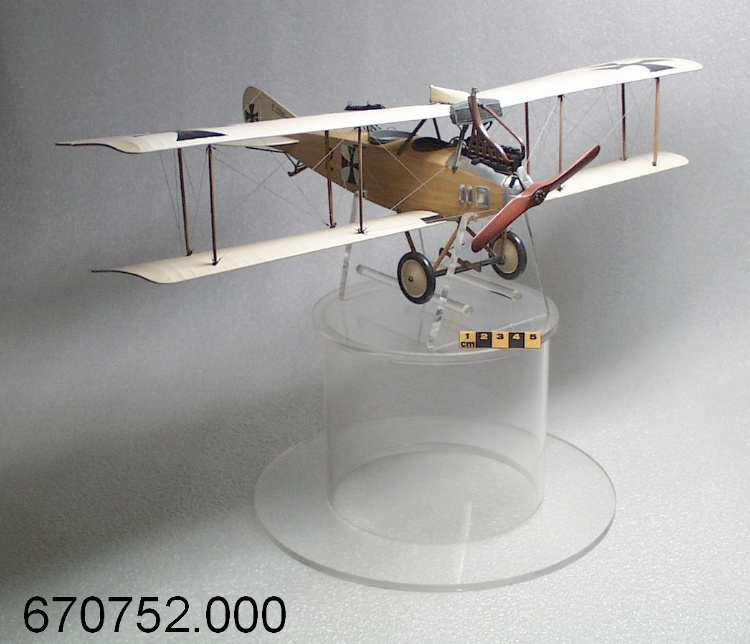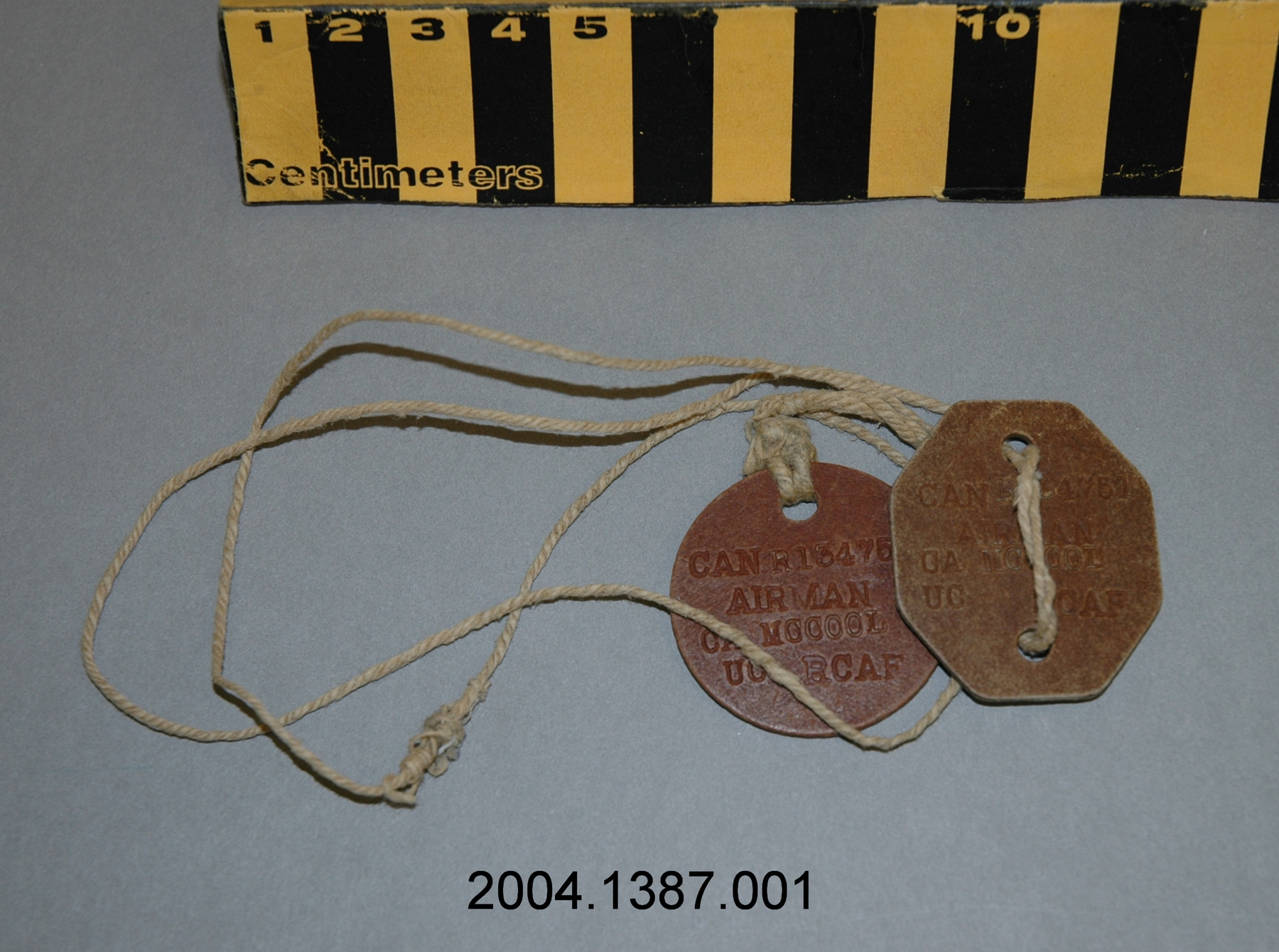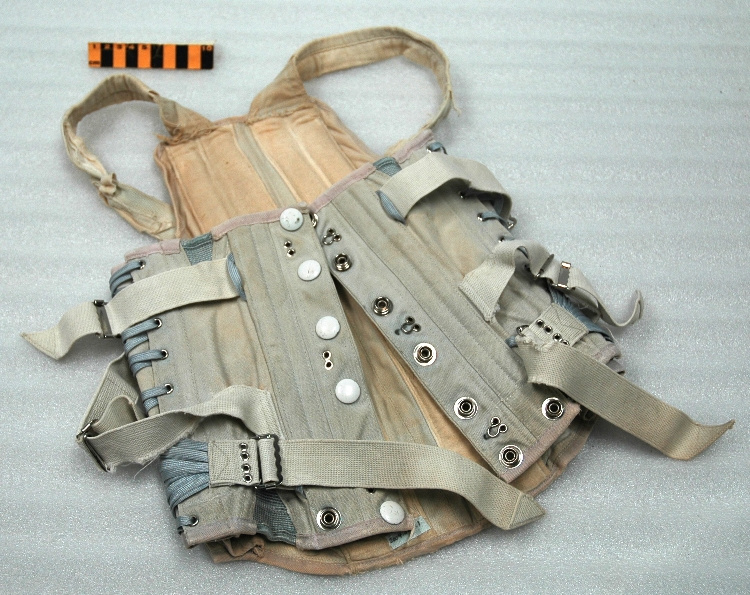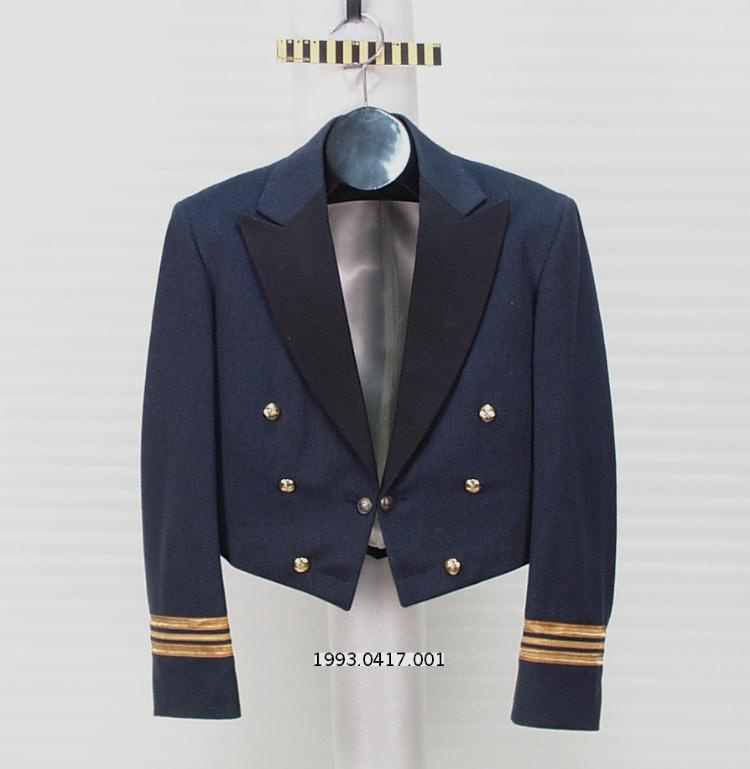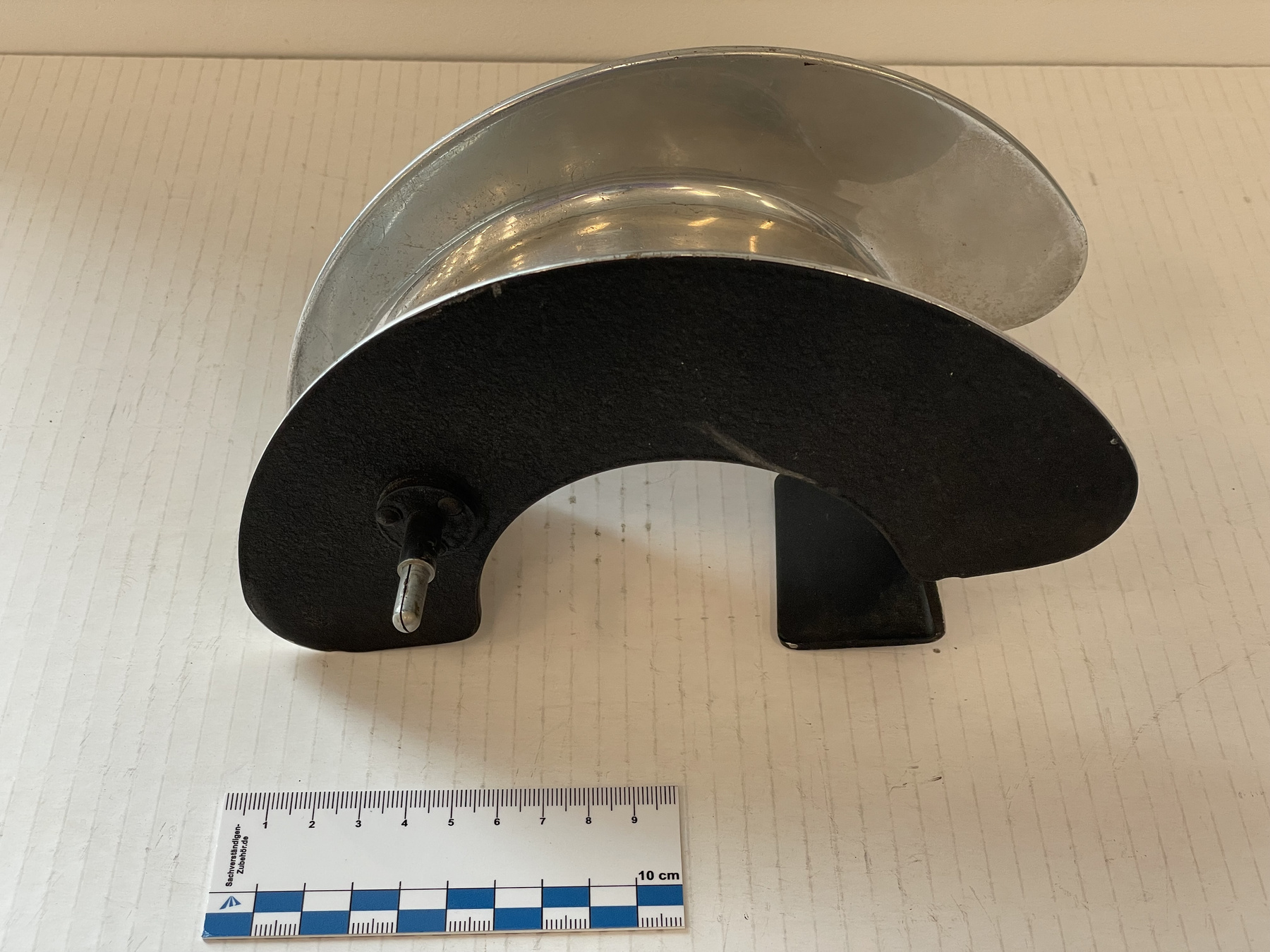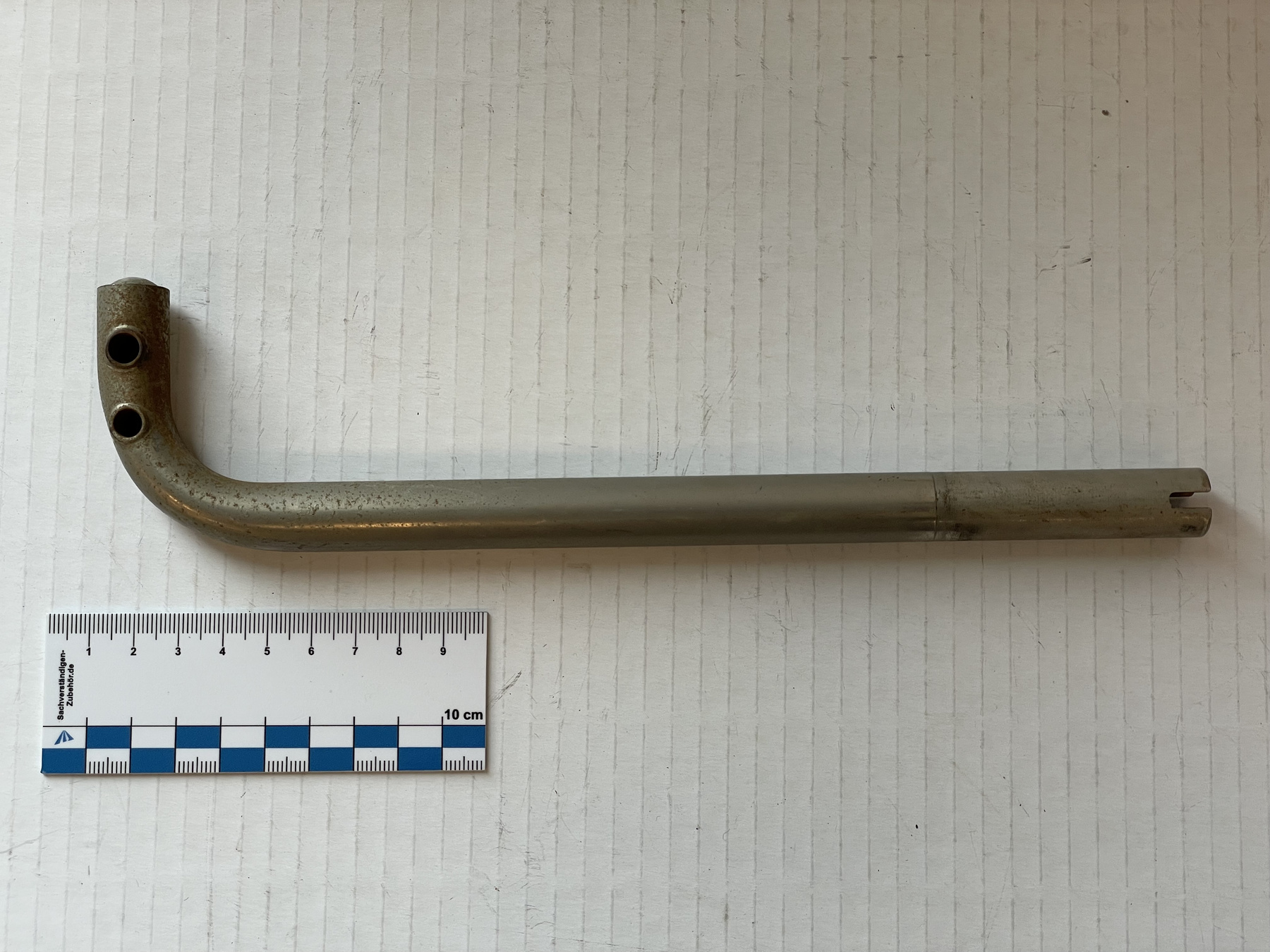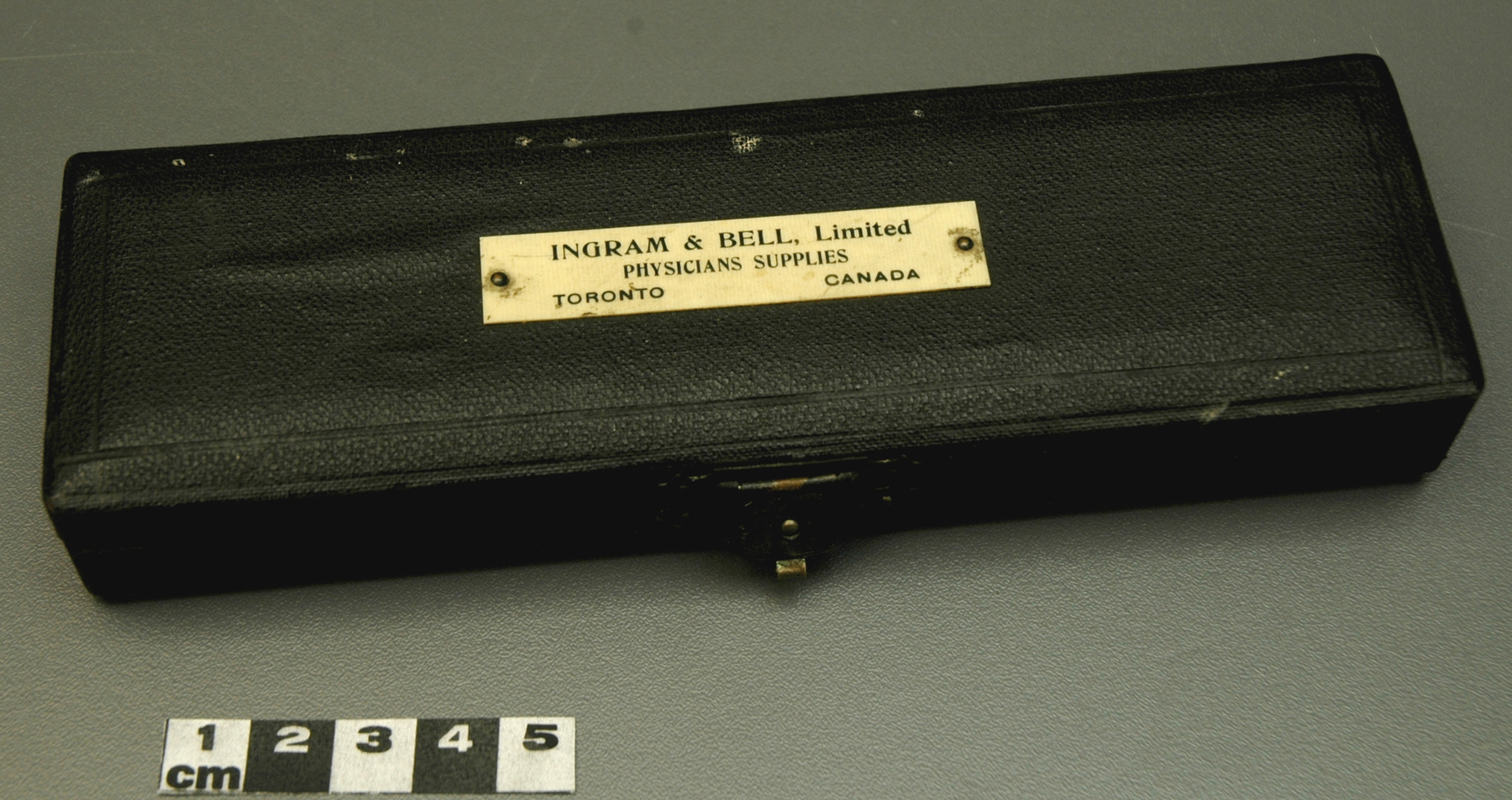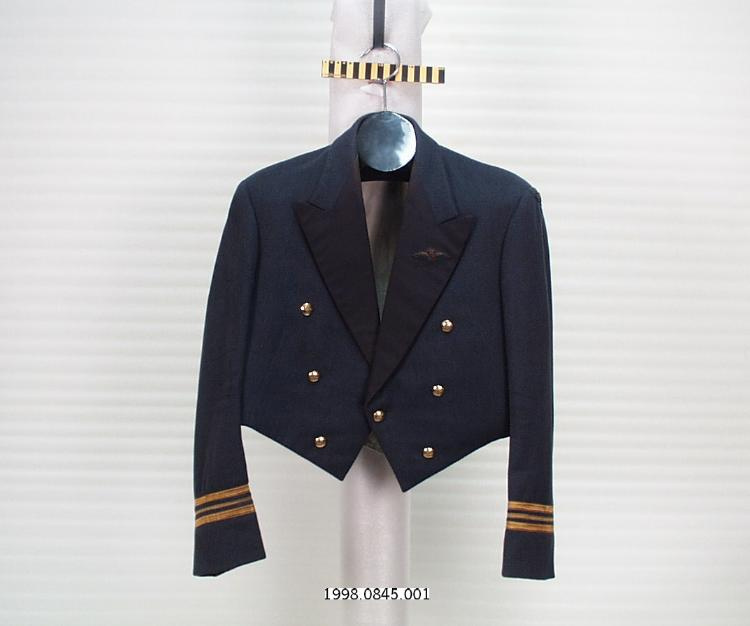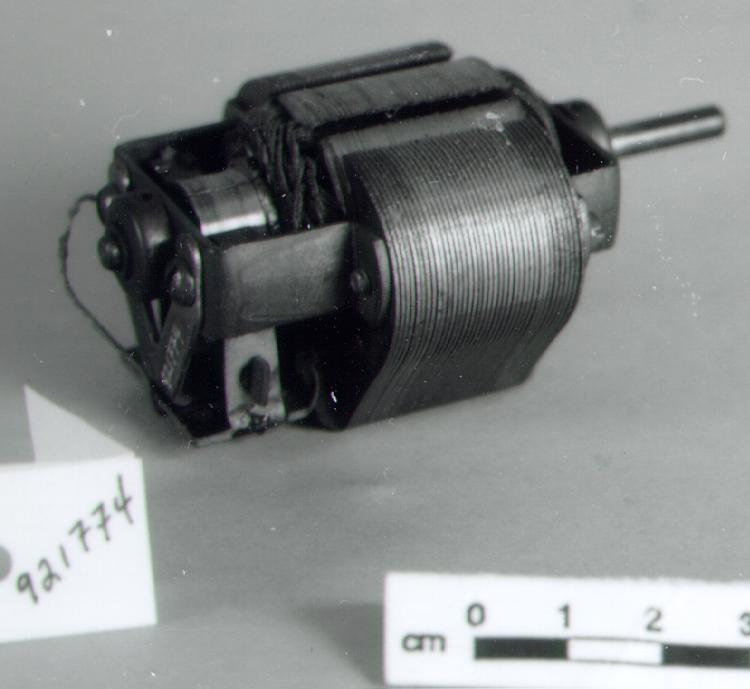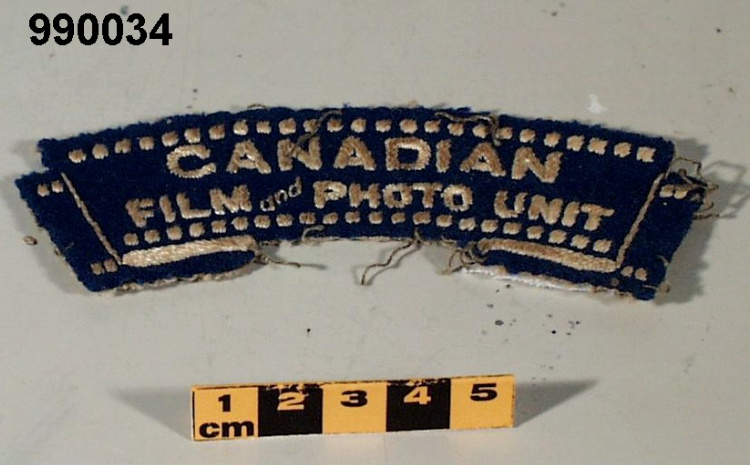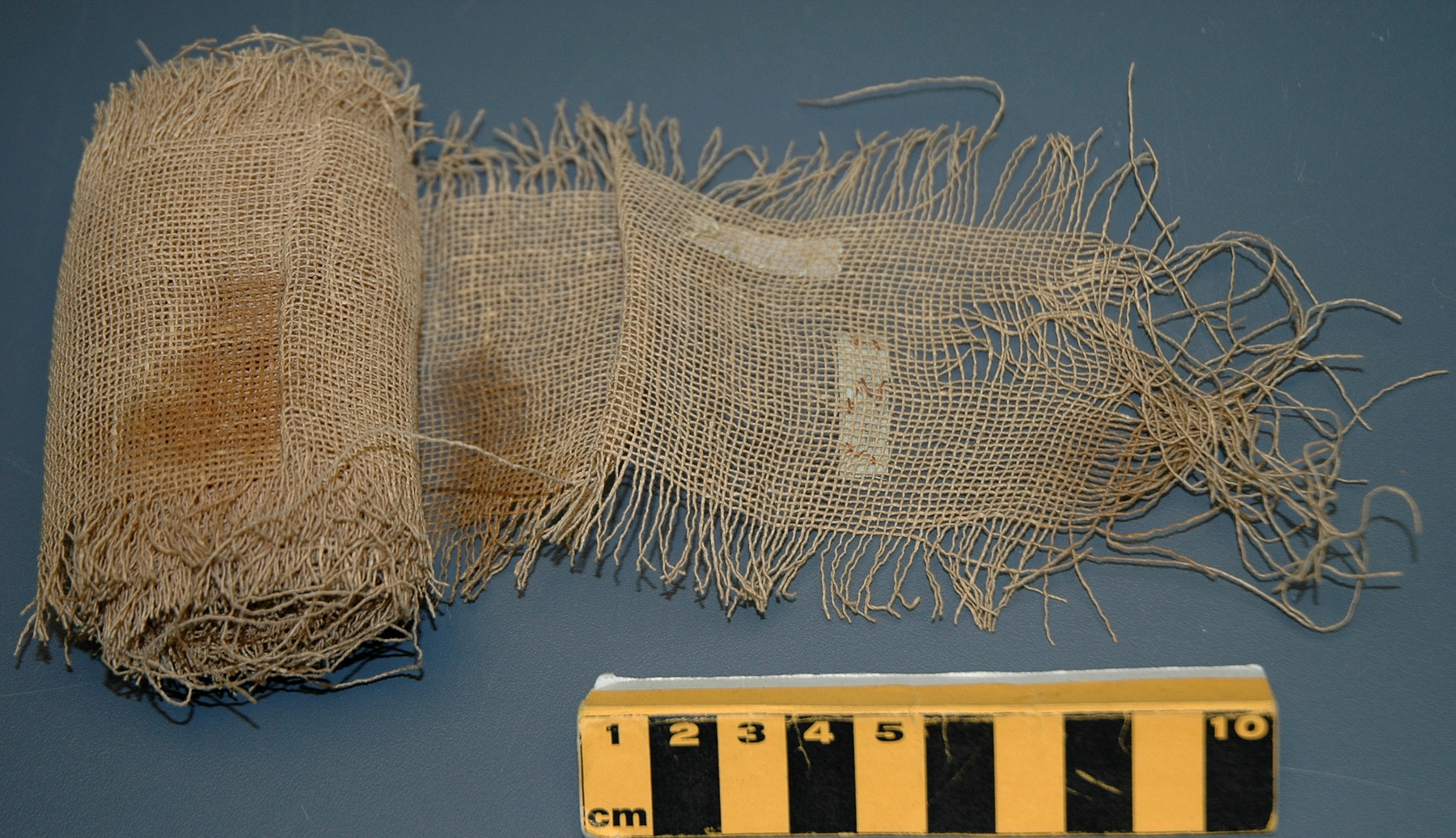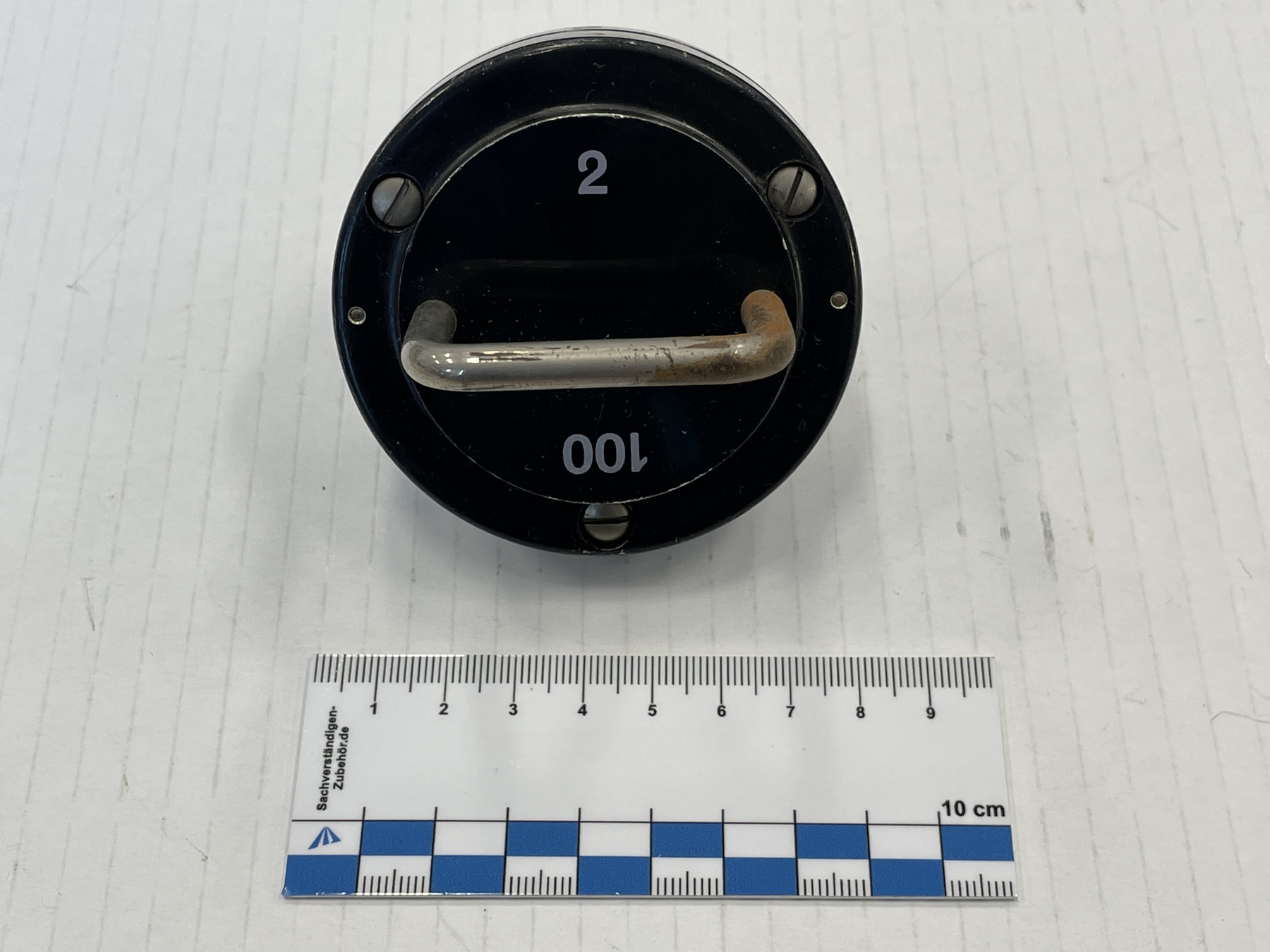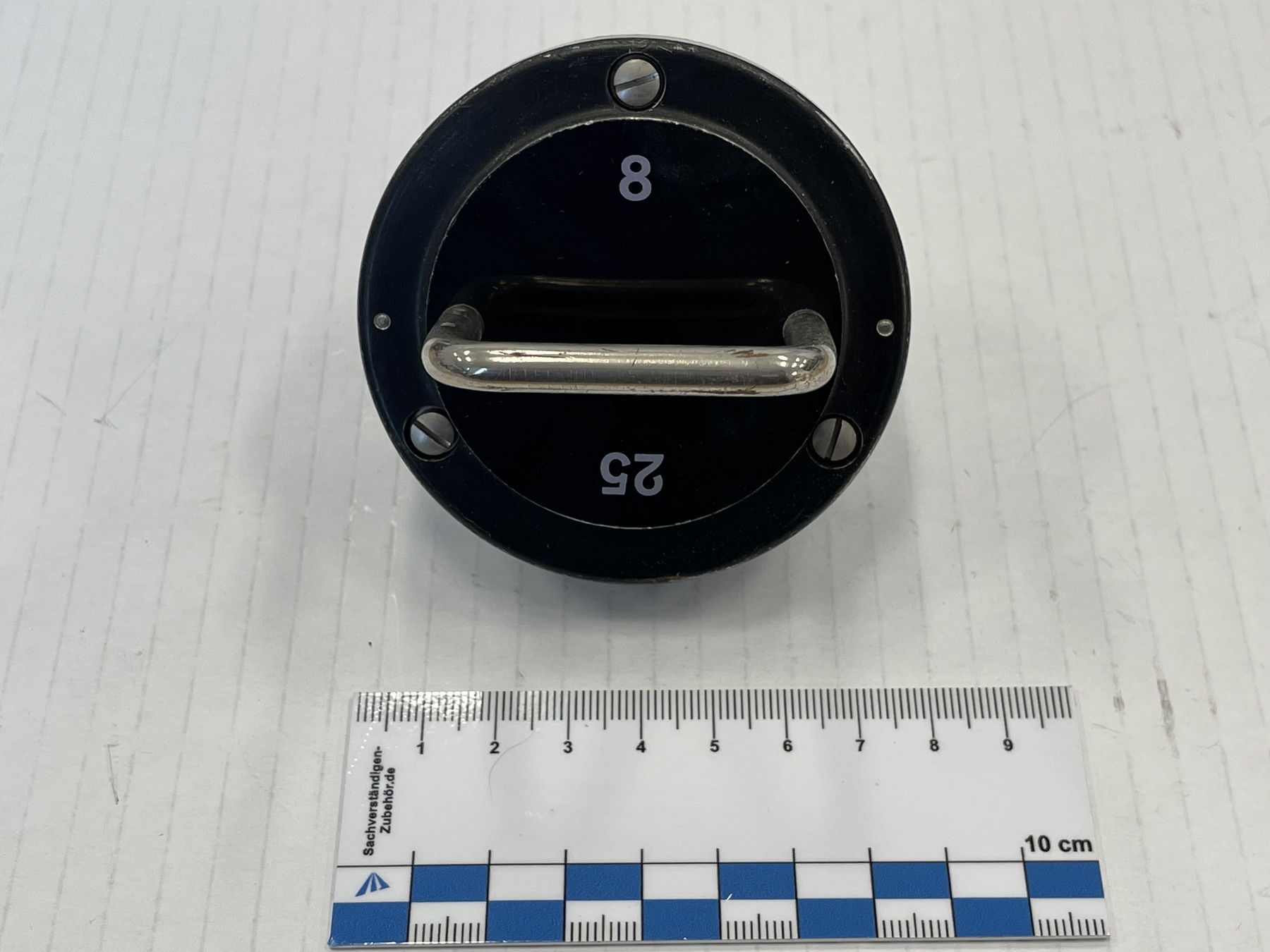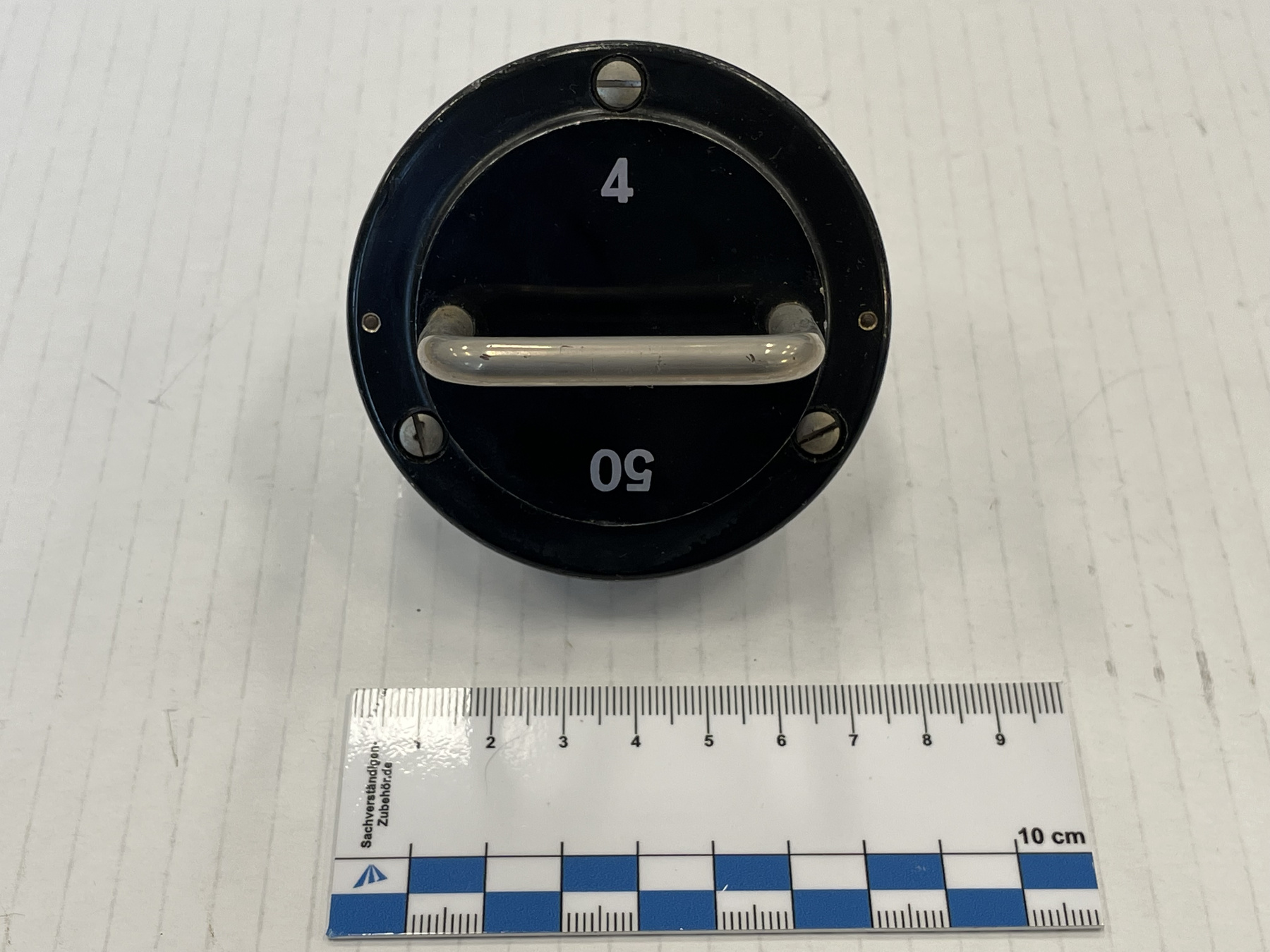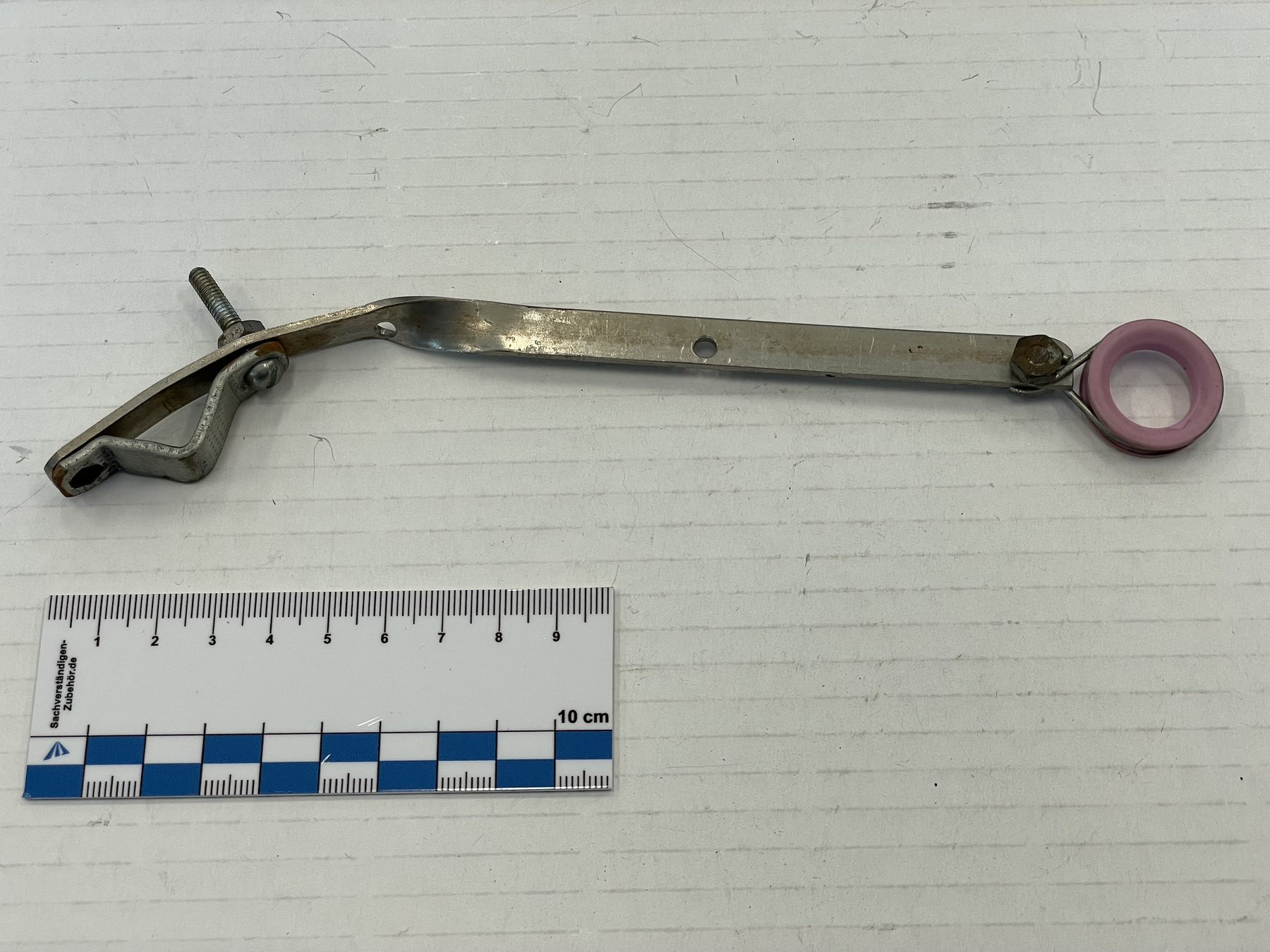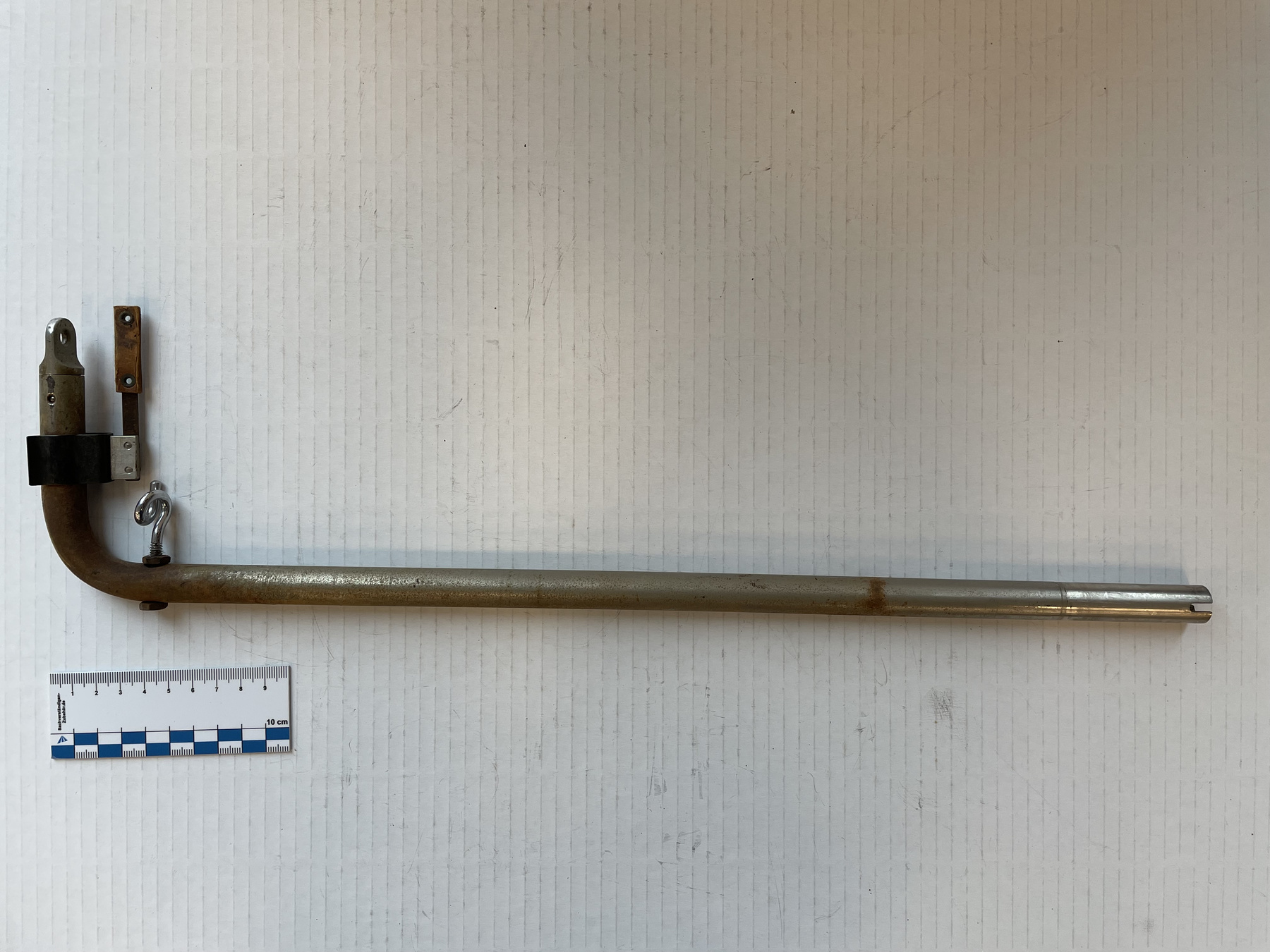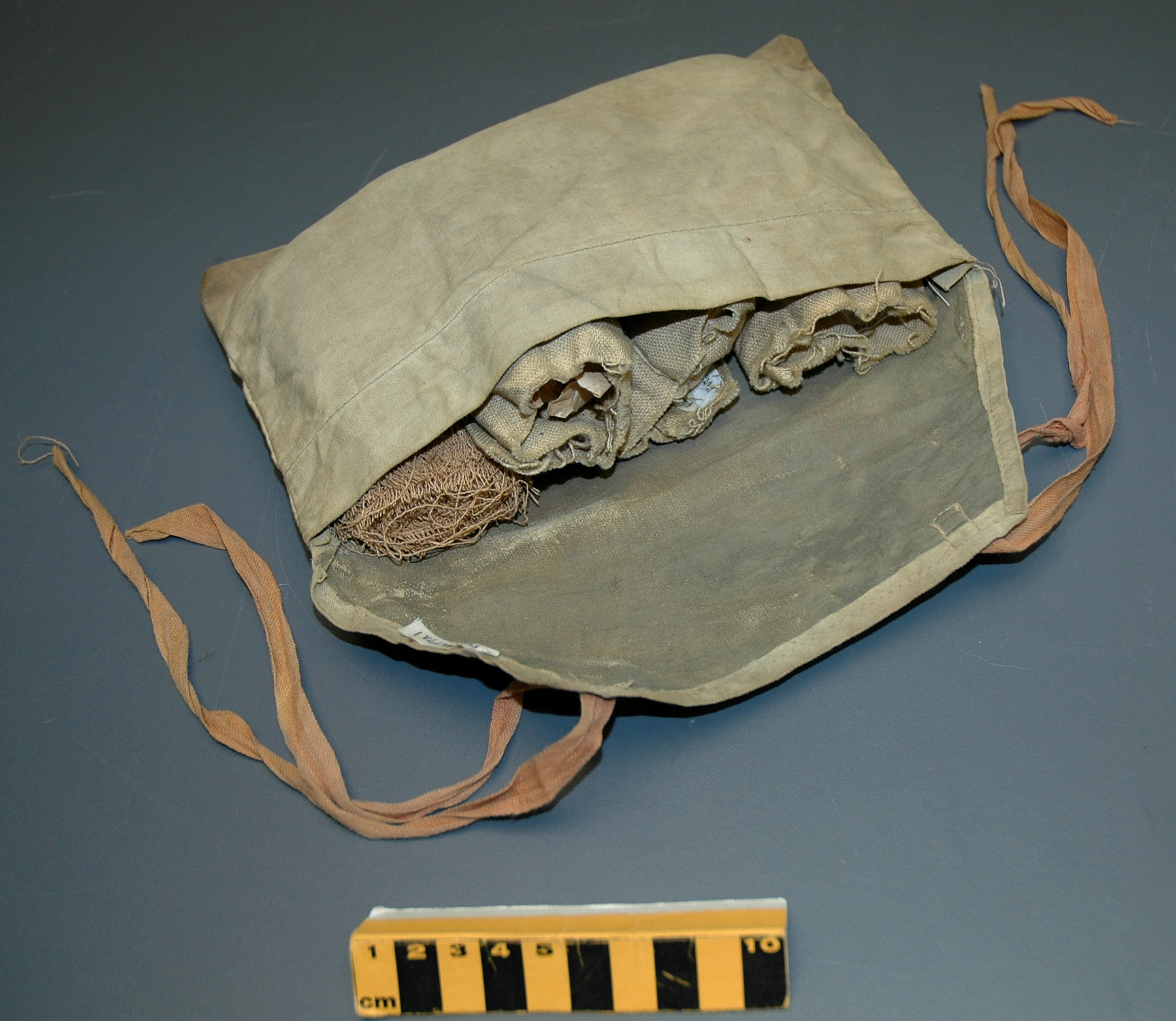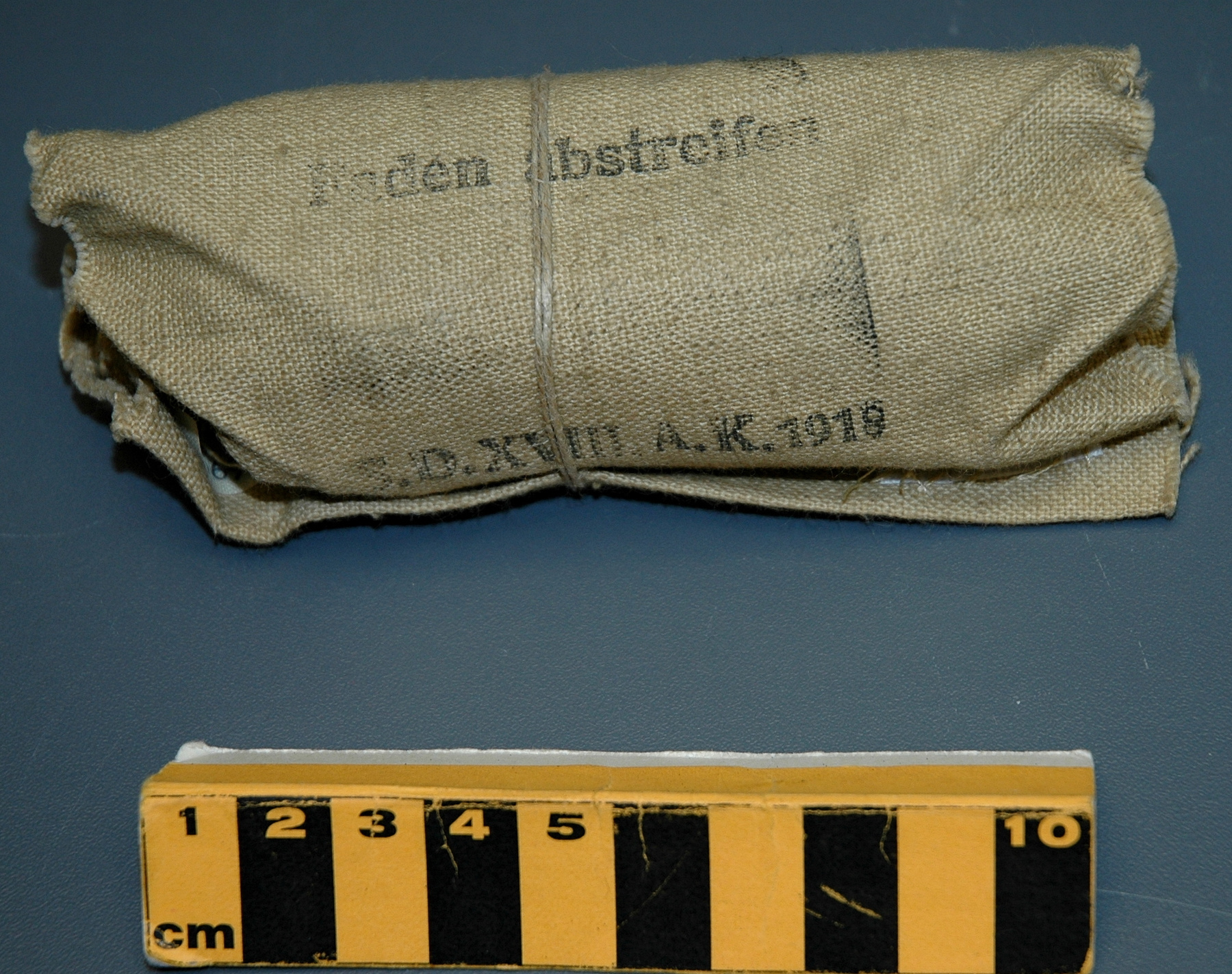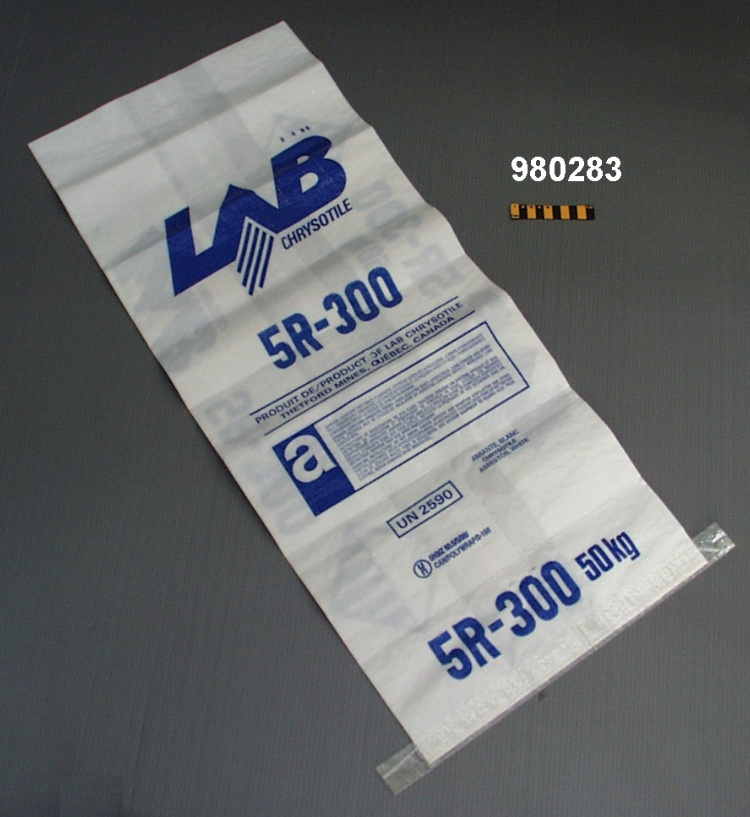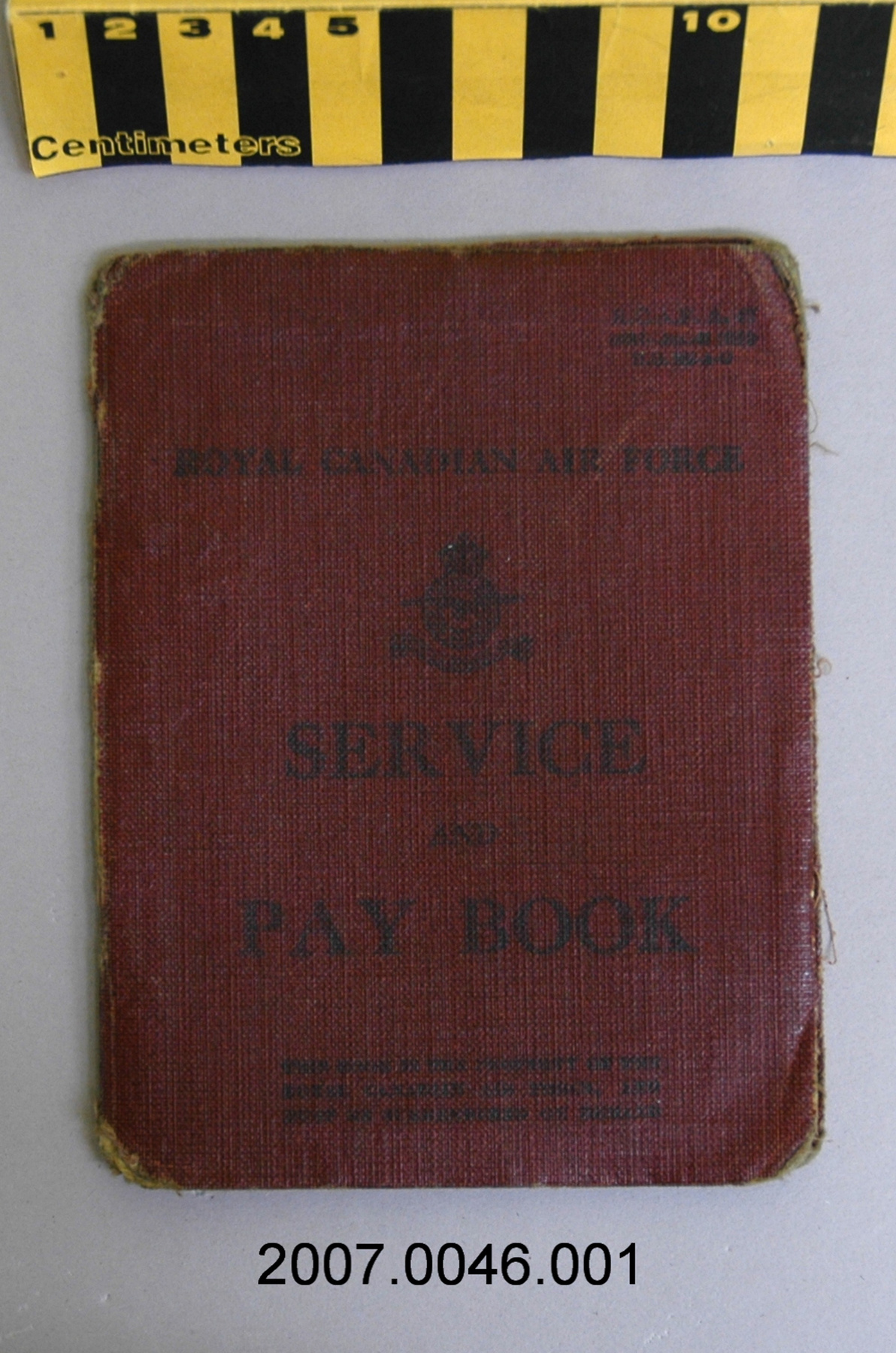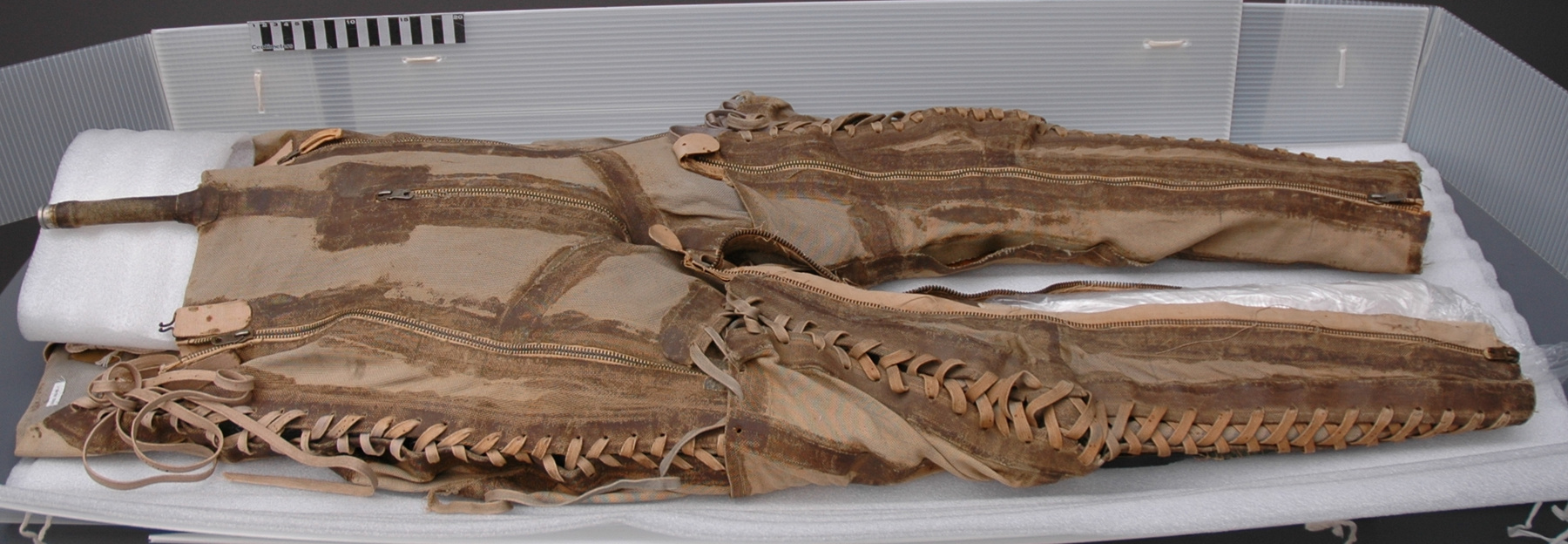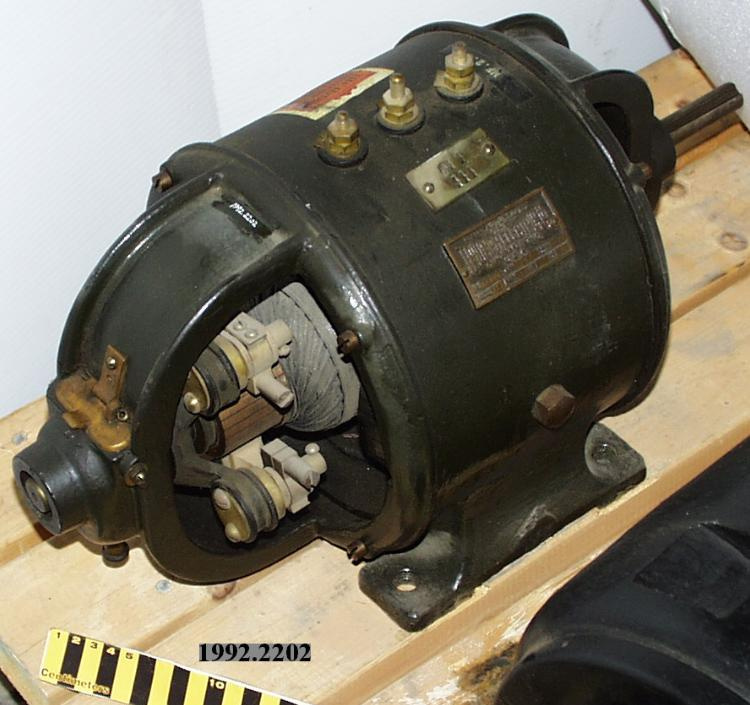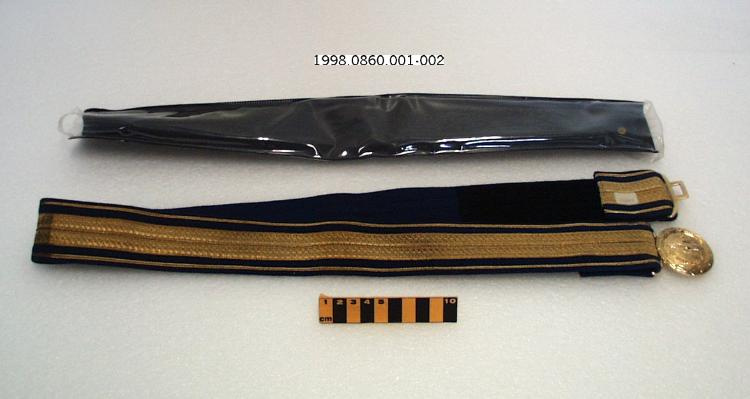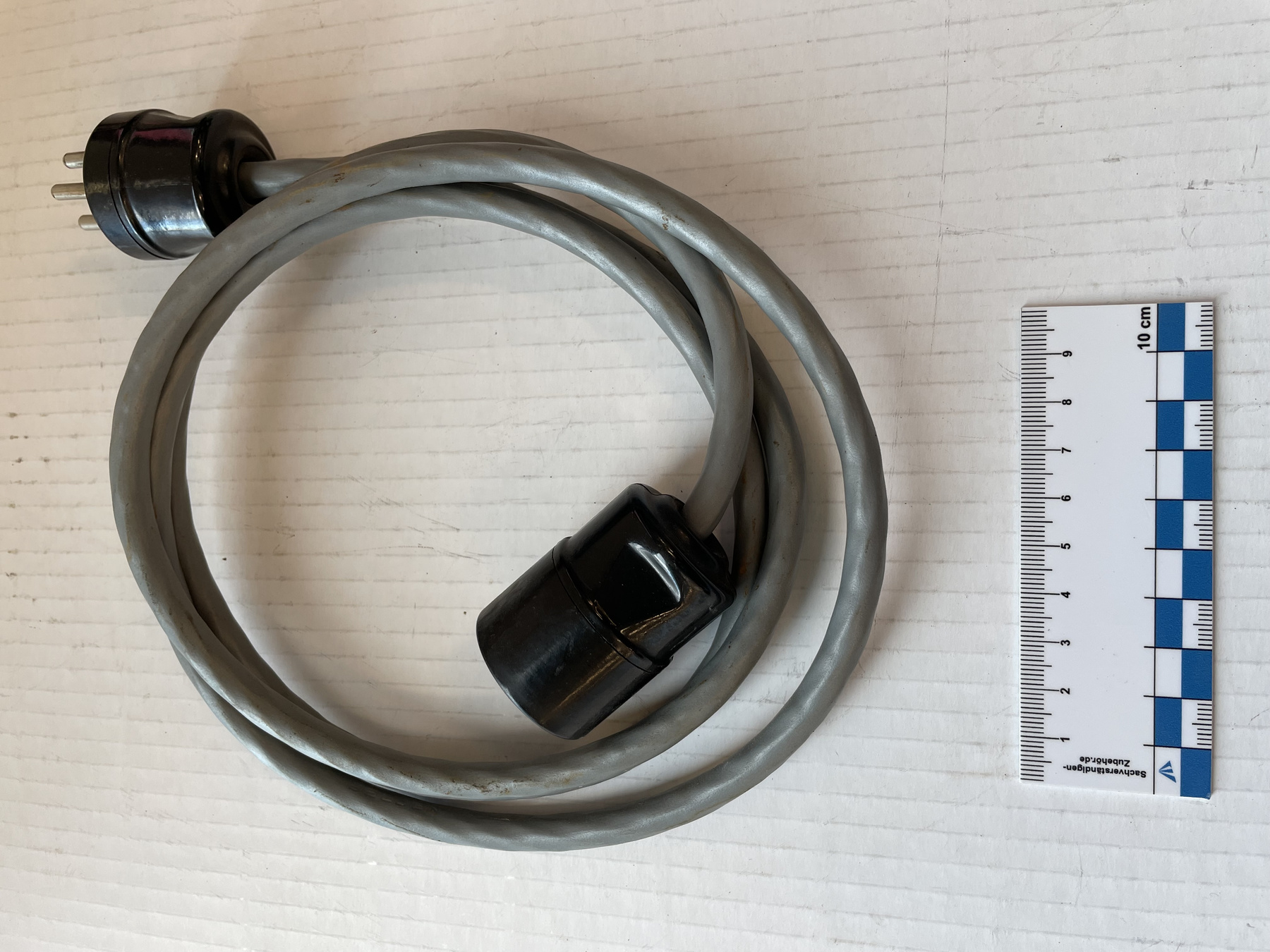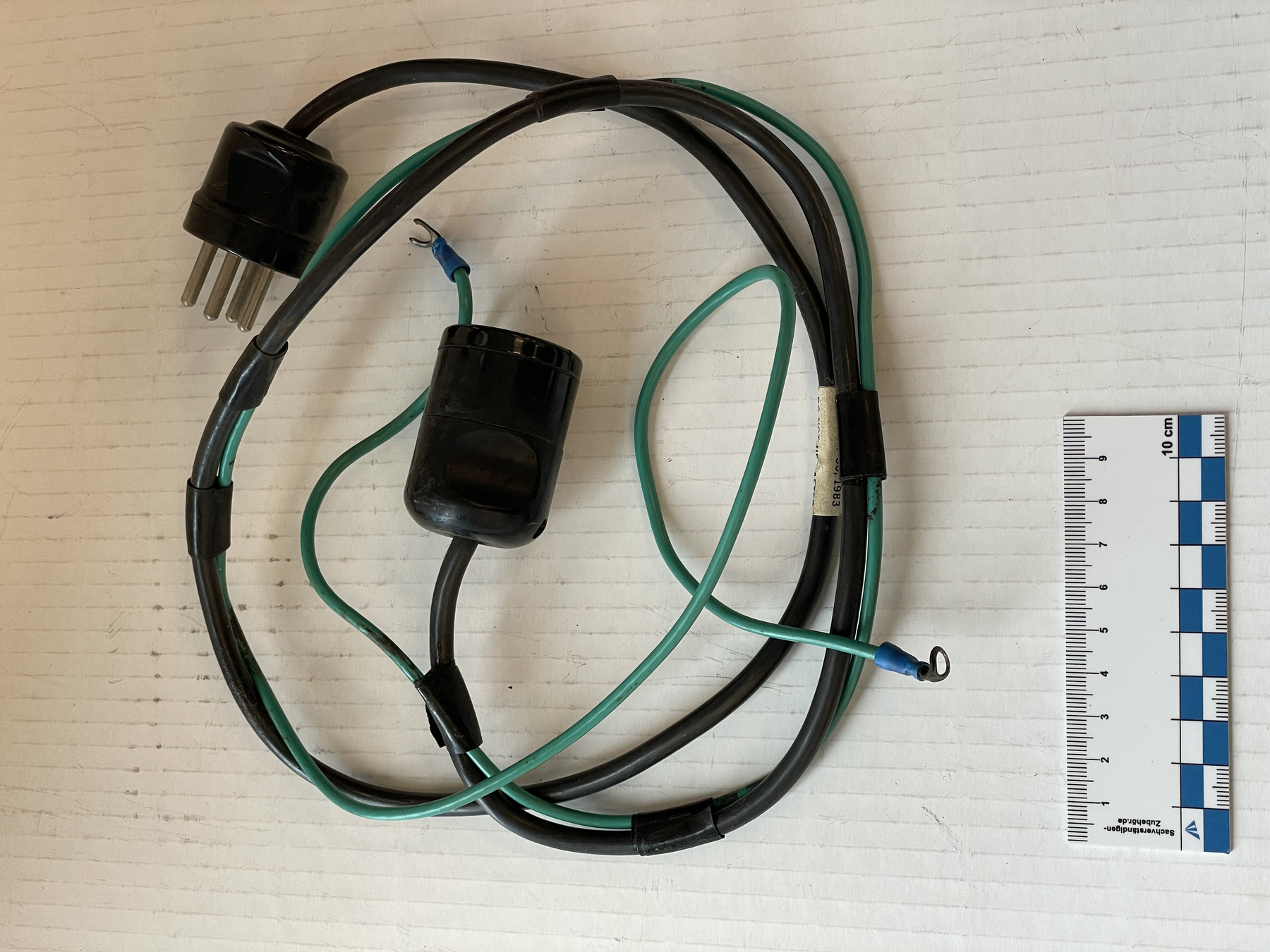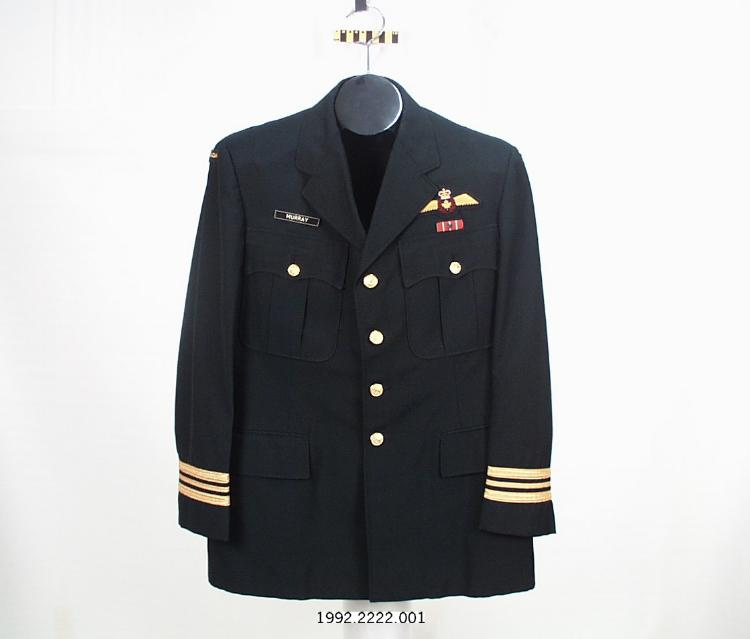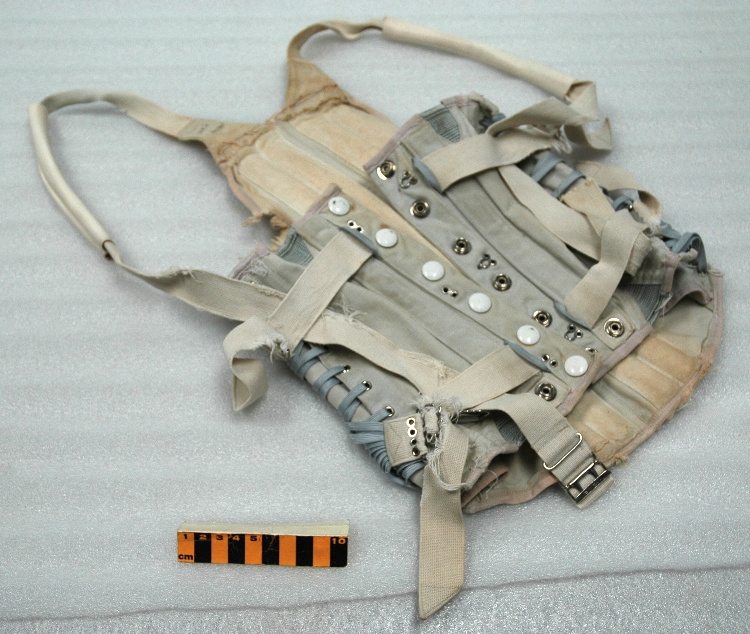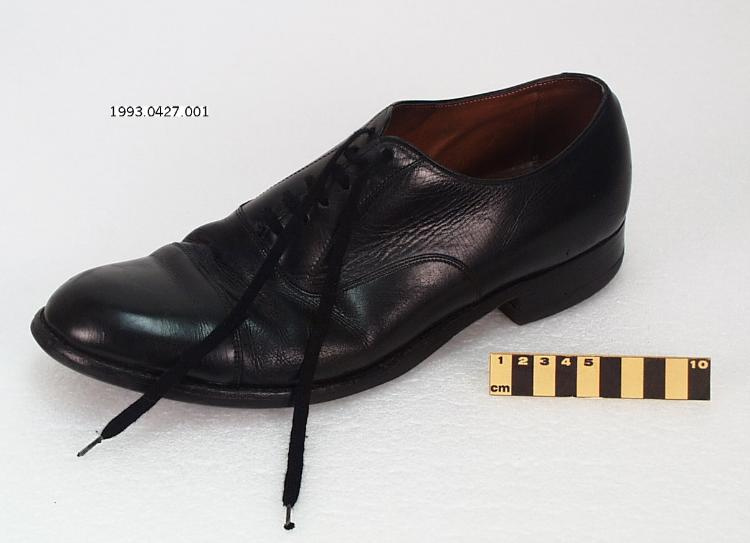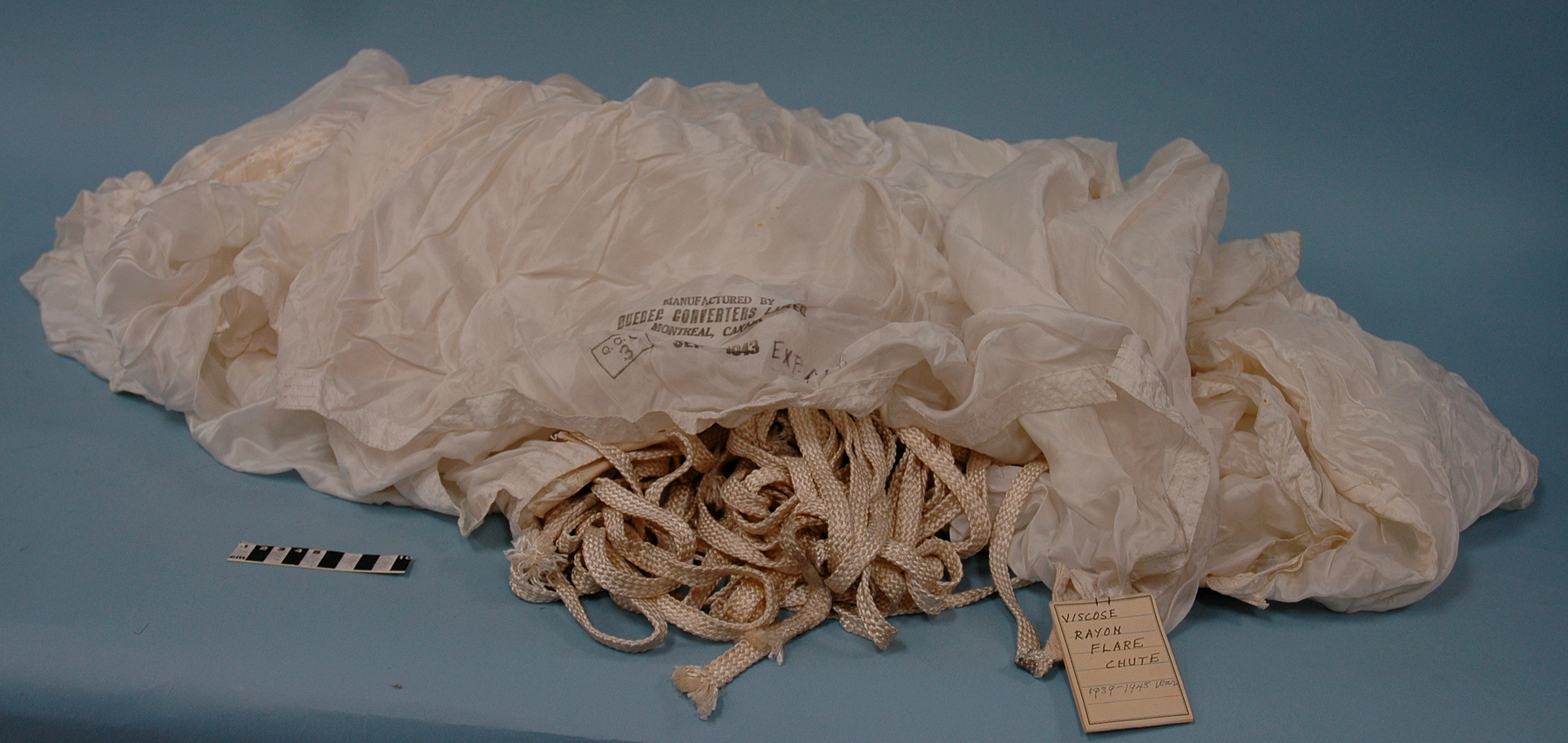Parachute
Use this image
Can I reuse this image without permission? Yes
Object images on the Ingenium Collection’s portal have the following Creative Commons license:
Copyright Ingenium / CC BY-NC-ND (Attribution-NonCommercial 4.0 International (CC BY-NC 4.0)
ATTRIBUTE THIS IMAGE
Ingenium,
1966.1045.001
Permalink:
Ingenium is releasing this image under the Creative Commons licensing framework, and encourages downloading and reuse for non-commercial purposes. Please acknowledge Ingenium and cite the artifact number.
DOWNLOAD IMAGEPURCHASE THIS IMAGE
This image is free for non-commercial use.
For commercial use, please consult our Reproduction Fees and contact us to purchase the image.
- OBJECT TYPE
- aircraft flare
- DATE
- 1943
- ARTIFACT NUMBER
- 1966.1045.001
- MANUFACTURER
- Quebec Converters Ltd.
- MODEL
- EXP. A-1/3
- LOCATION
- Montreal, Quebec, Canada
More Information
General Information
- Serial #
- N/A
- Part Number
- 1
- Total Parts
- 1
- AKA
- chute
- Patents
- N/A
- General Description
- White viscose-rayon fibre chute has stitching, lacings and reinforced edges of natural fibre [including silk and linen] and synthetic materials. Off-white heavy paper tag bearing printed text is fixed to parachute using metal staple.
Dimensions
Note: These reflect the general size for storage and are not necessarily representative of the object's true dimensions.
- Length
- N/A
- Width
- N/A
- Height
- N/A
- Thickness
- N/A
- Weight
- N/A
- Diameter
- 335.0 cm
- Volume
- N/A
Lexicon
- Group
- Aviation
- Category
- Research
- Sub-Category
- N/A
Manufacturer
- AKA
- Quebec
- Country
- Canada
- State/Province
- Quebec
- City
- Montreal
Context
- Country
- Unknown
- State/Province
- Unknown
- Period
- This [sample ?] parachute was mfd. in Sept., 1943.
- Canada
-
Unknown - Function
-
To control descent of reconnaissance aircraft flare by creating drag. - Technical
-
".... [the] synthetic textile industry appeared in the years just after the First War. The production of artificial silk, more properly known as viscose rayon, made from bleached wood pulp, began in Cornwall, Ontario in 1925, in a factory built by Courtaulds (Canada). A year later Celanese Canada began making acetate yarn in a new plant in Drummondville, Quebec. DuPont Canada was the first to manufacture nylon yarn in Canada at its factory in Kingston, Ontario in 1942. This secret material was initially used for parachutes but following the war was used to make nylon stockings." [Ref. 2] - Area Notes
-
Unknown
Details
- Markings
- "MANUFACTURED BY/ QUEBEC CONVERTERS LIMITED/ MONTREAL, CANADA/ SEP 1943 EXP. A 1/3" printed in black ink on parachute. "Q.C.L./ 3" stamped in black ink to left of mfr's markings. "VISCOSE/ RAYON/ FLARE/ CHUTE/ 1939-1945 War" printed by hand on tag fastened to parachute.
- Missing
- Unknown: appears complete. Possibly missing suspension rope.
- Finish
- White viscose-rayon fibre chute has stitching, lacings and reinforced edges of natural fibre [including silk and linen] and synthetic materials. Off-white heavy paper tag bearing printed text is fixed to parachute using metal staple.
- Decoration
- N/A
CITE THIS OBJECT
If you choose to share our information about this collection object, please cite:
Quebec Converters Ltd., Parachute, 1943, Artifact no. 1966.1045, Ingenium – Canada’s Museums of Science and Innovation, http://collection.ingeniumcanada.org/en/id/1966.1045.001/
FEEDBACK
Submit a question or comment about this artifact.
More Like This
